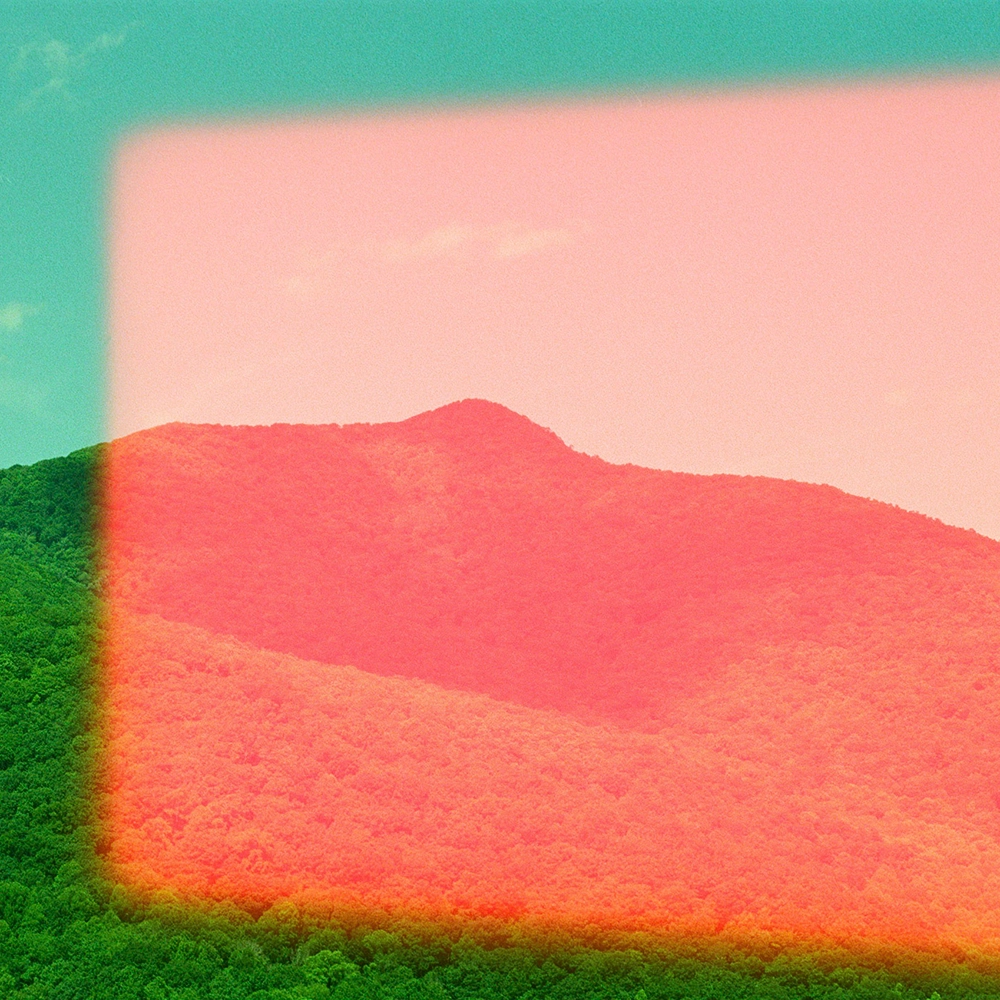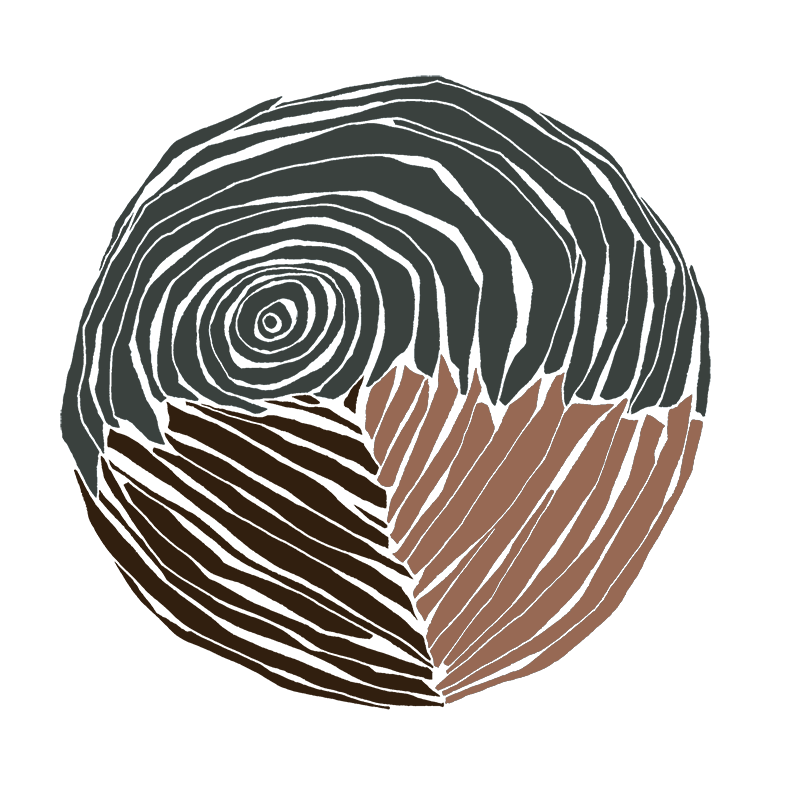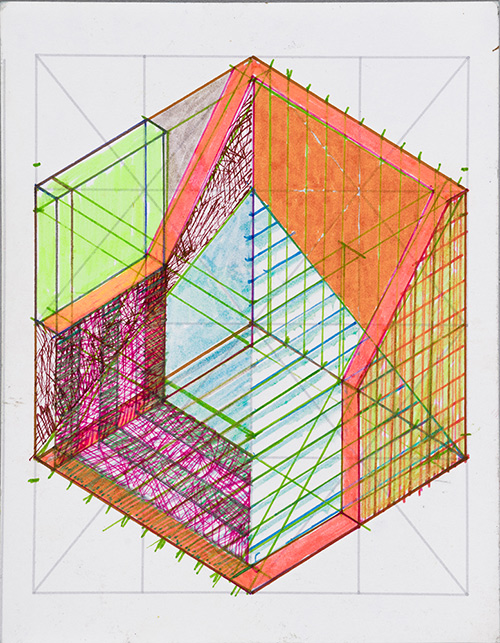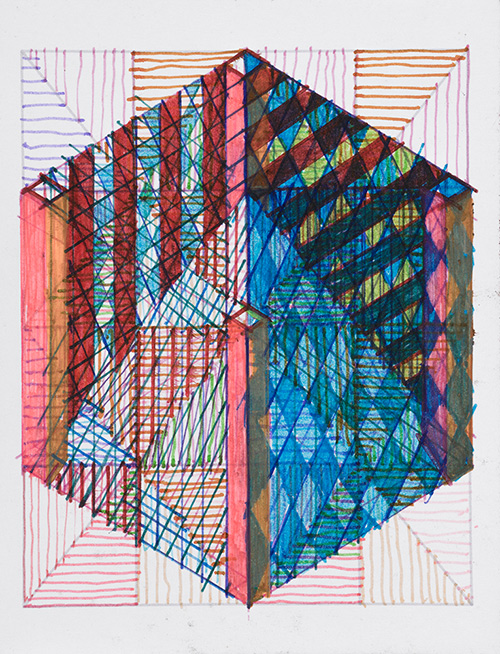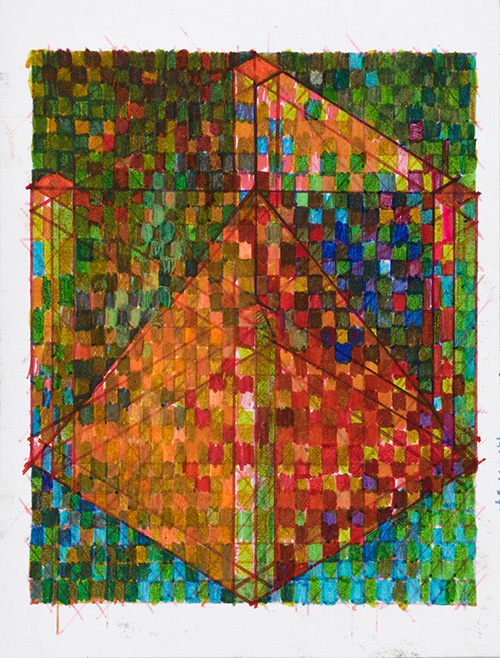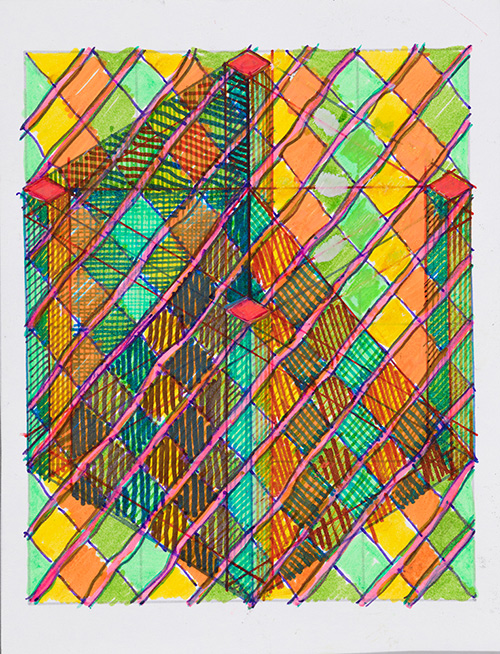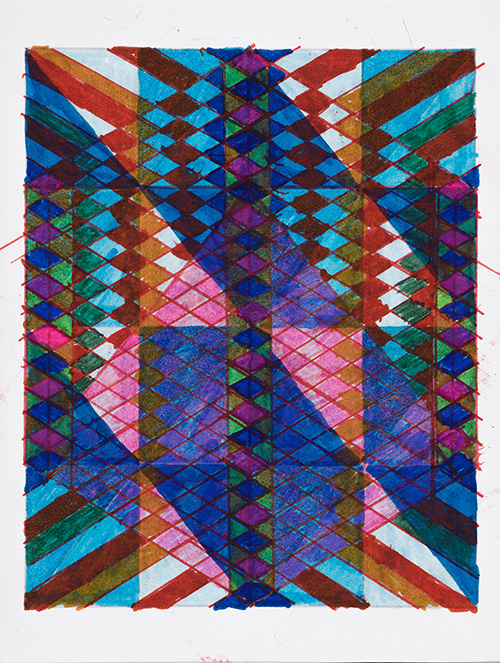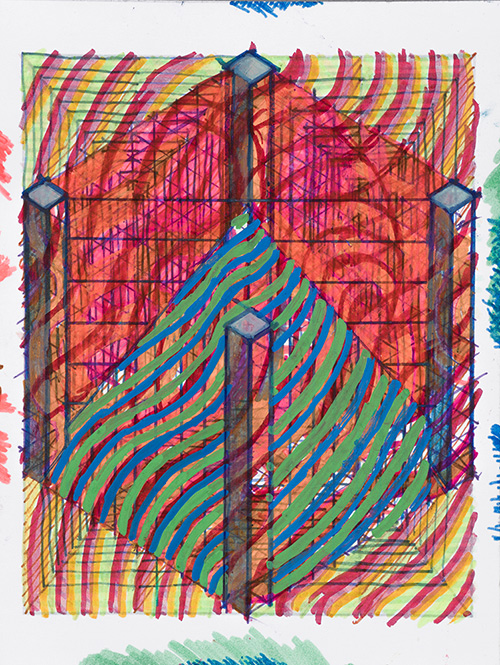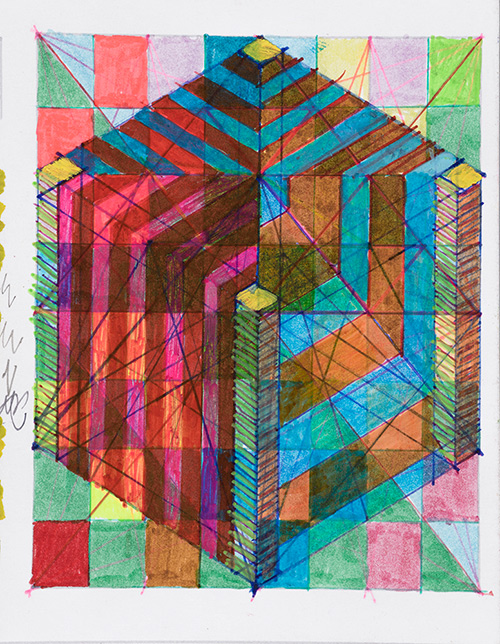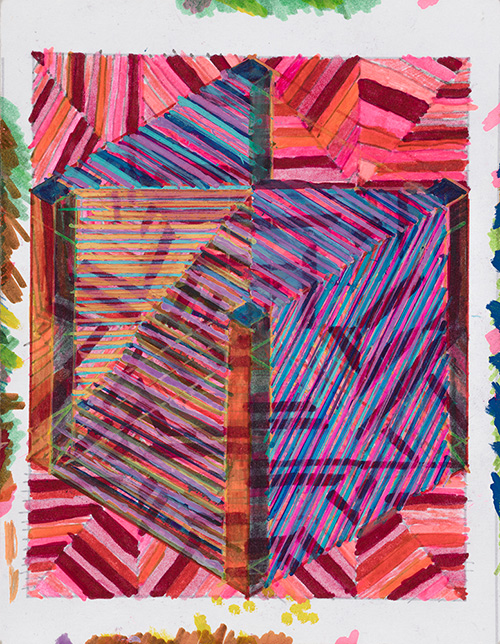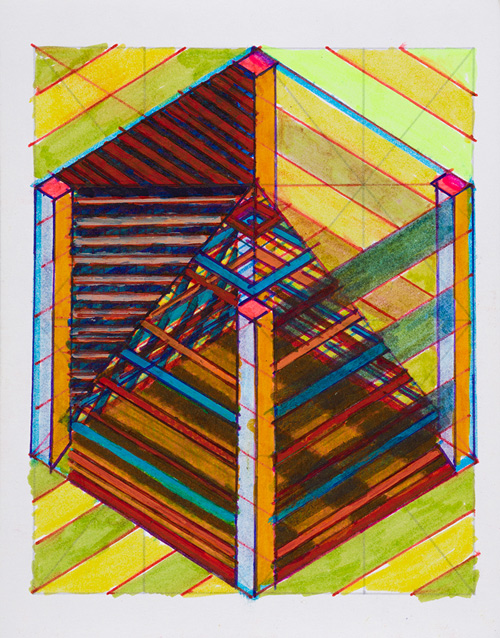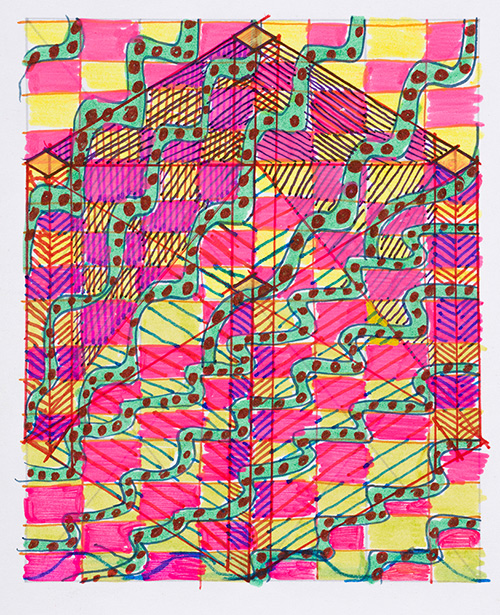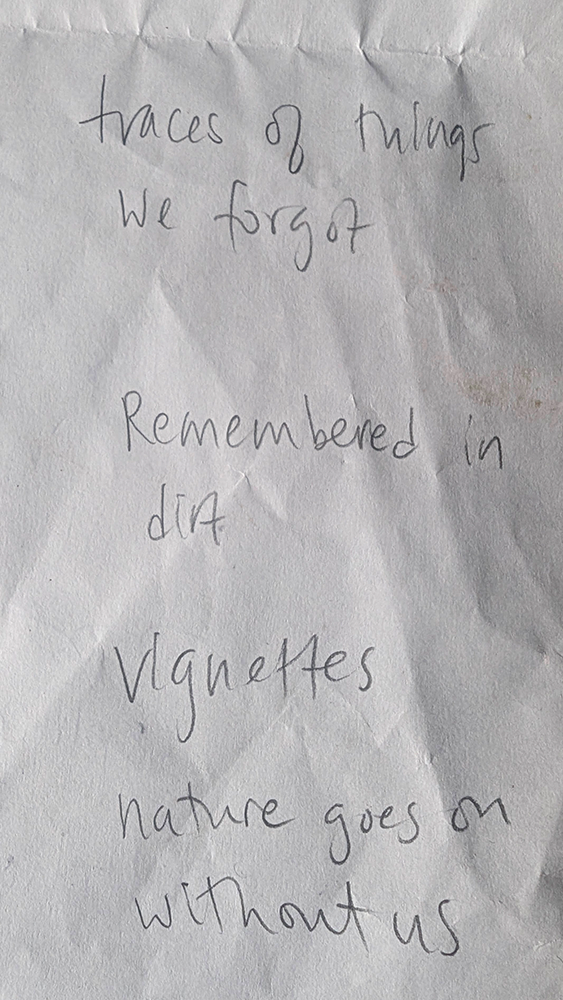


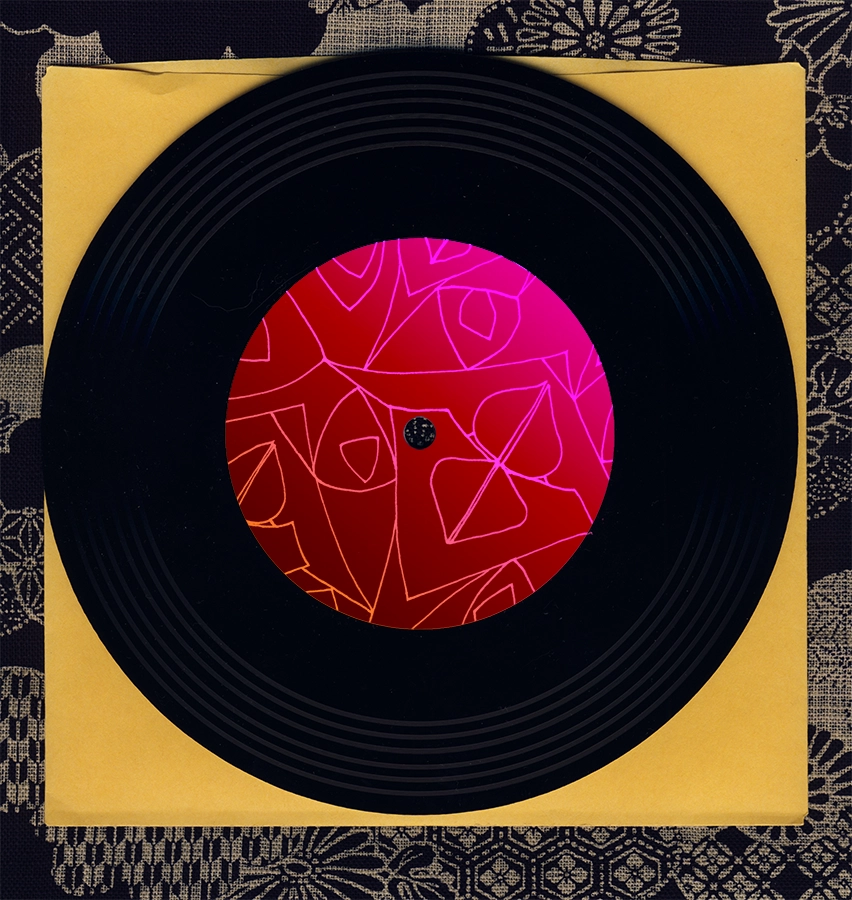

Jamie Kreher



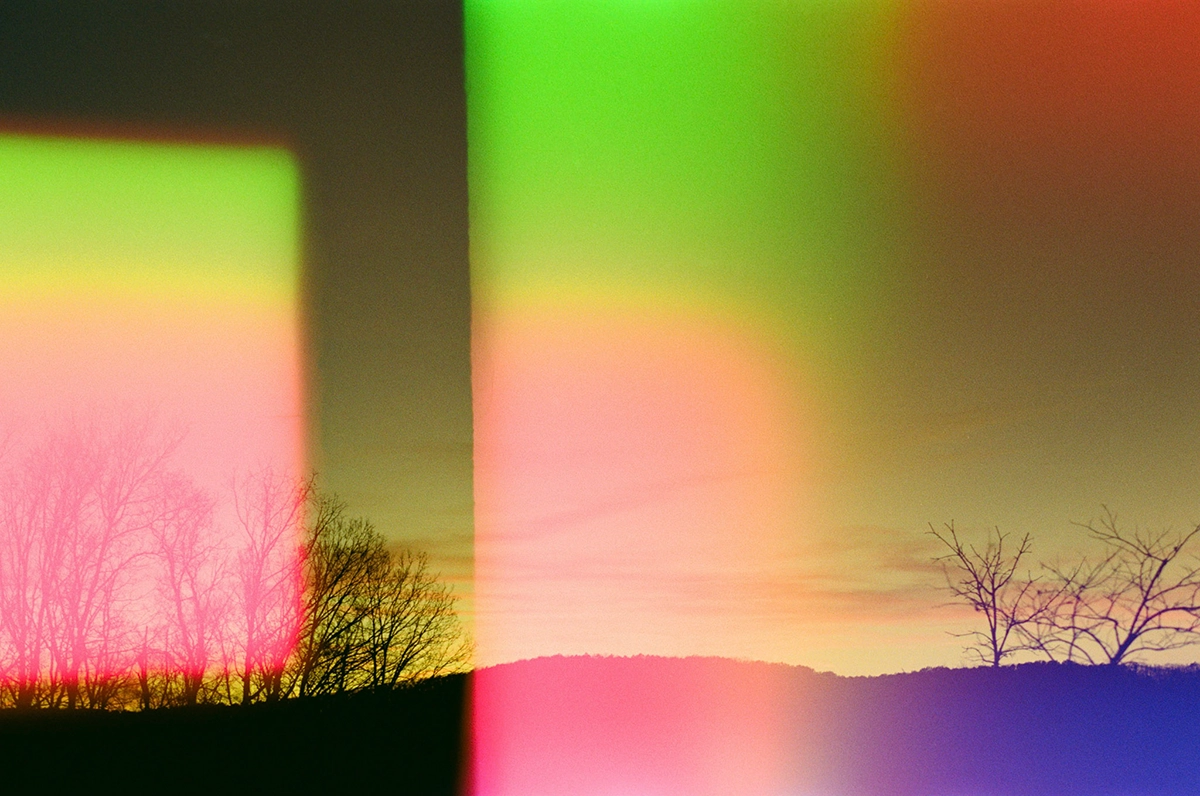
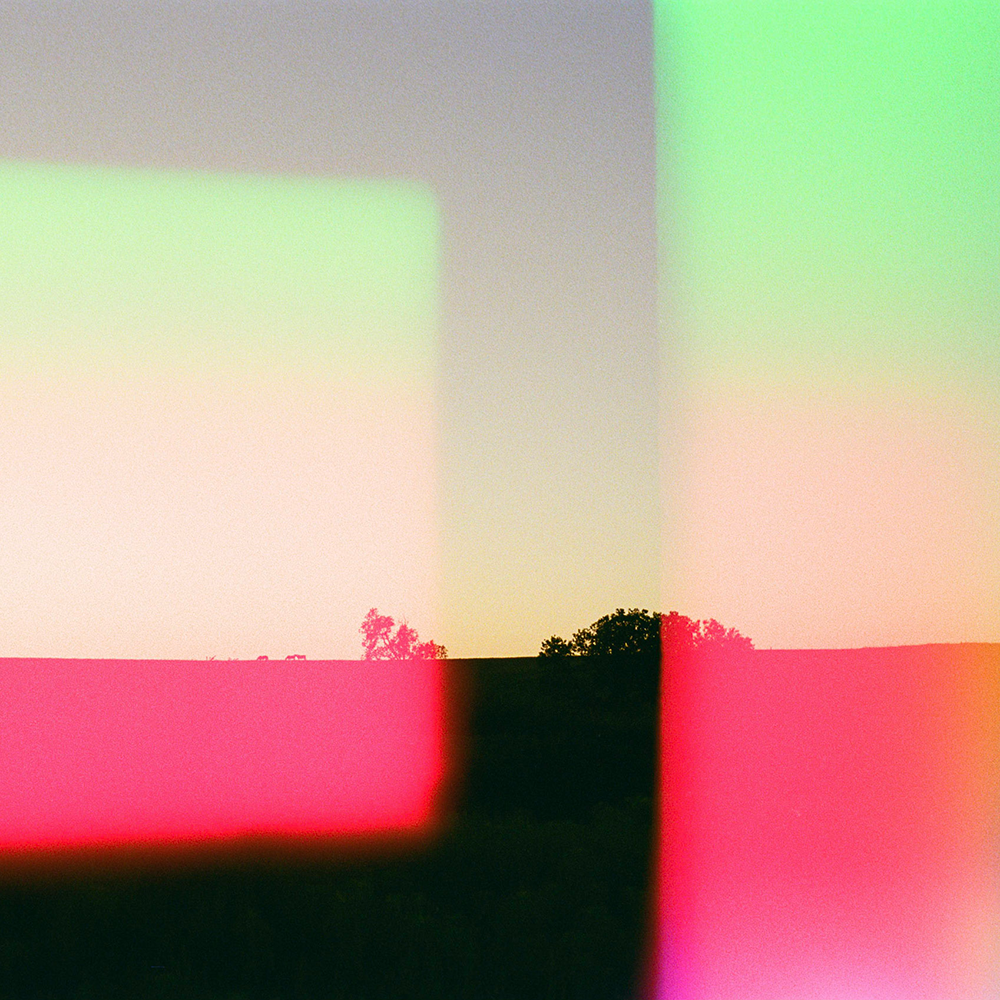
Tyler Blankenship
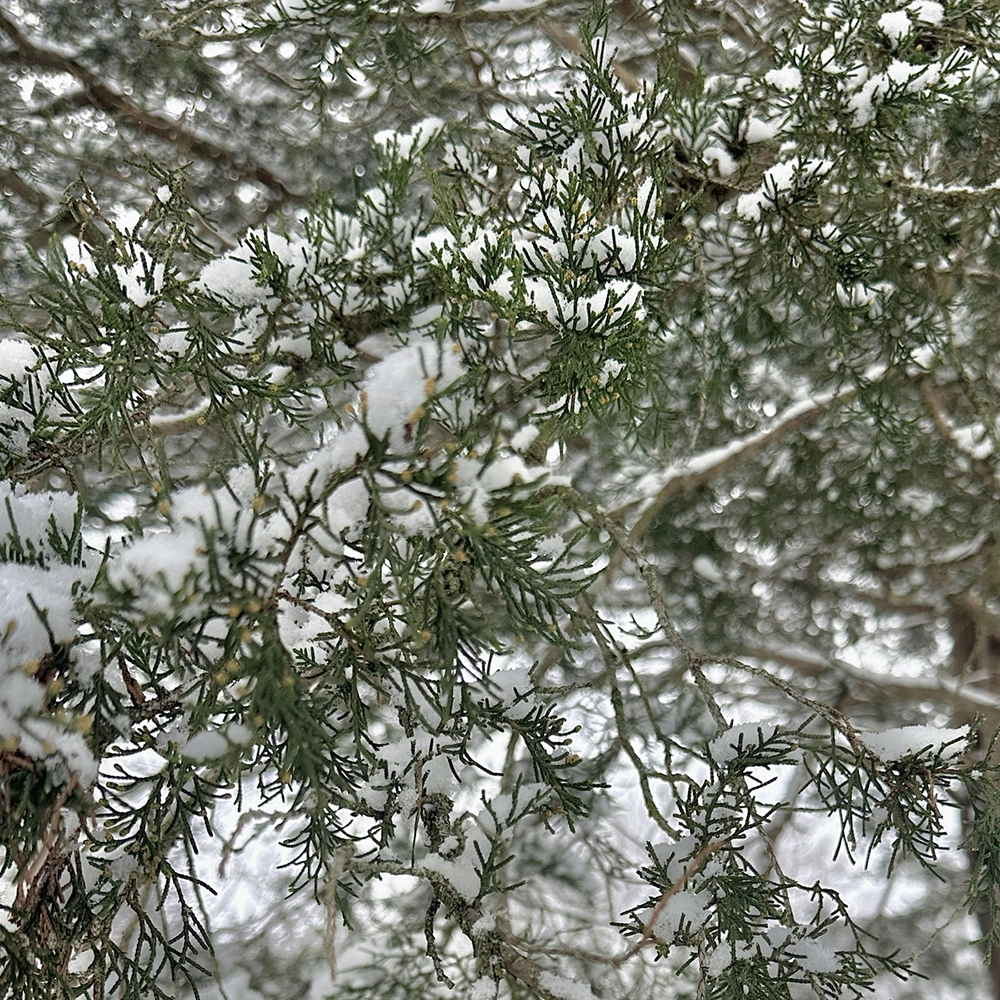
Albert Vass
As we walk through the gardens, we can reflect on how botanical growth in nature can mirror the growth around and inside of us. The pages below are selections from our exploratory book Dressing Shadows. The "Virtual Visceral" spread talks about growth and evolution on a sociological level, while the "Tree of Life" exposé talks about these same topics on a psychological one. The latter originated from an earlier architectural folly called "Estuary of Time" which is shown on the upper right of the sephirot tree diagram, whose underlying form also suggests the egg or seed of life. — Albert Vass
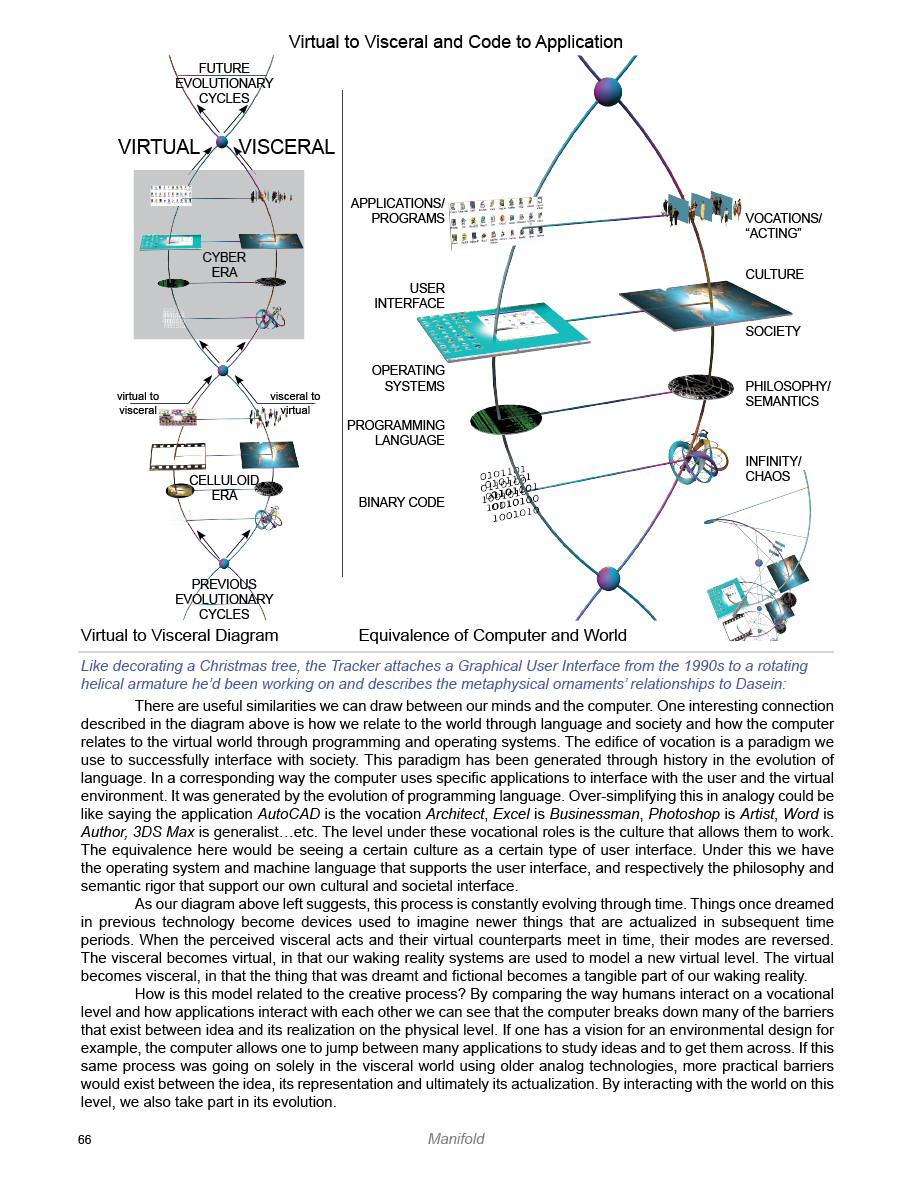
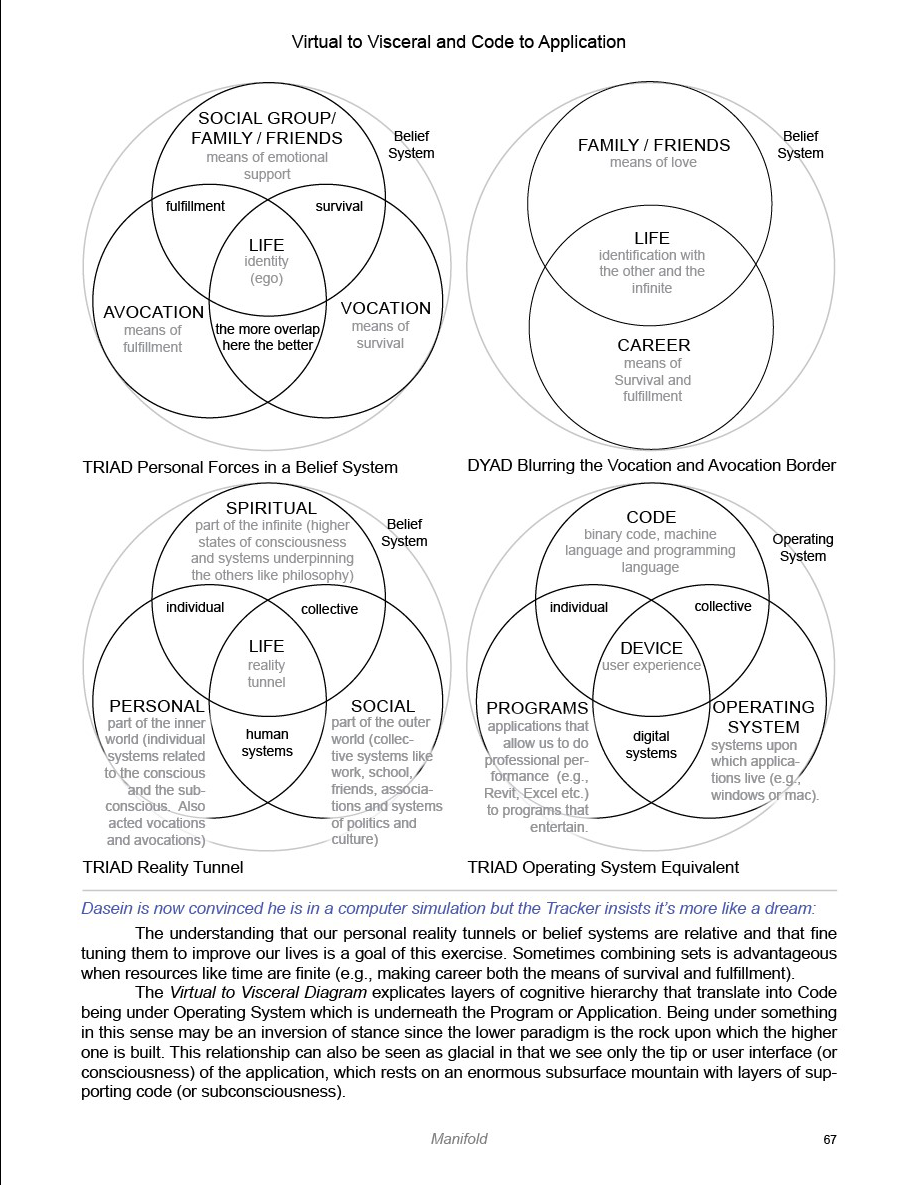
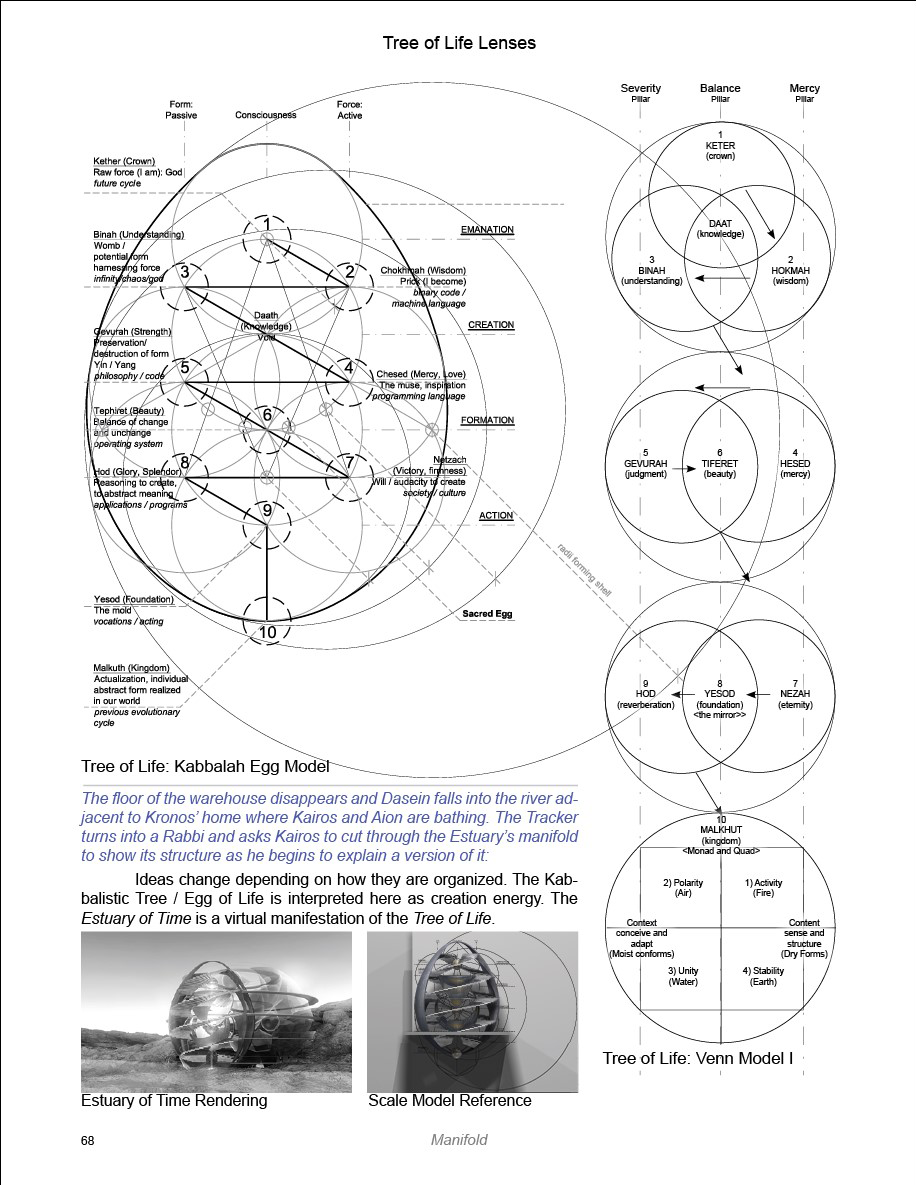
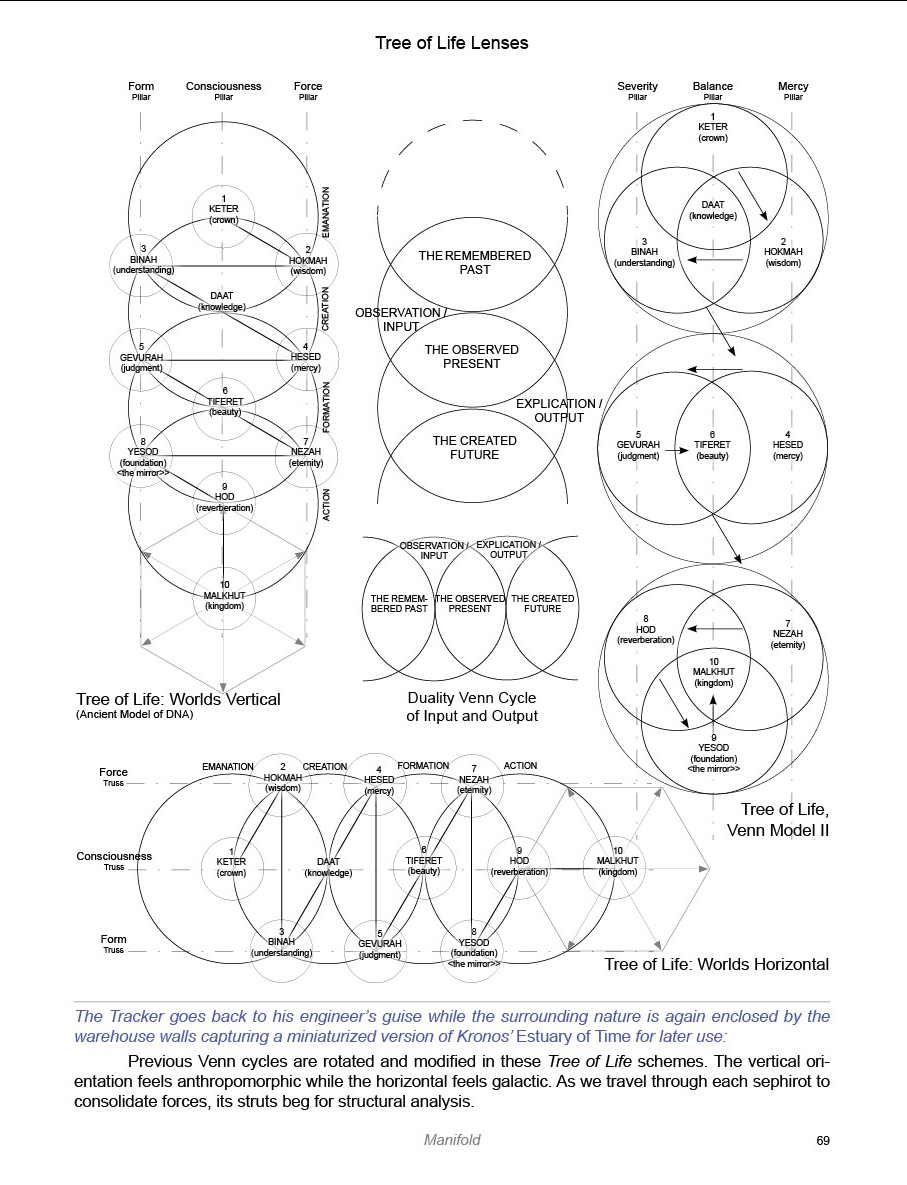
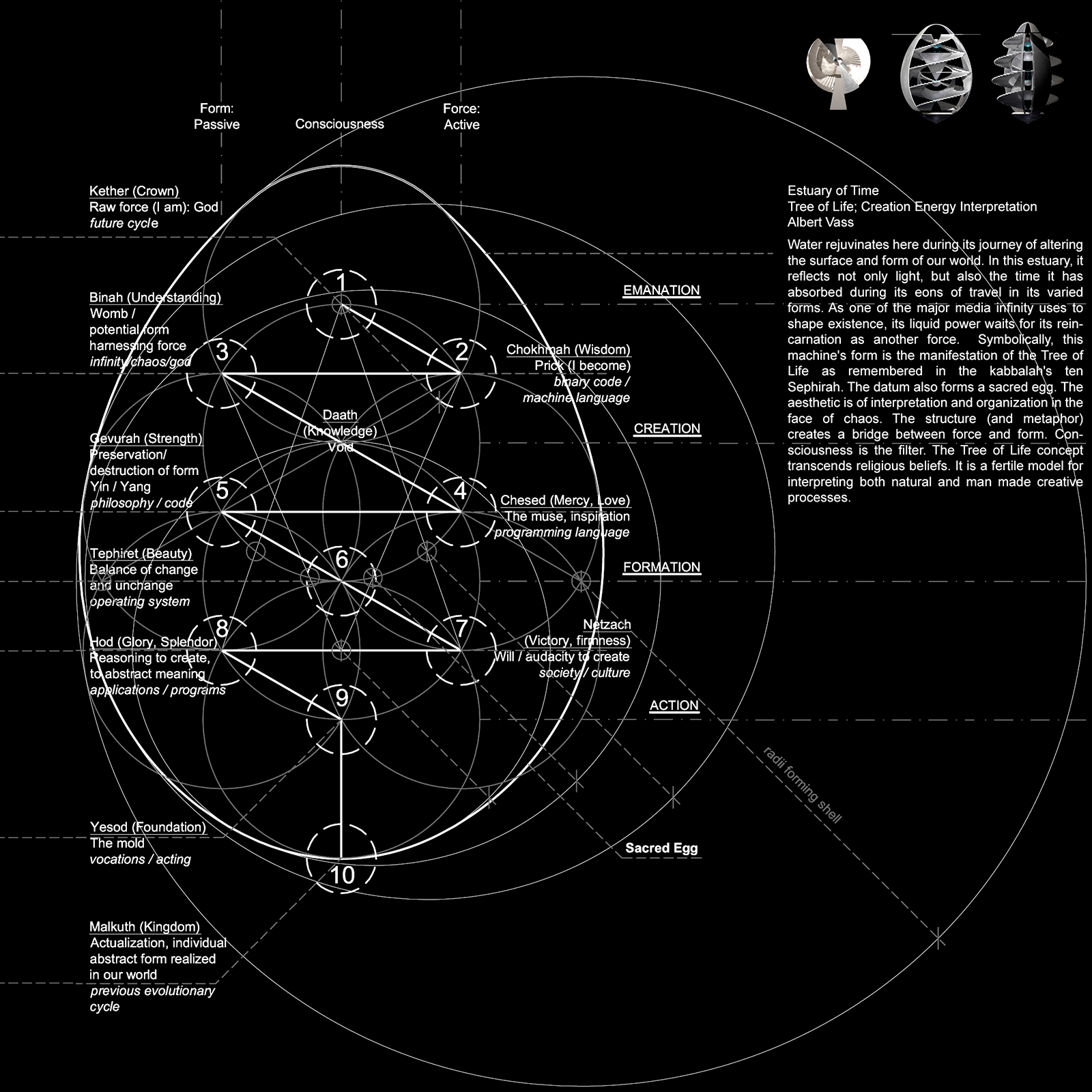
Whitney Johnson-Lessard
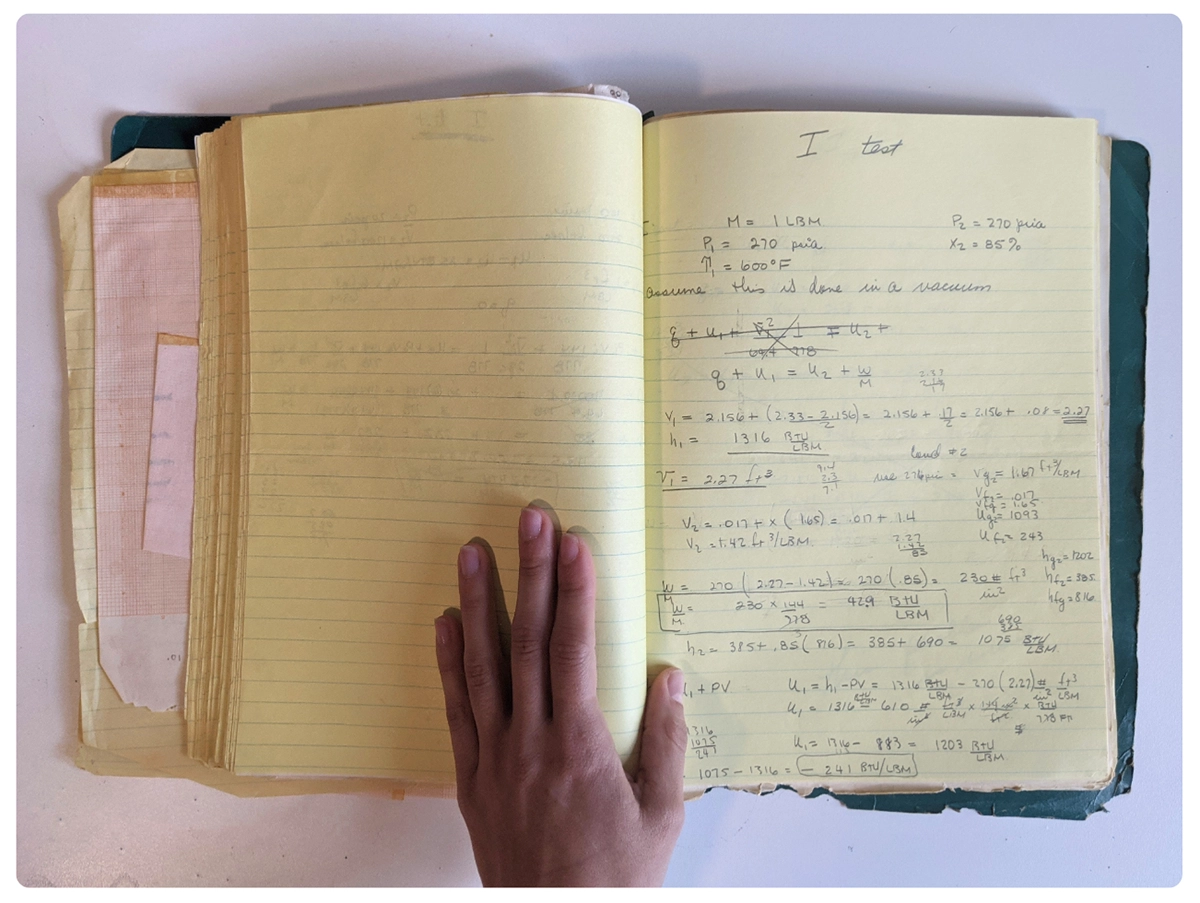


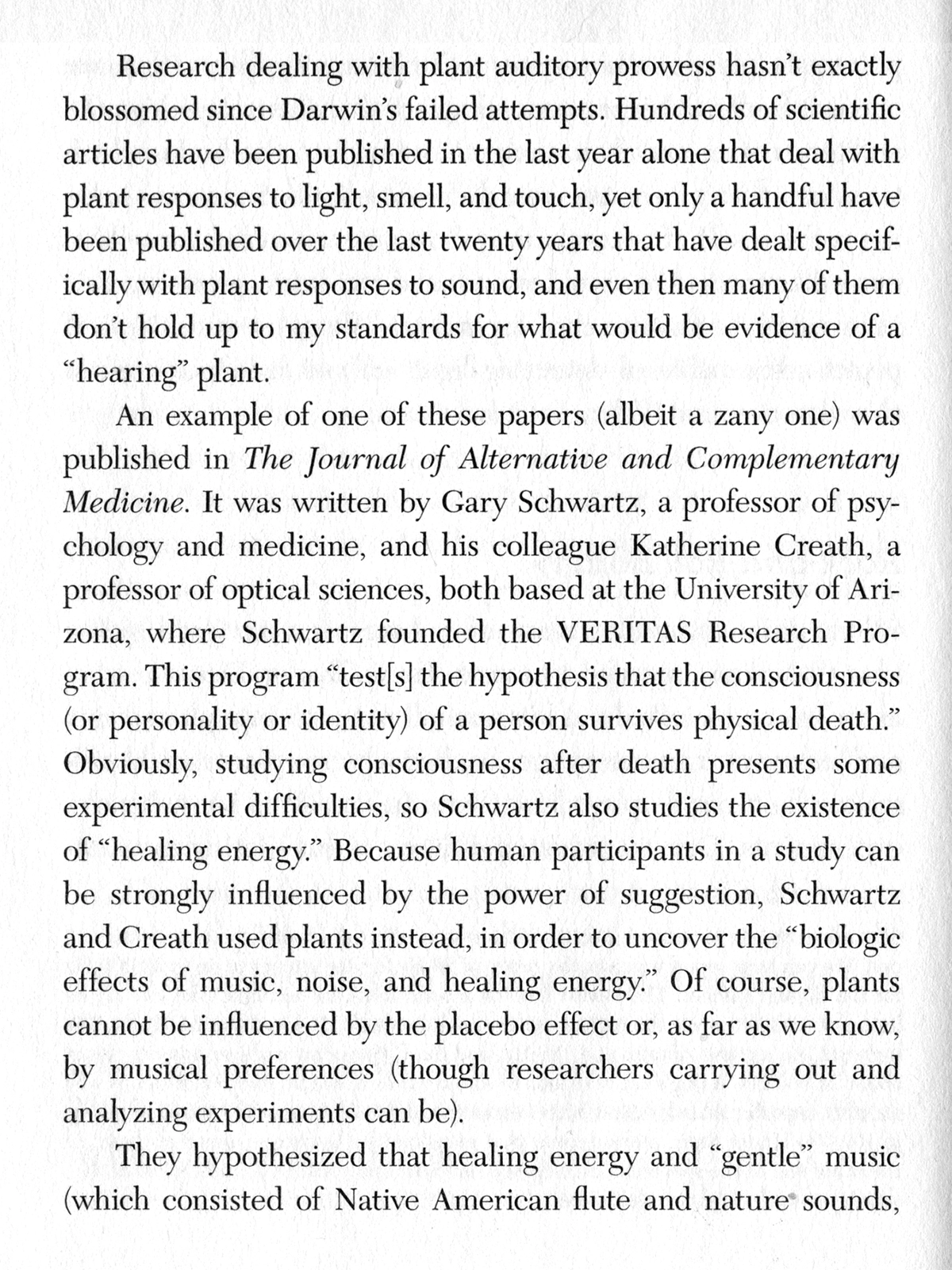
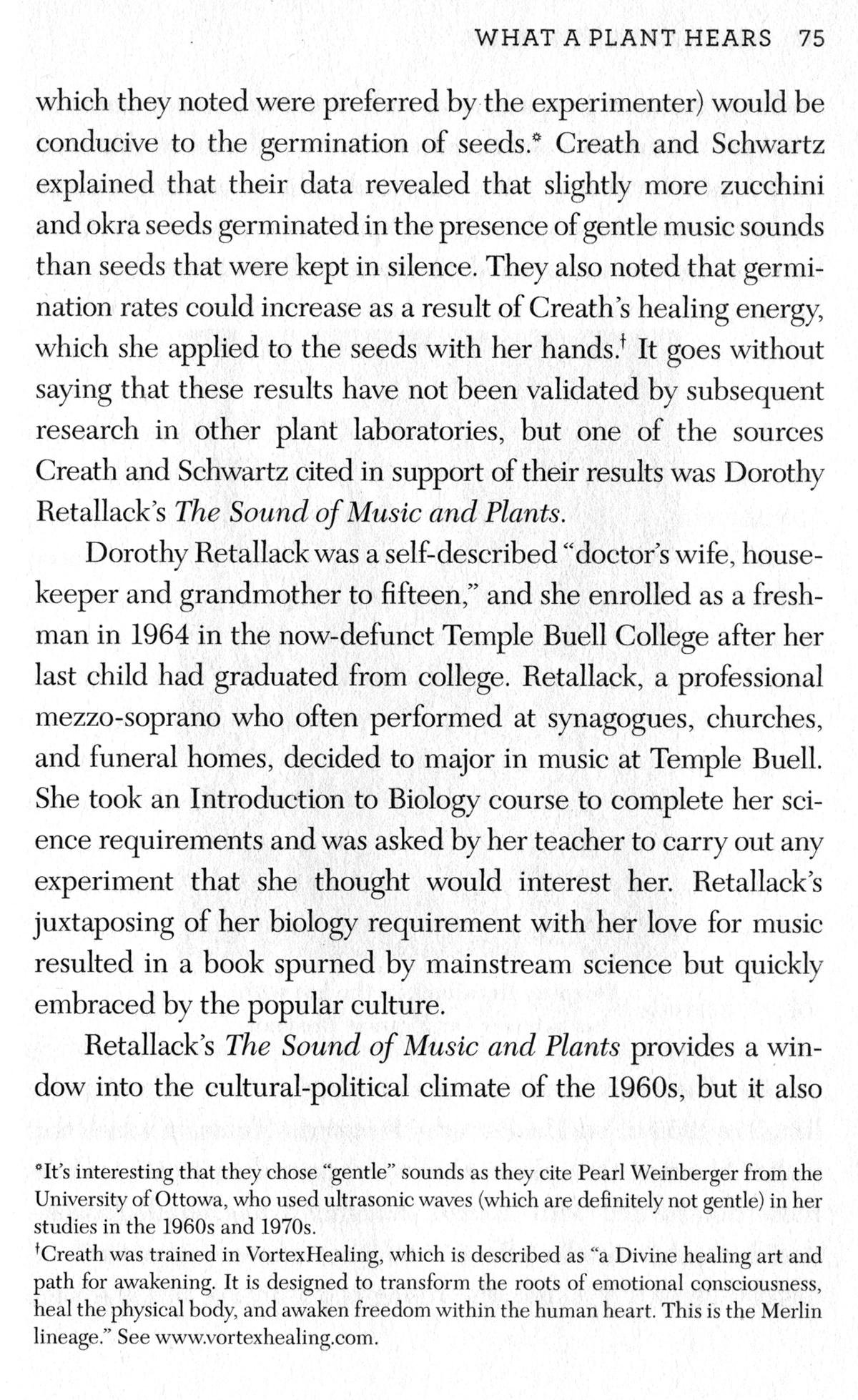

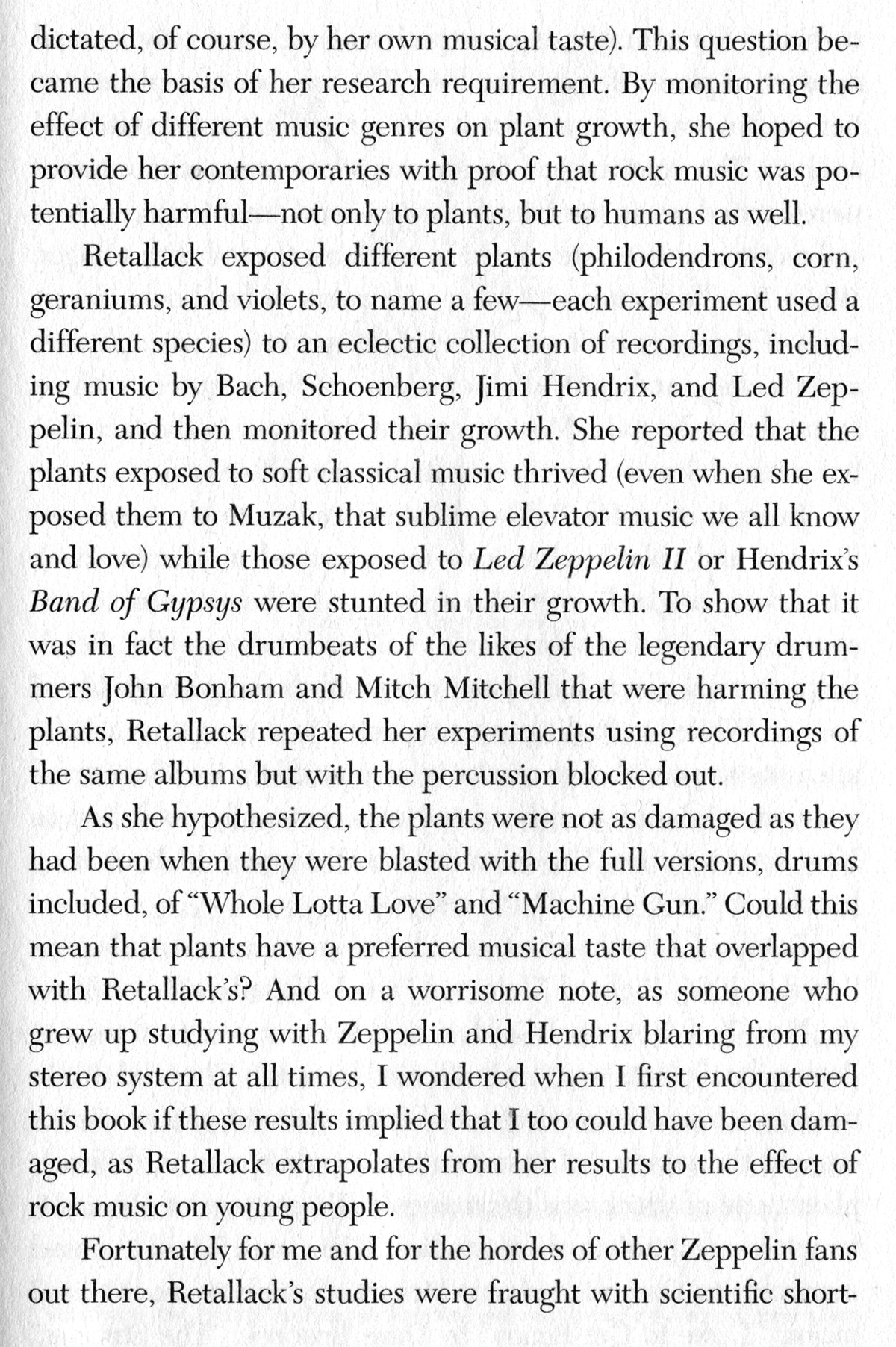
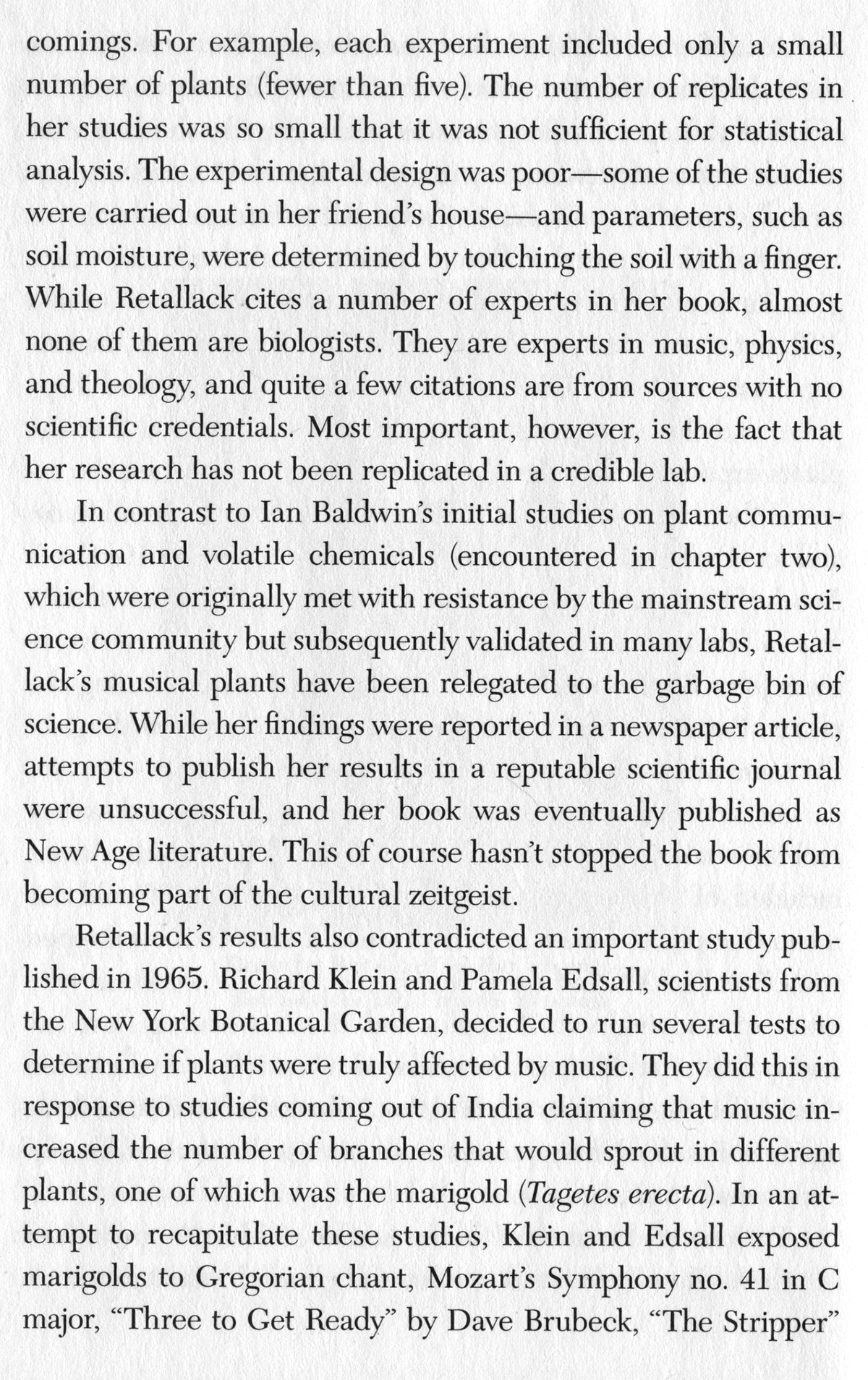
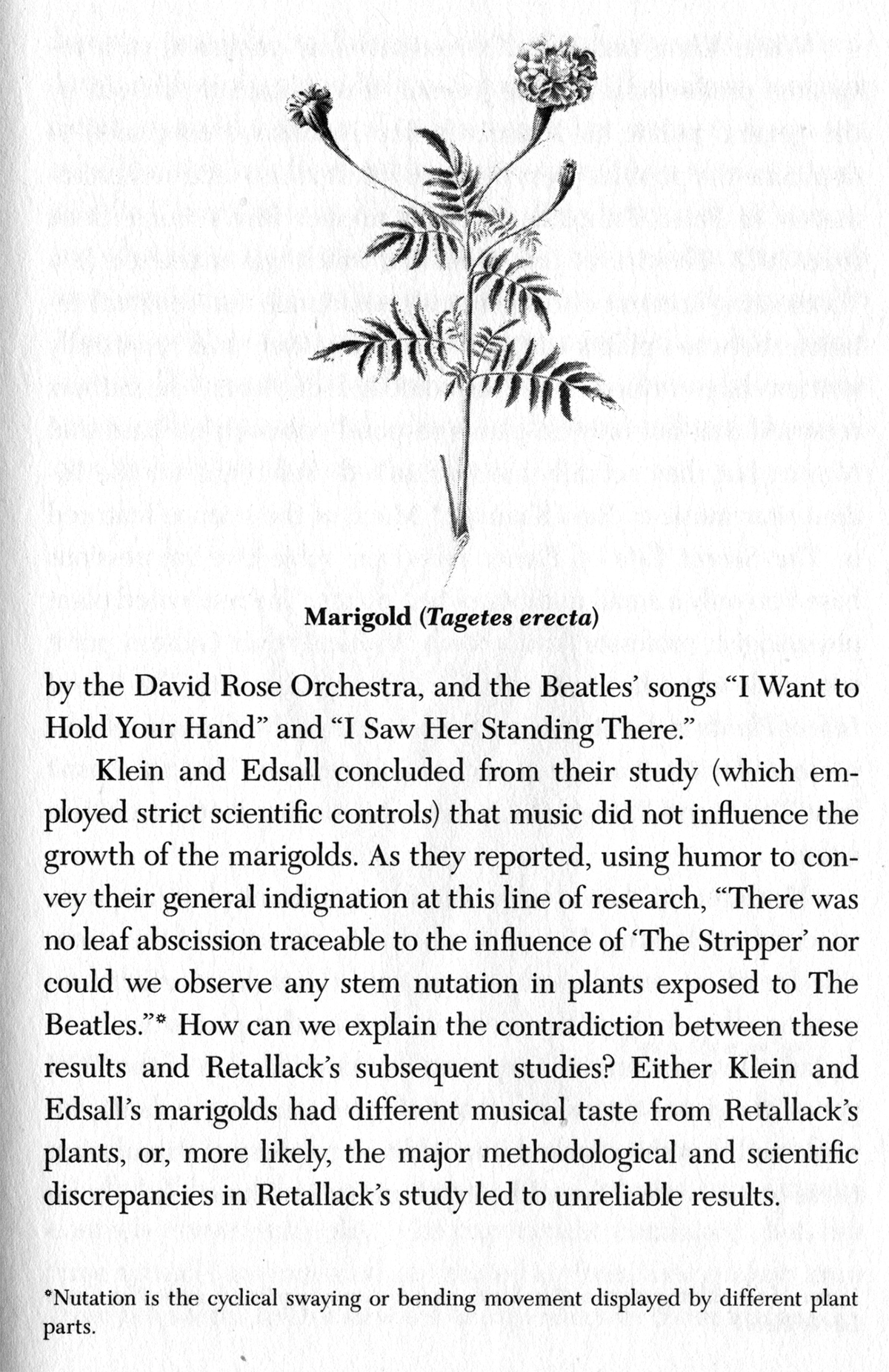
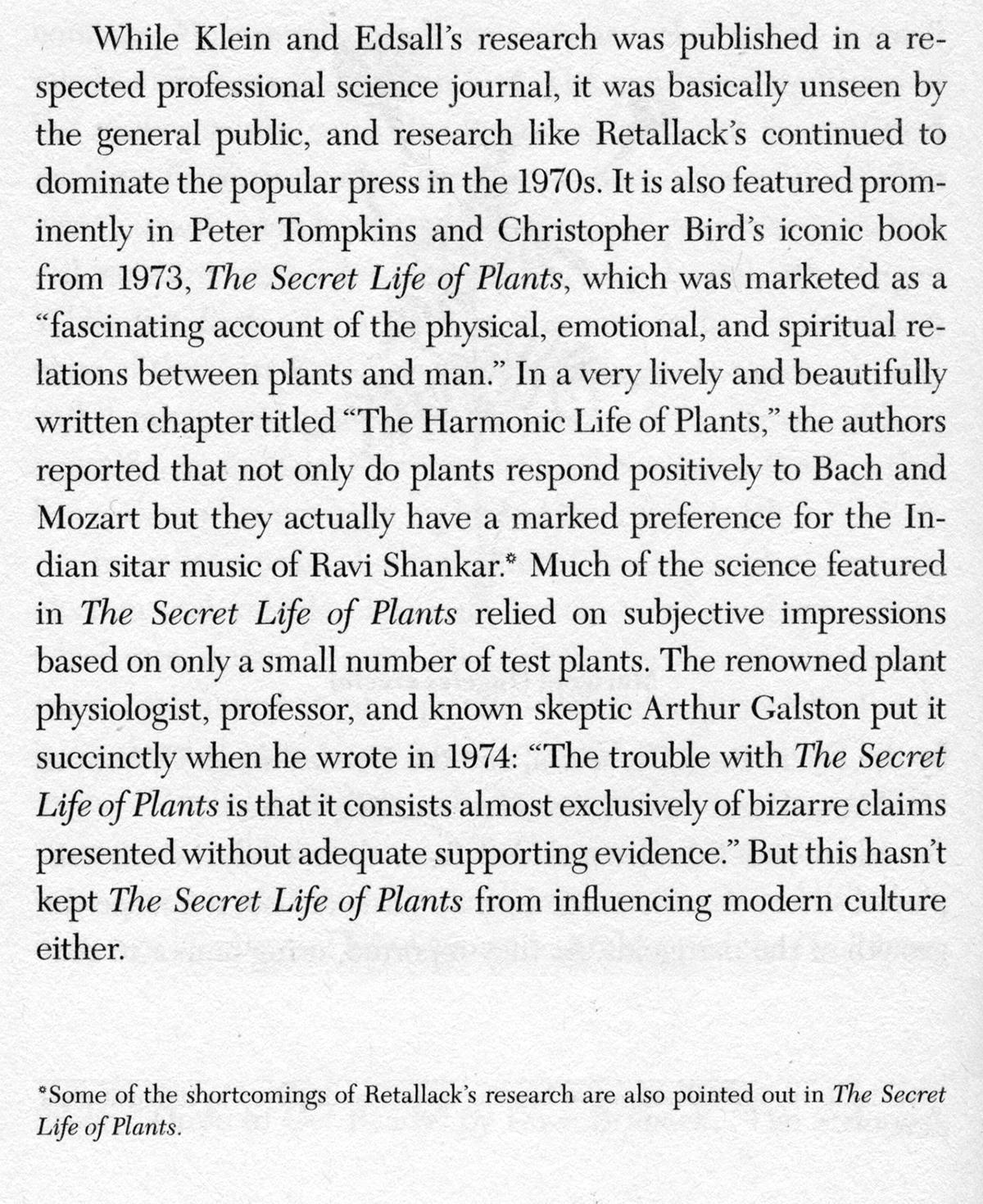
Petra Virtanen

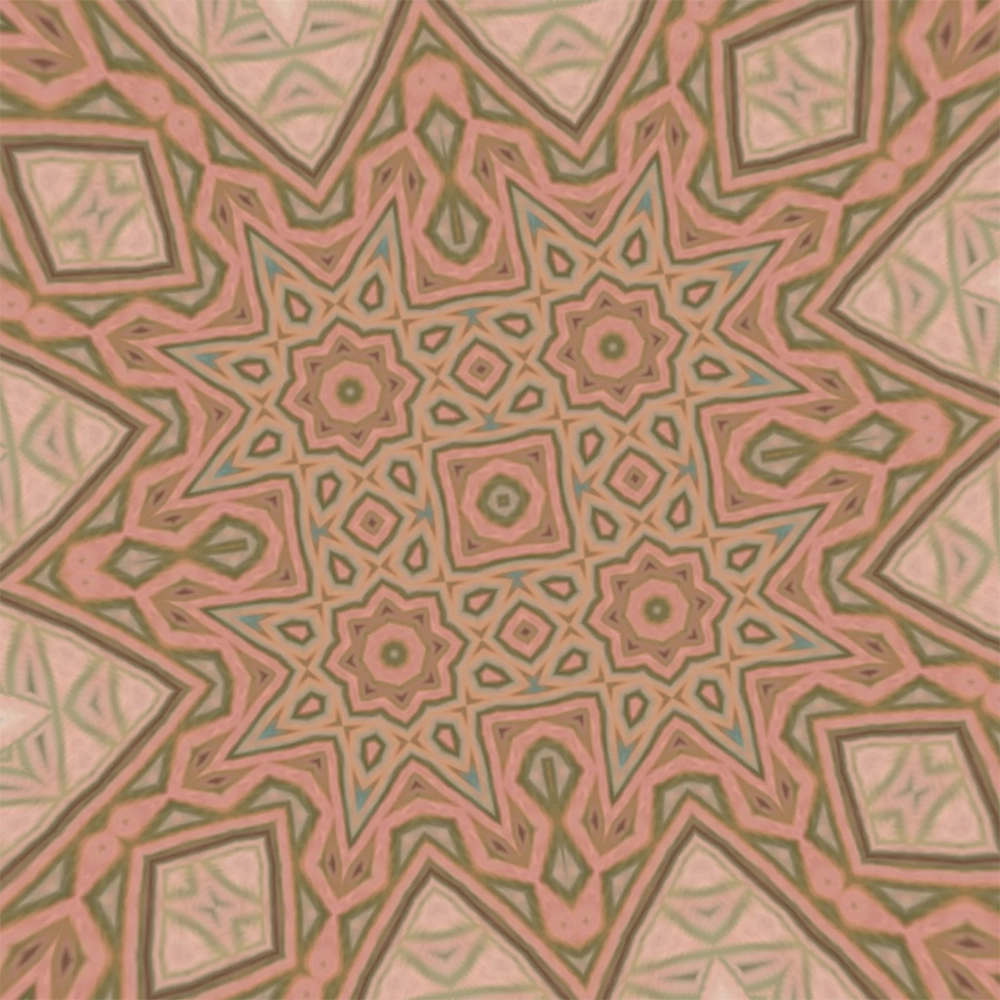
Cole Pierce
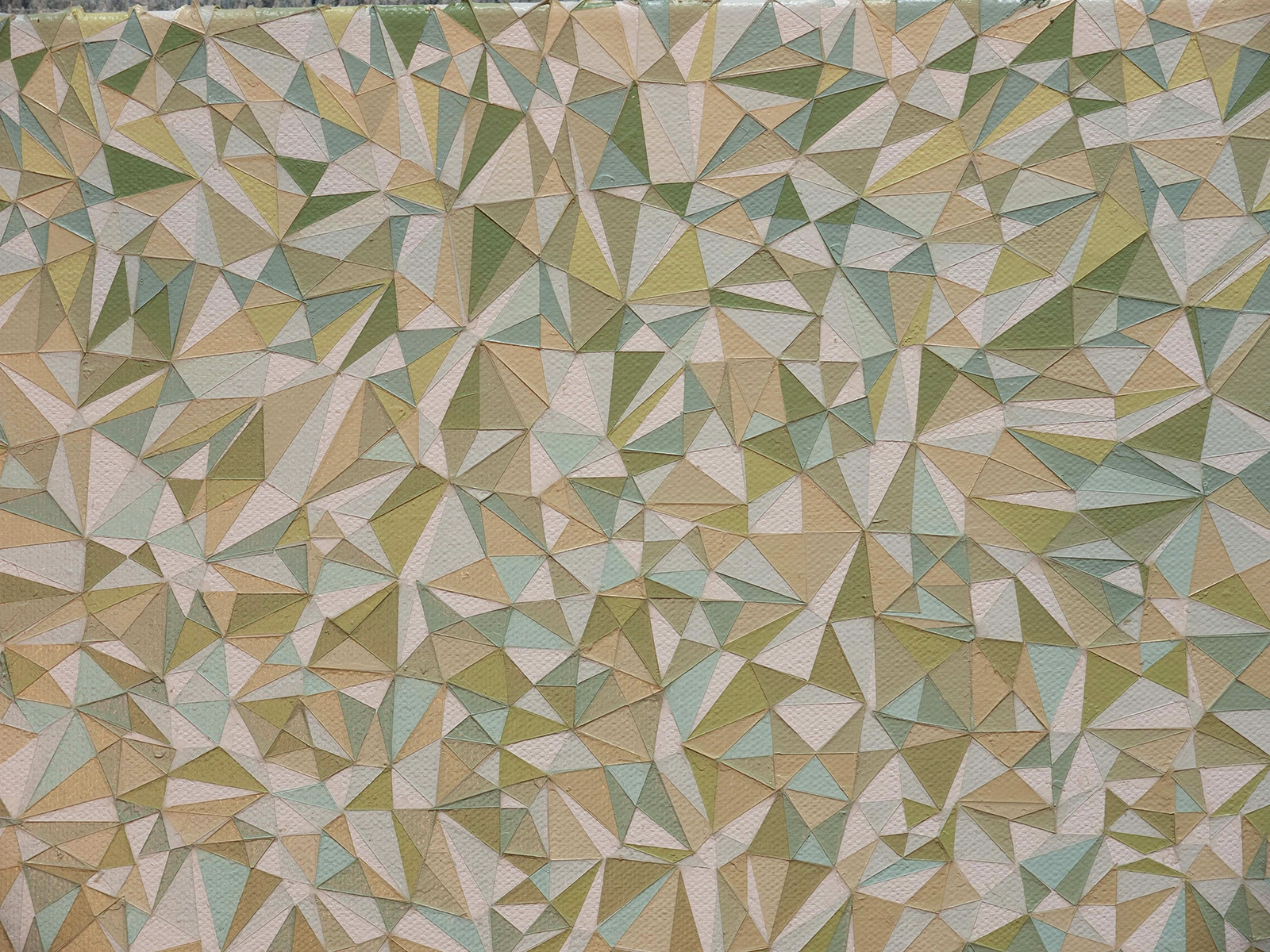
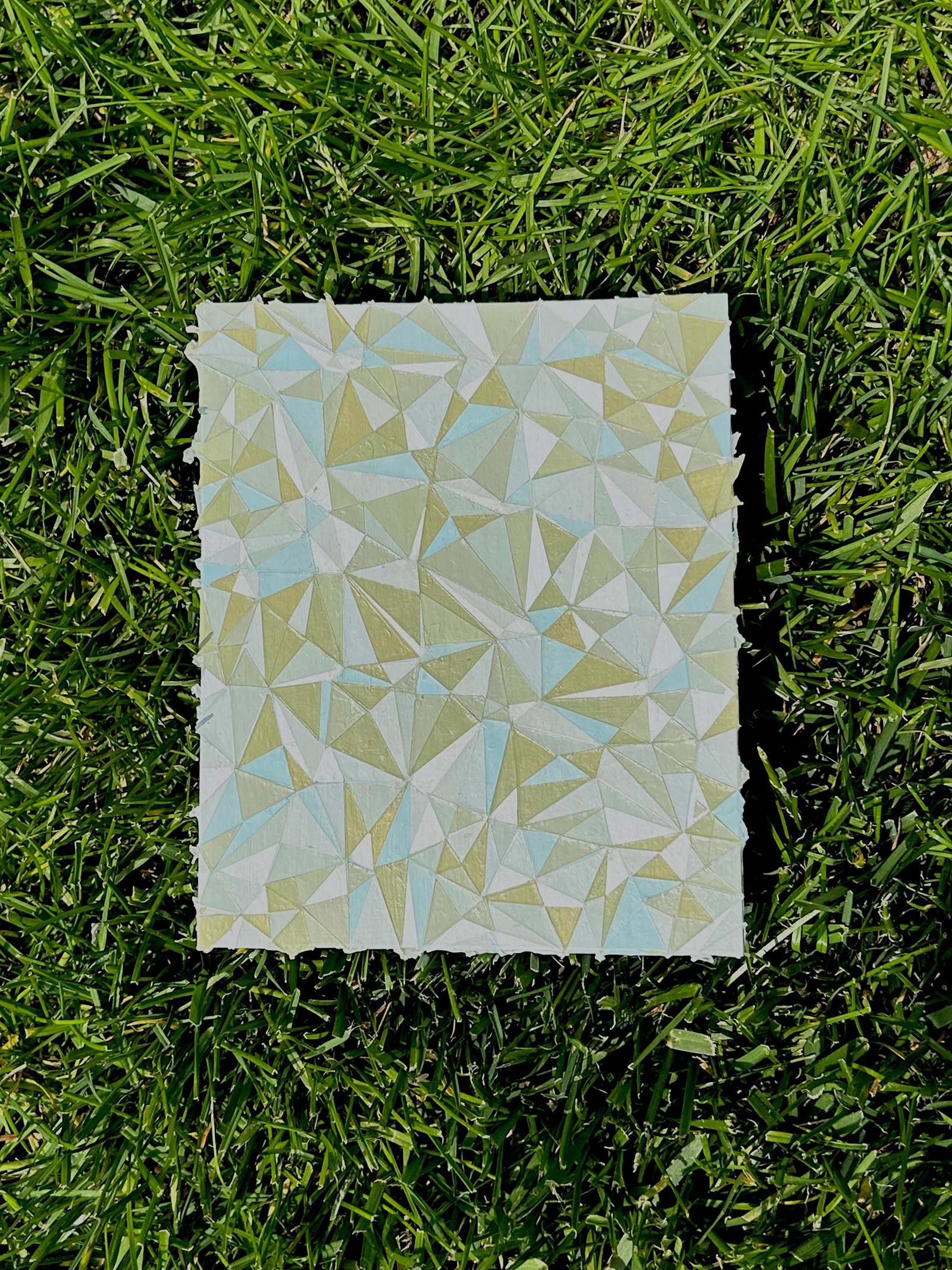
Keith Teleki
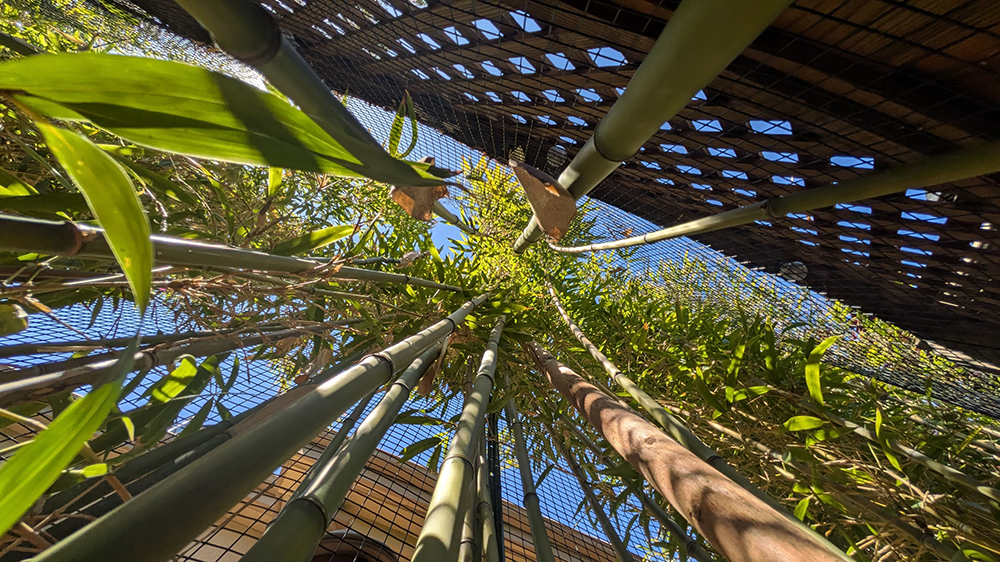
We put the bamboo in 3 years ago to attempt to block the apartment building next door and create more of an enclosed oasis. Then, the squirrels started to nibble at the new shoots. So, to battle the squirrels, I built the 8ft tall wire enclosure with removable chicken wire top.
This years addition is trying to get the mold in certain areas of the planter bed to go away. It could be as simple as better soil drainage at the bottom of the planter.

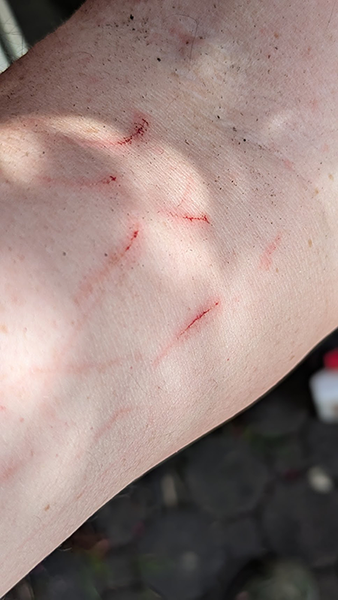

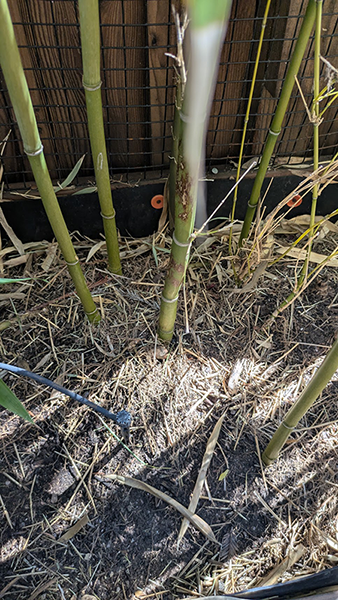
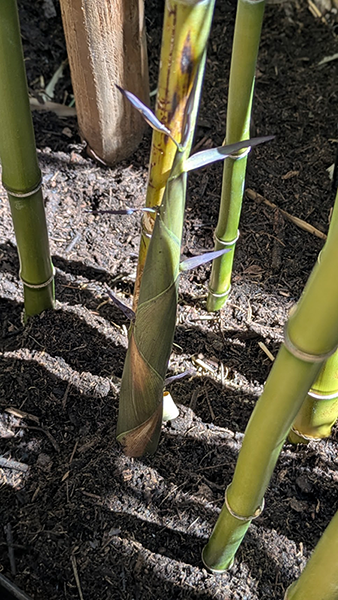
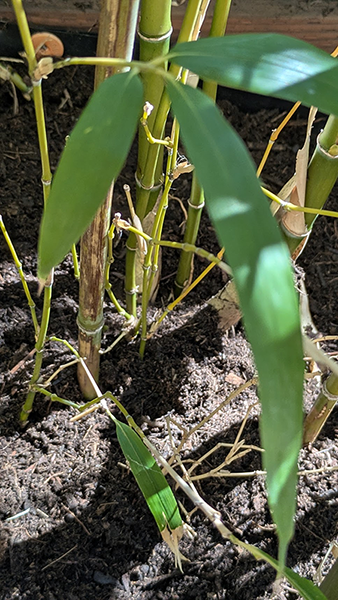
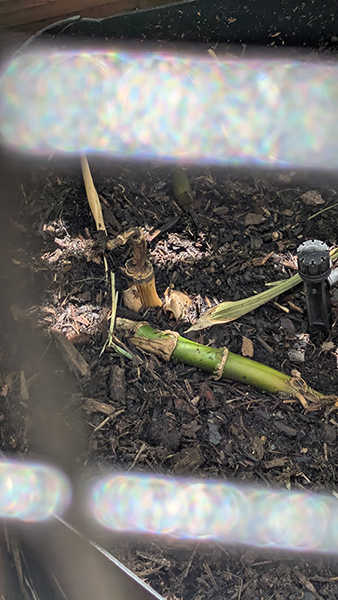
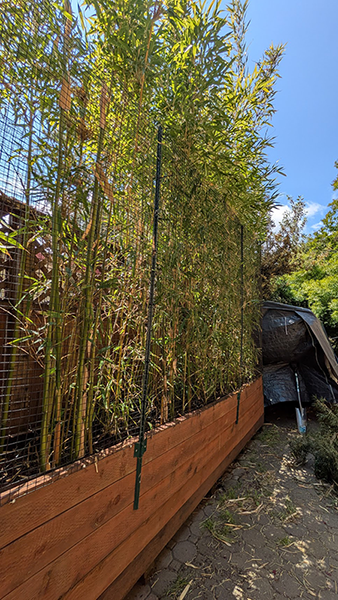
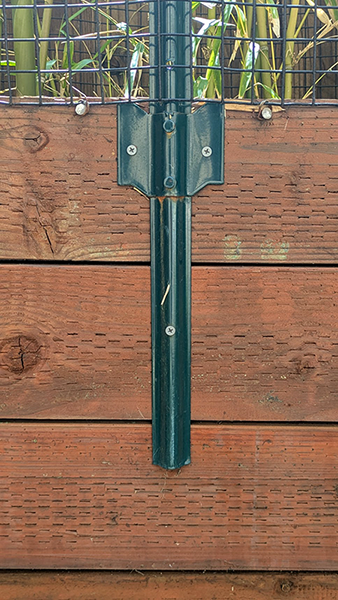
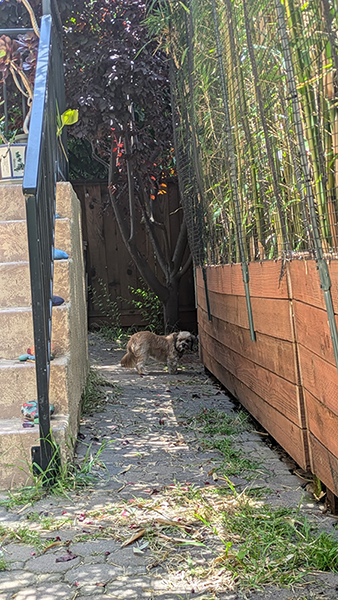
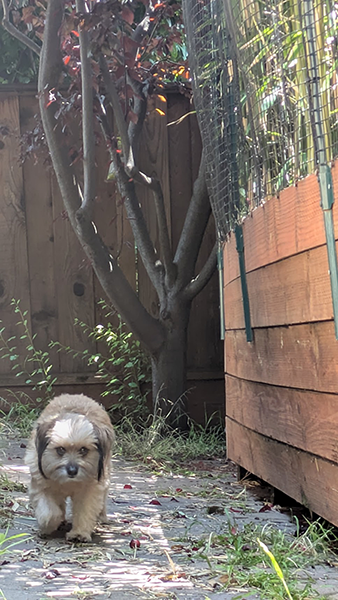
Nancy Lu Rosenheim
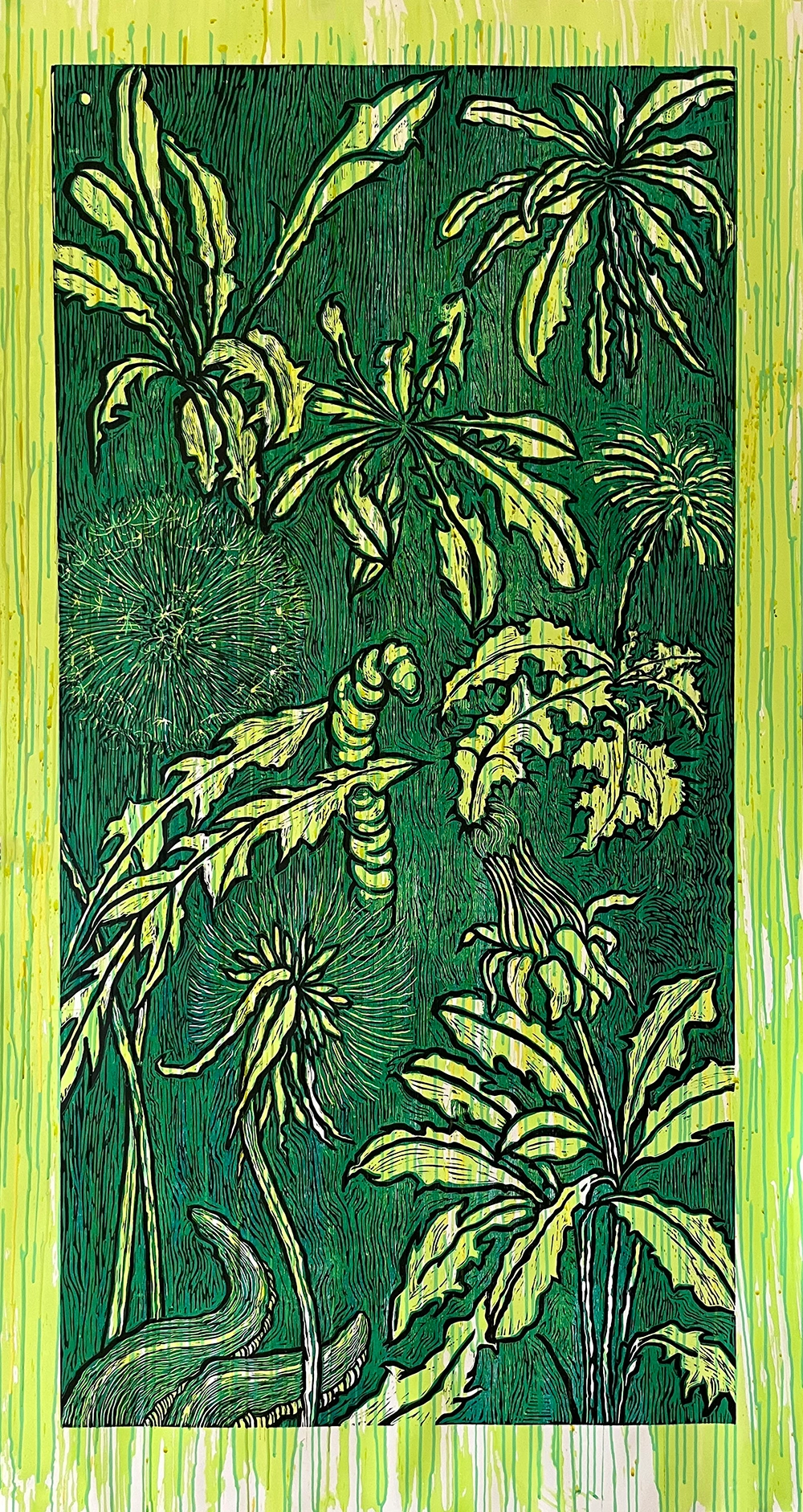
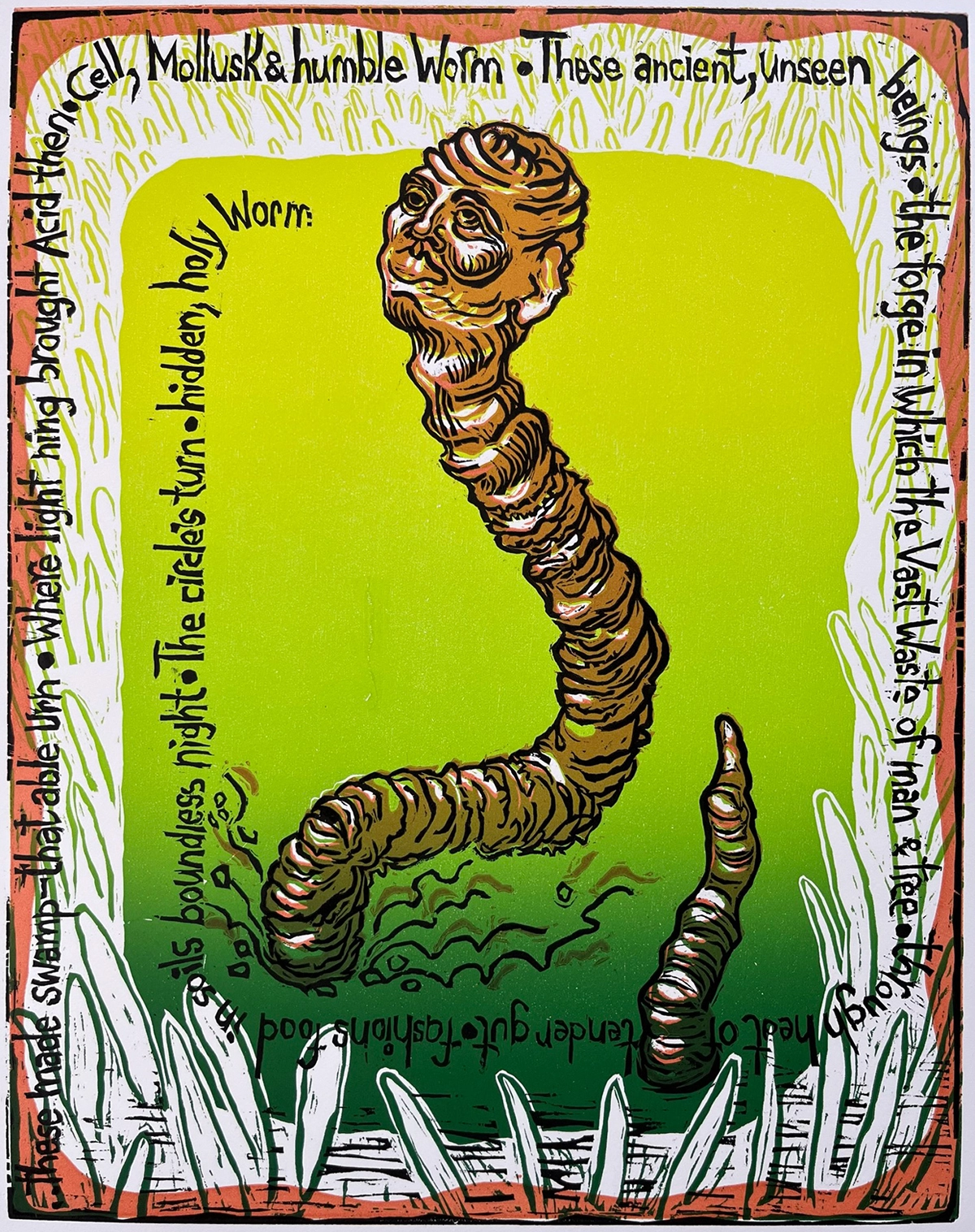
First there was Earth and Water
and these made Swamp—that able urn
where lightening brought Acid then
Cell, Mollusk and humble Worm
These ancient, unseen beings
the forge in which the vast waste of man and tree
through heat of tender gut
fashions food in soil's boundless night
The circle's turn
hidden, holy Worm
— David John Rosenheim
Catie Olson
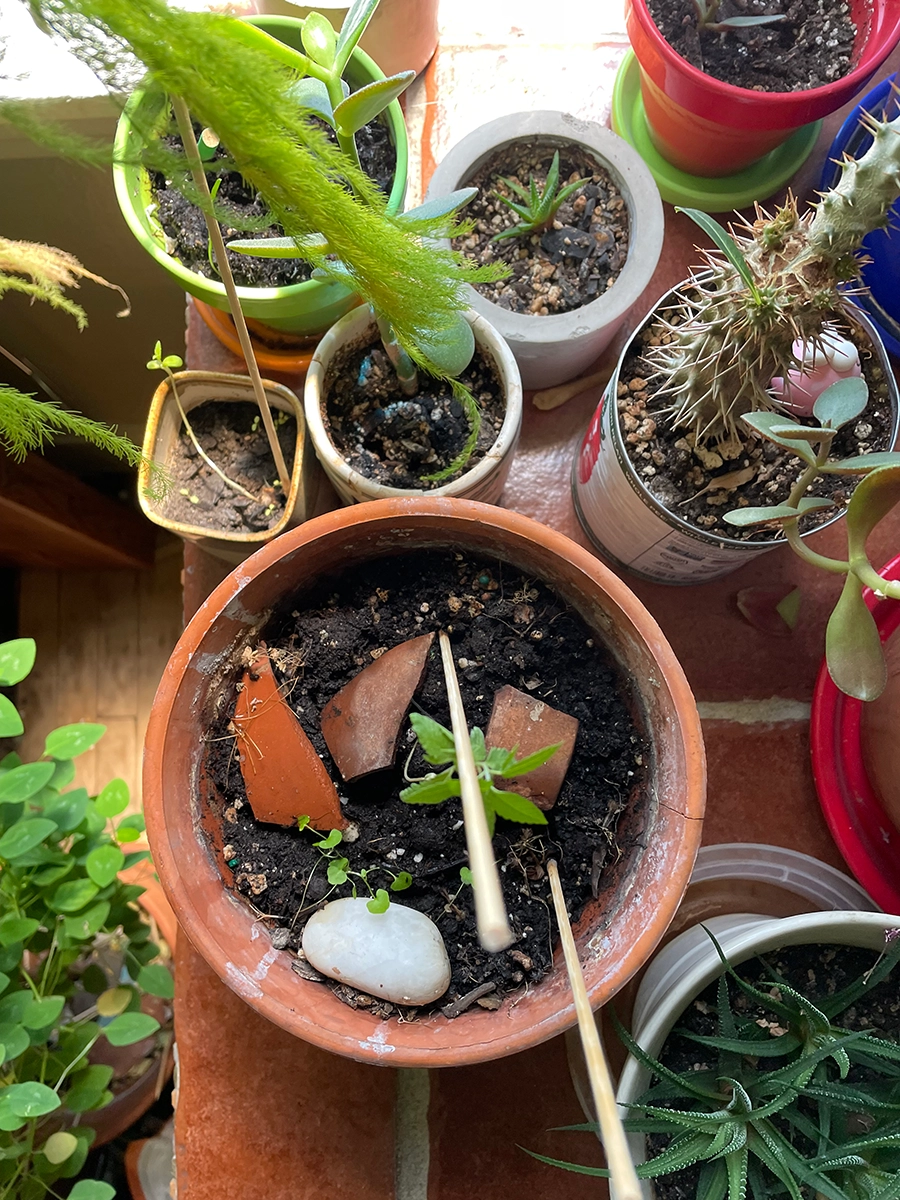
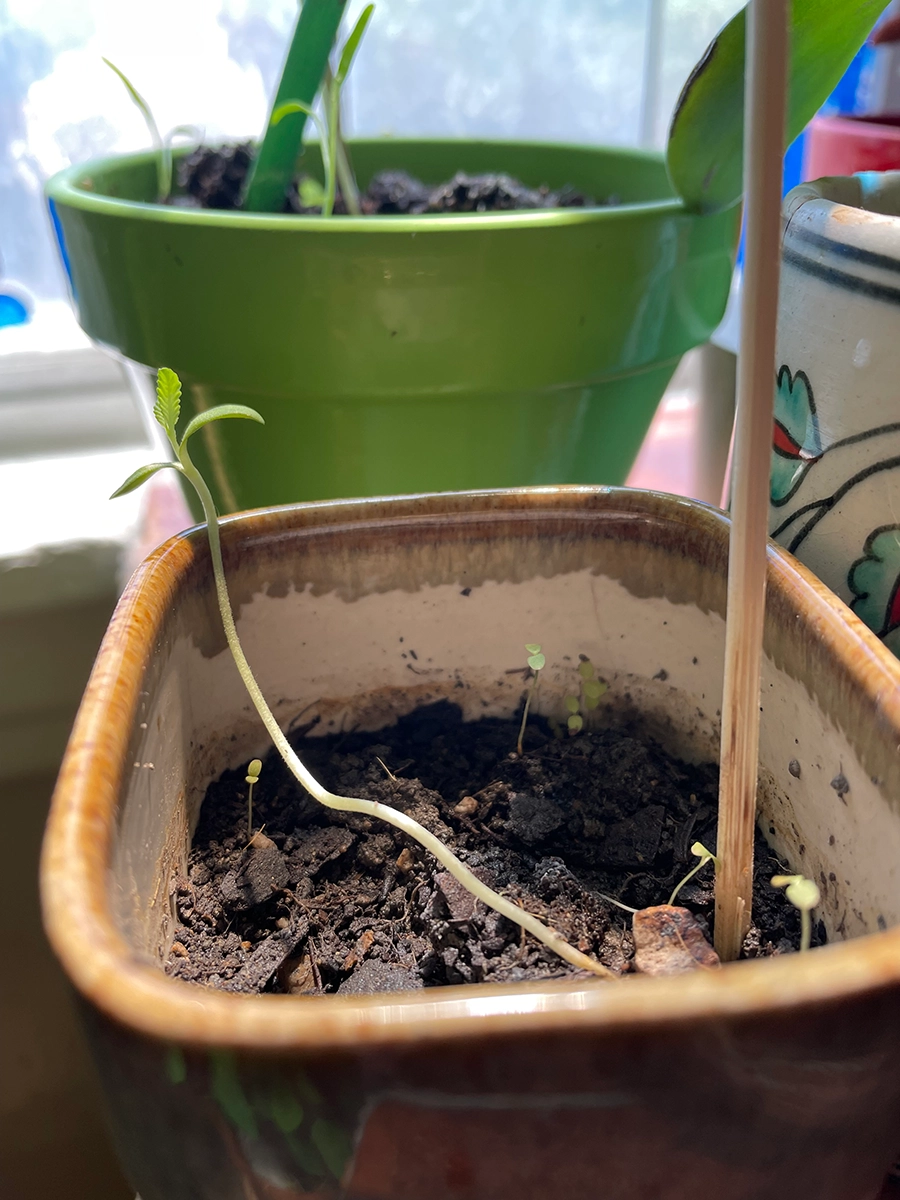
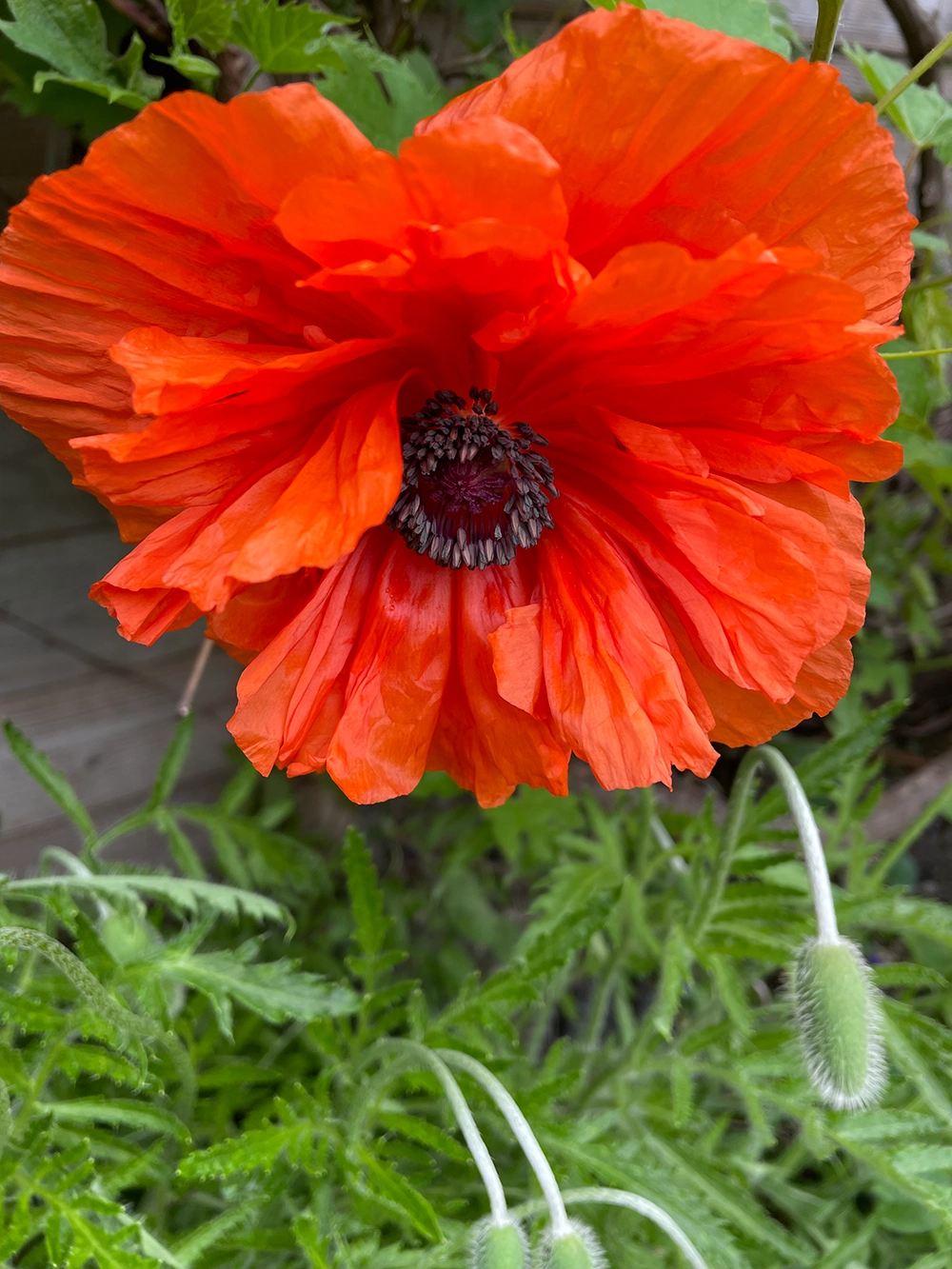
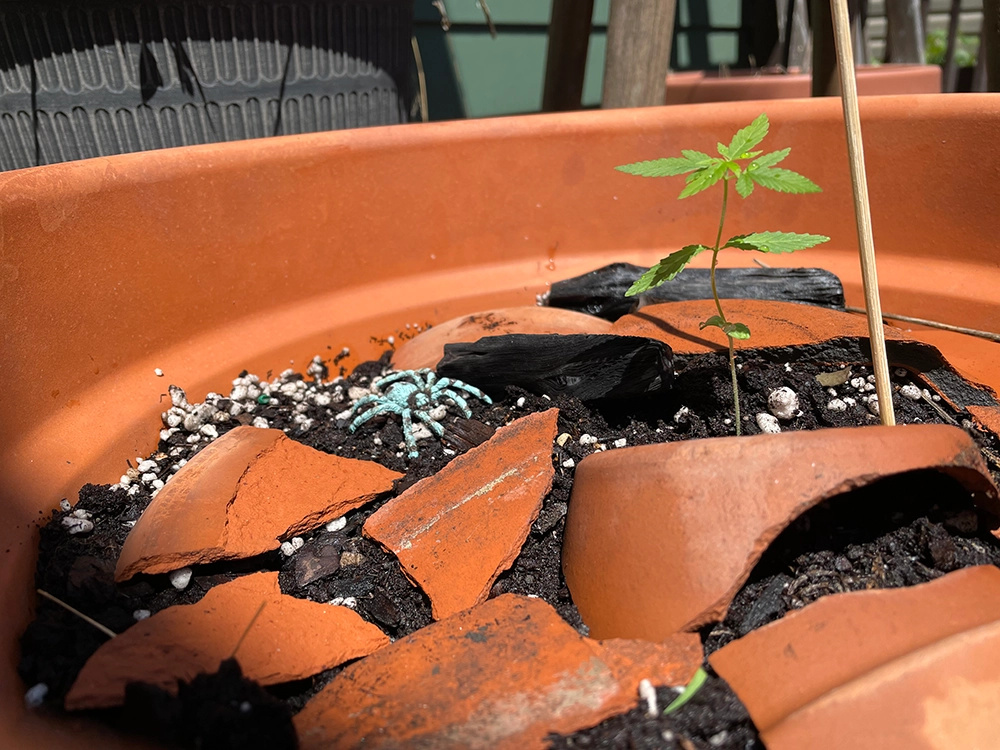
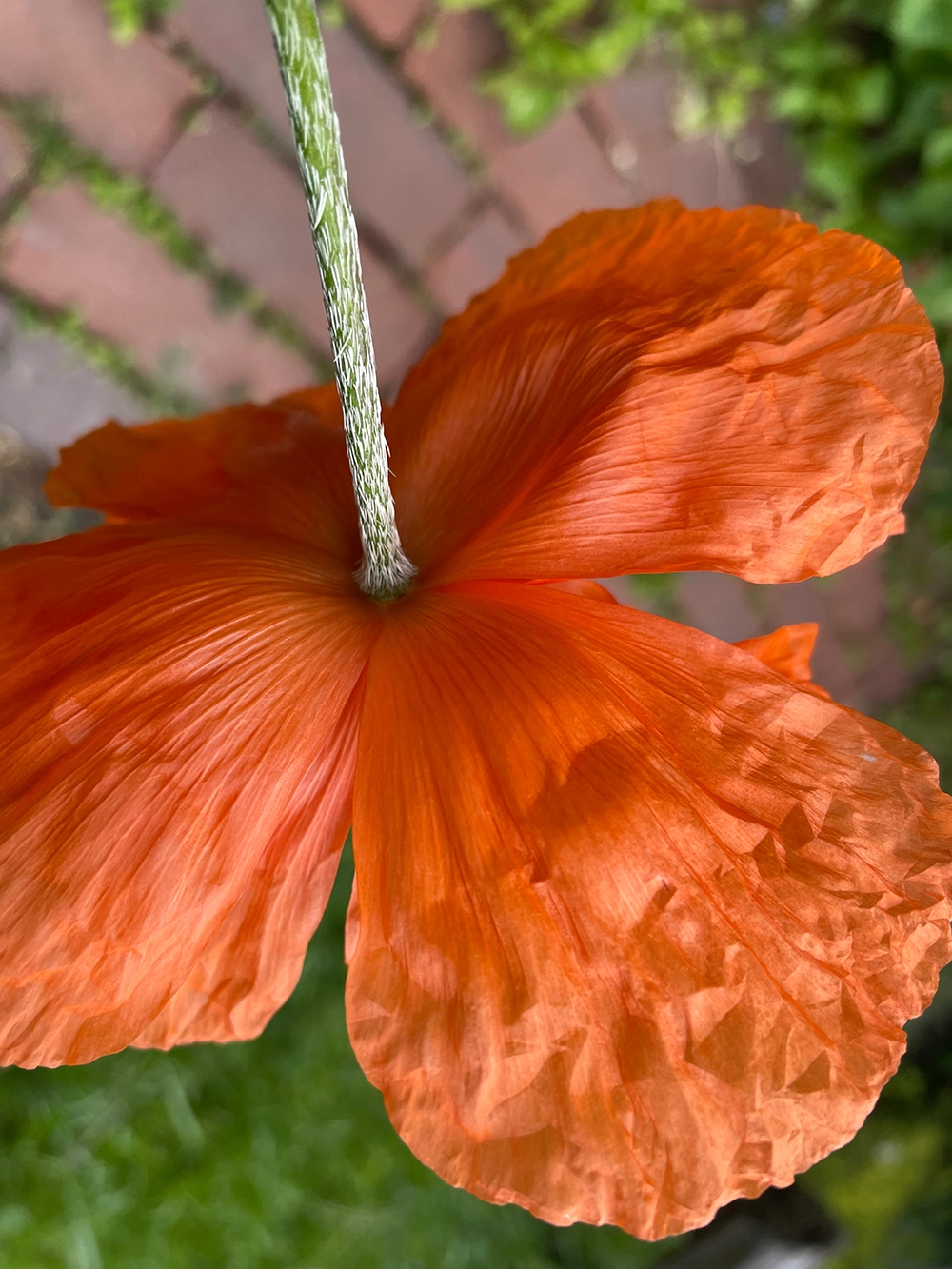
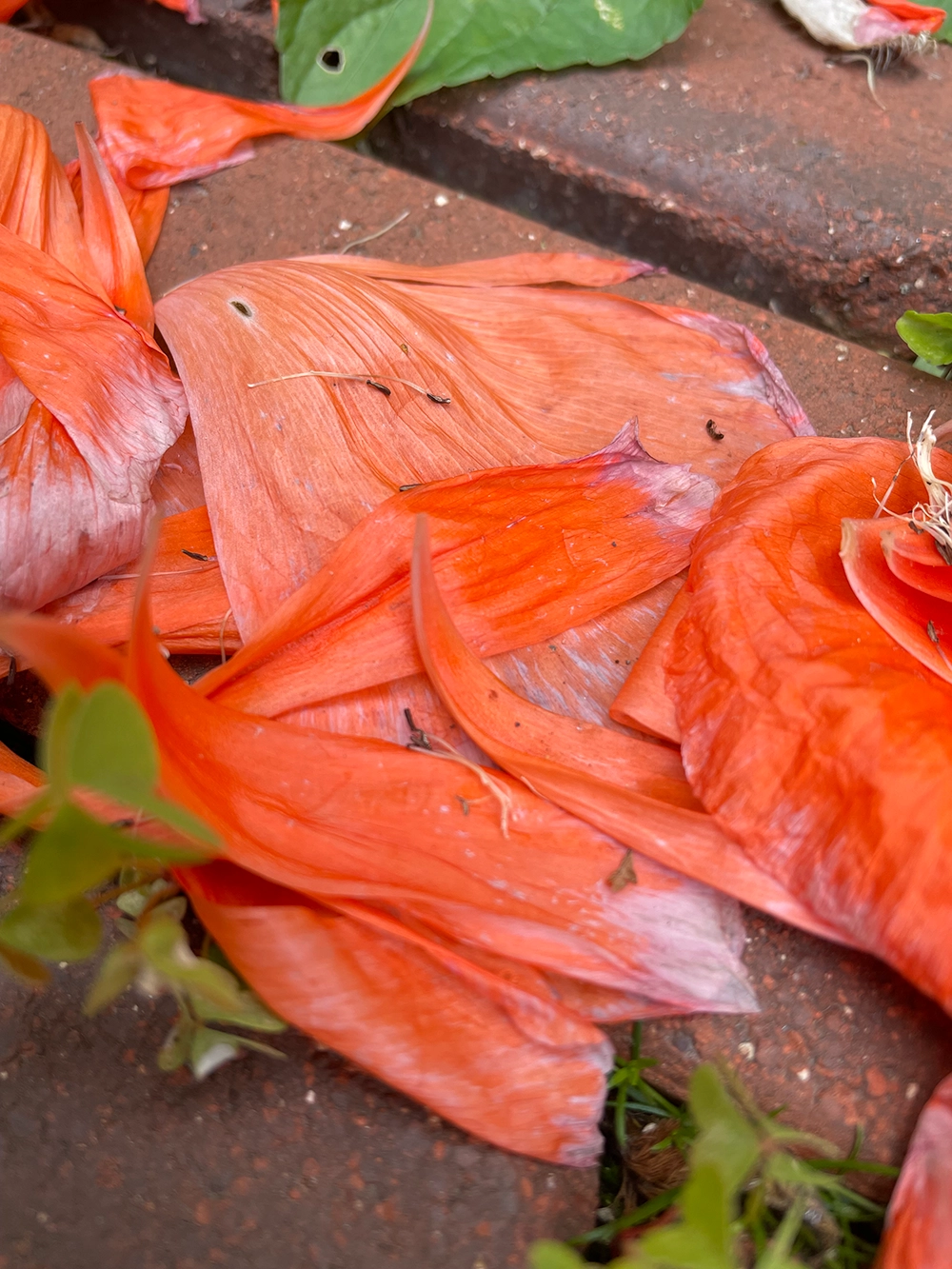
Bruce Neal

The Army of Creeping Vines
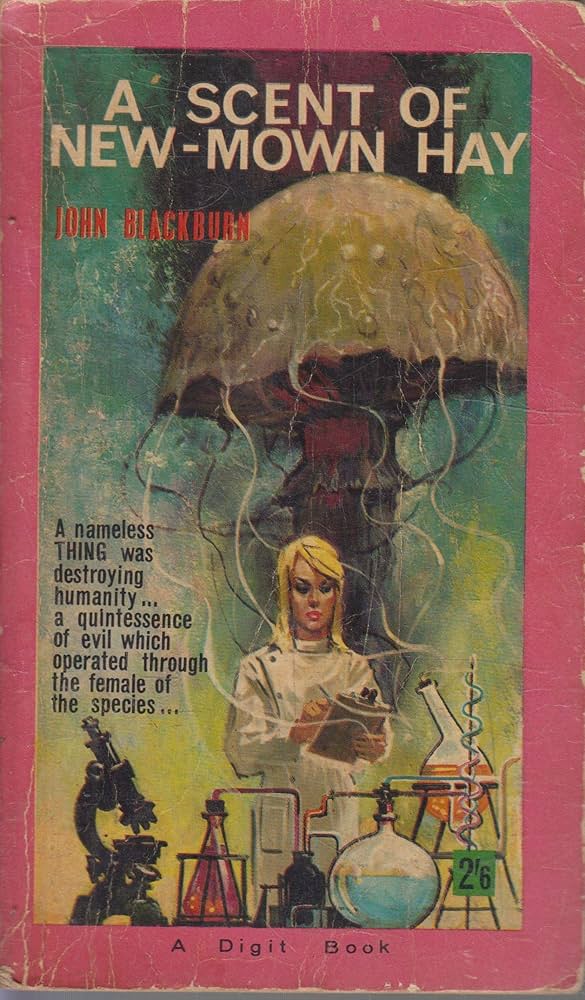
Judith Brotman
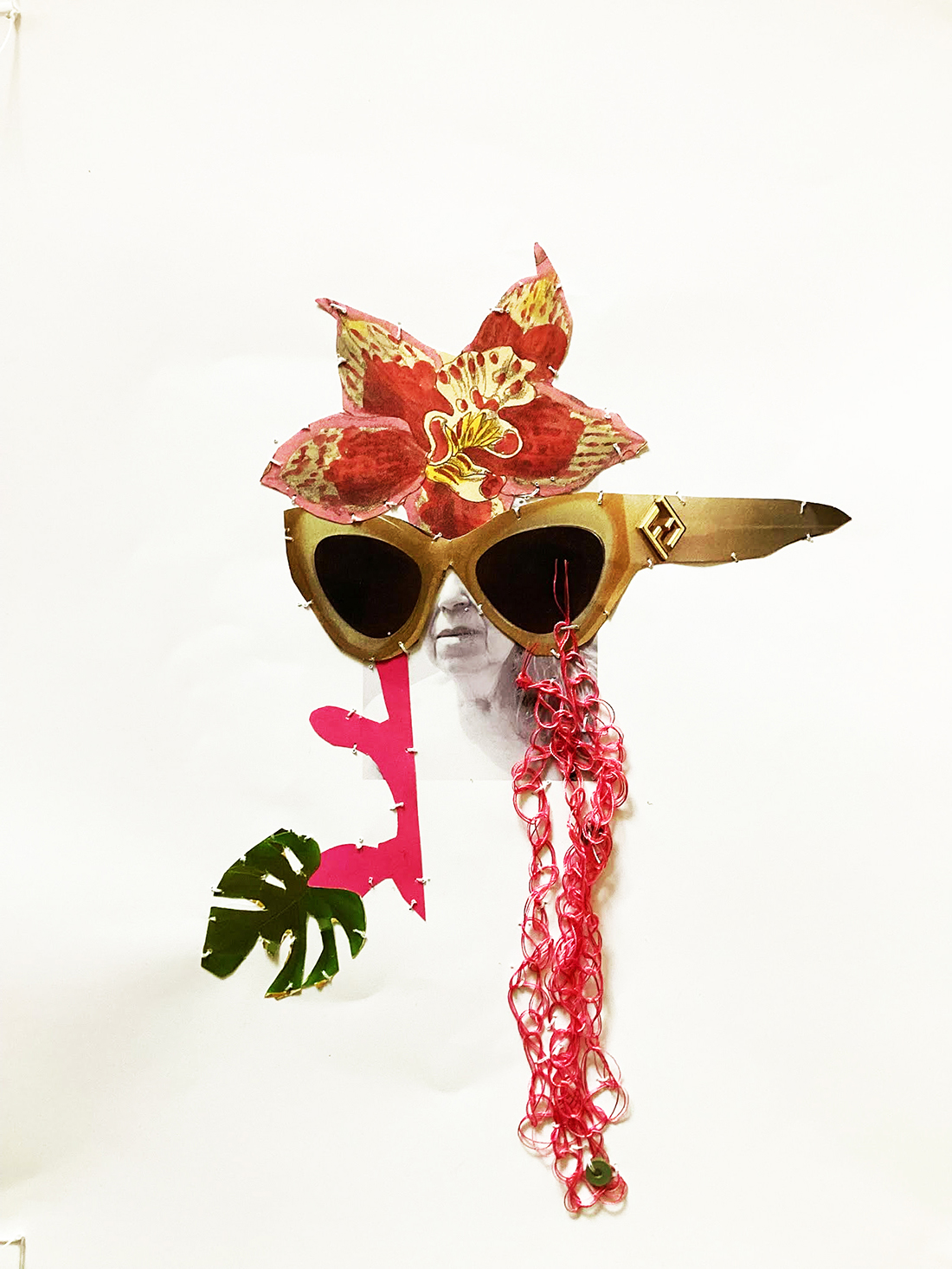
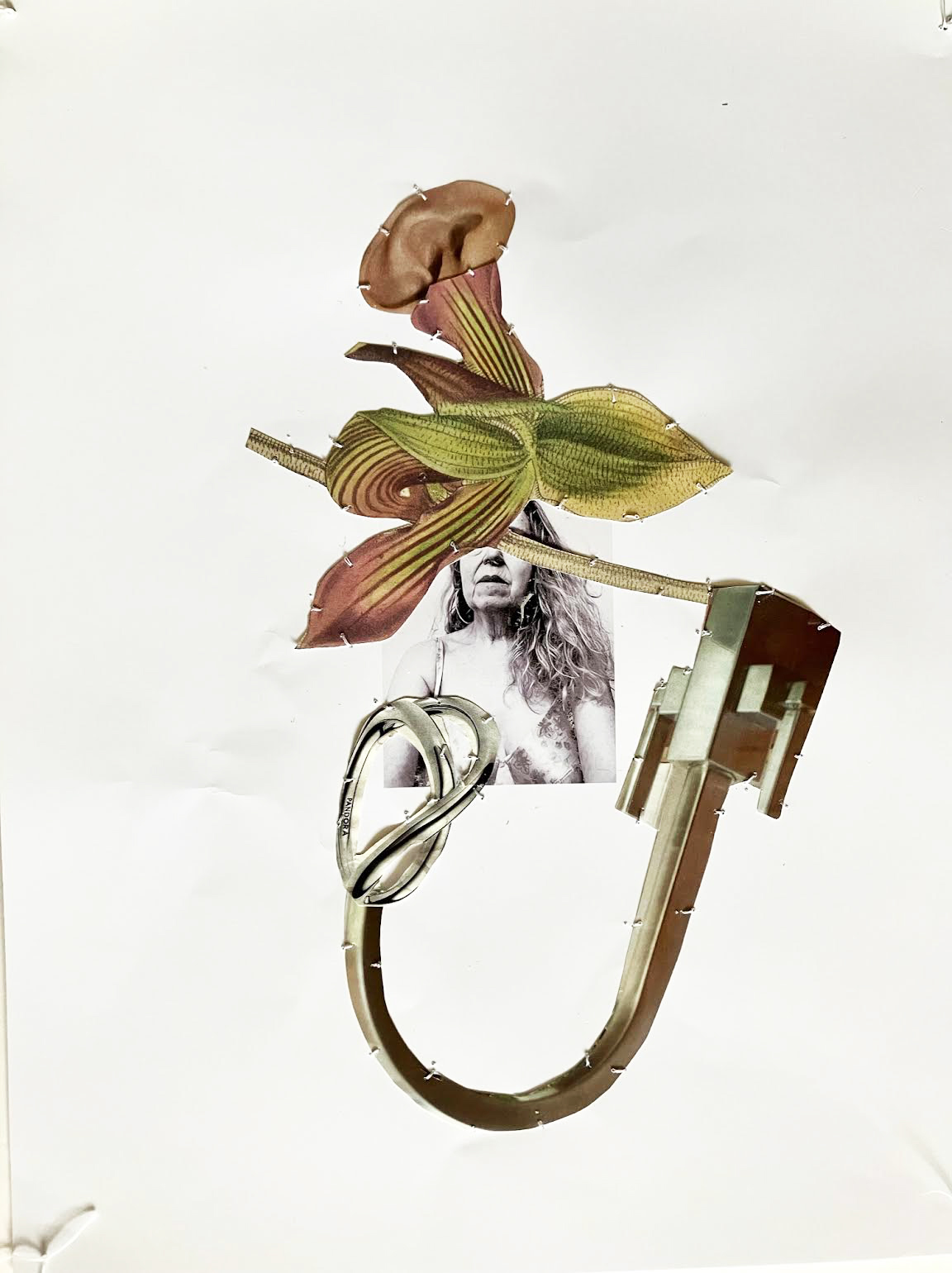
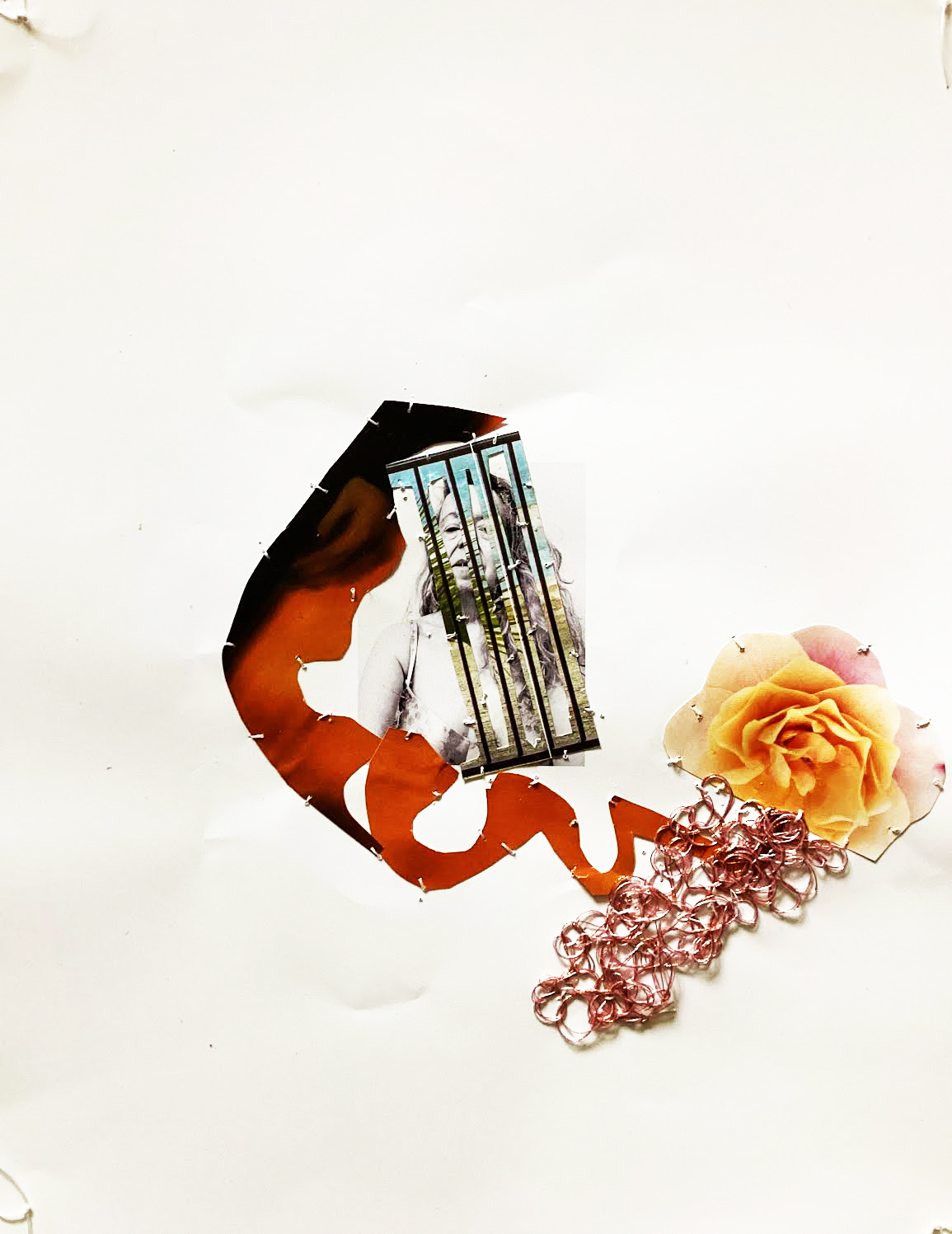
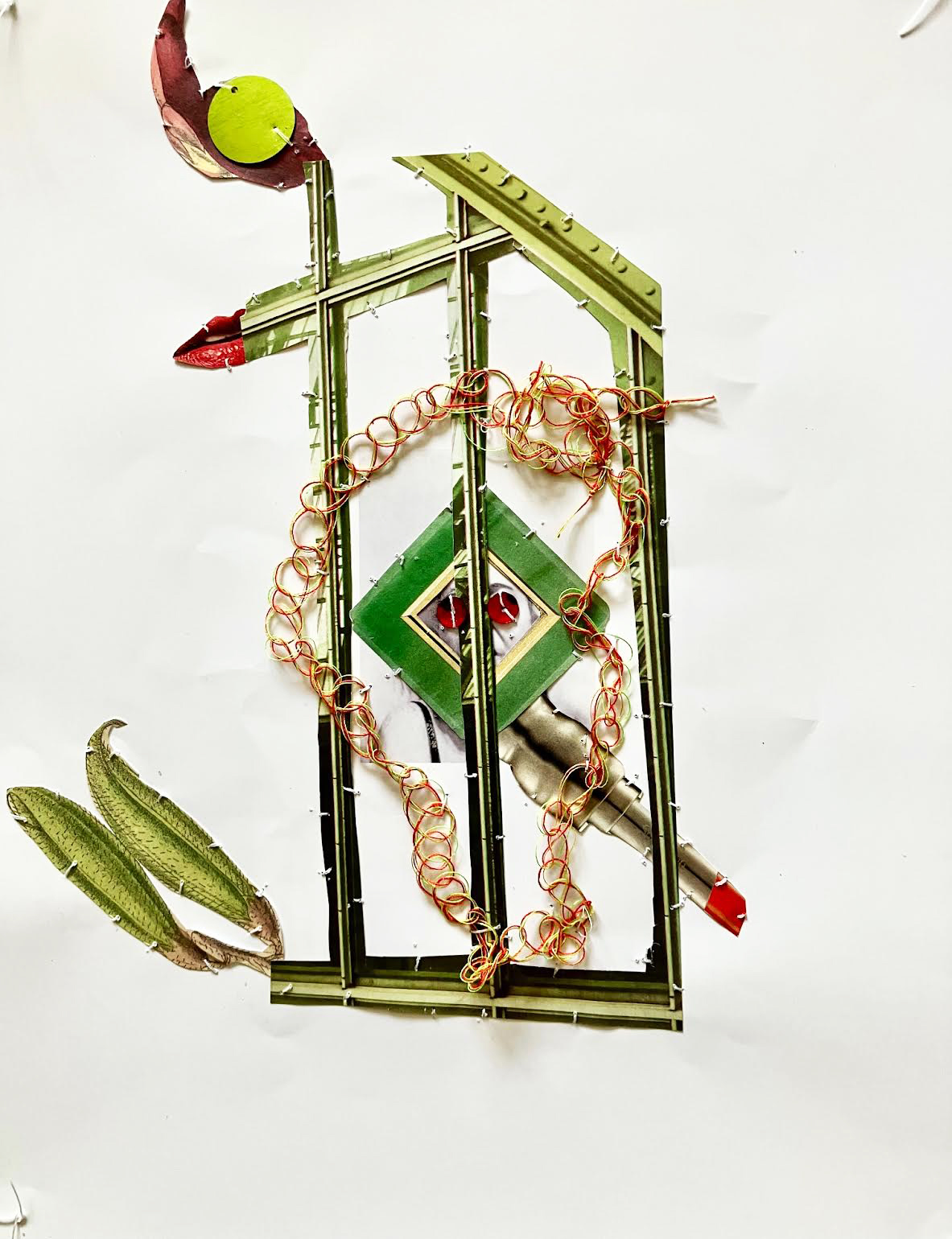

Microdosing with the Shekinah (and other mystical encounters). Mixed media on photographs. 2025. These works are all inspired/informed by my recent studies of Kabbalah/Jewish Mysticism.
Jamie Kreher



Breton Lowry
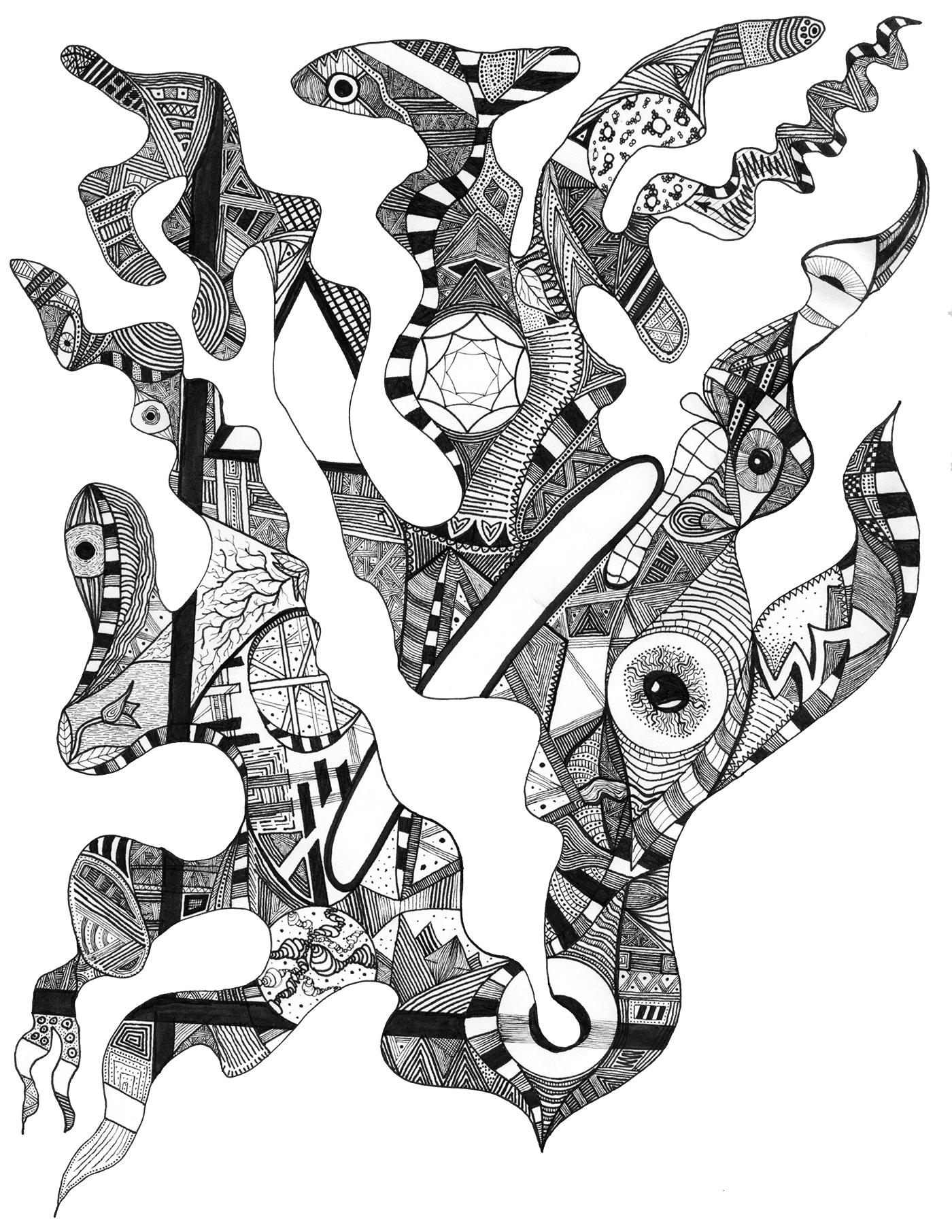
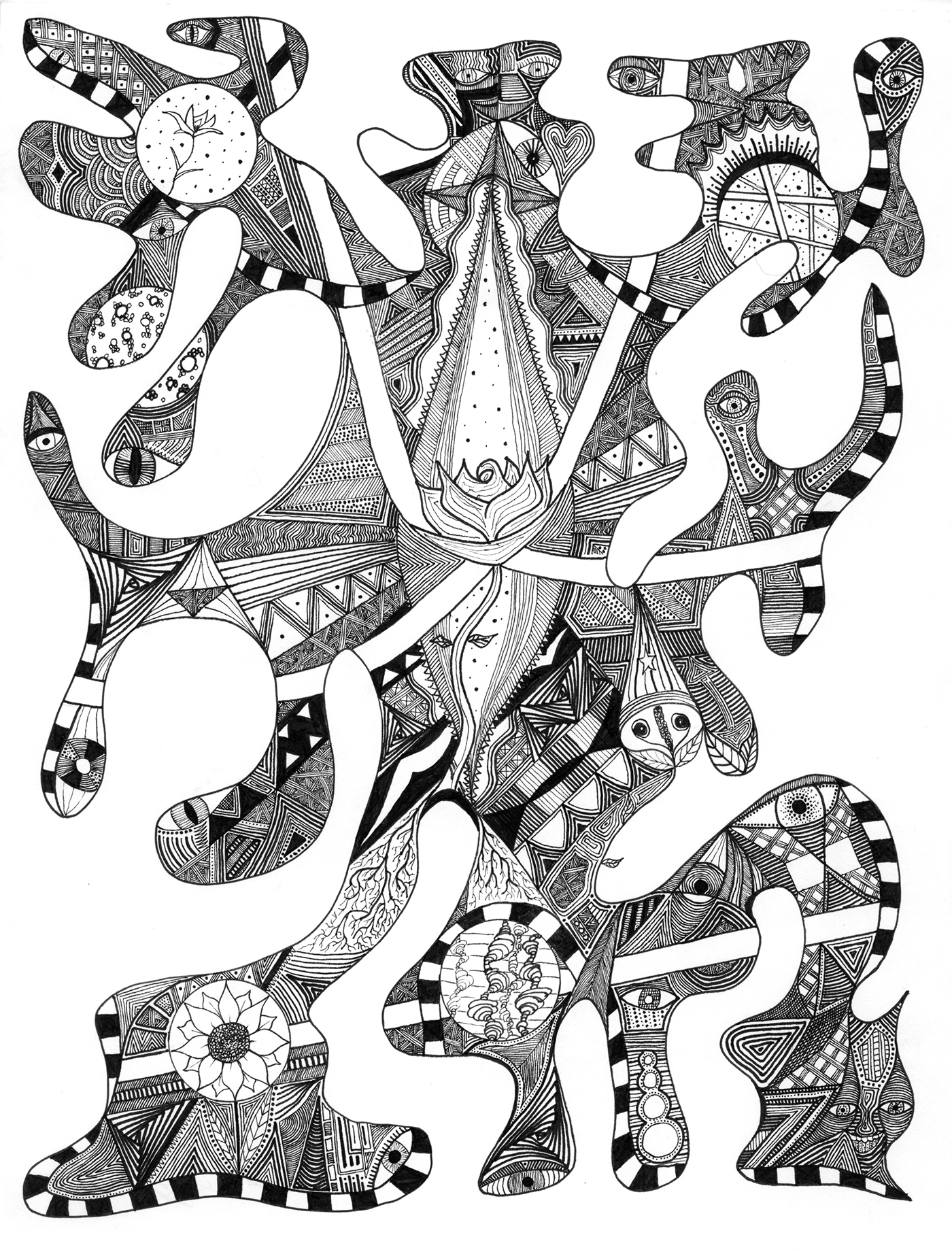
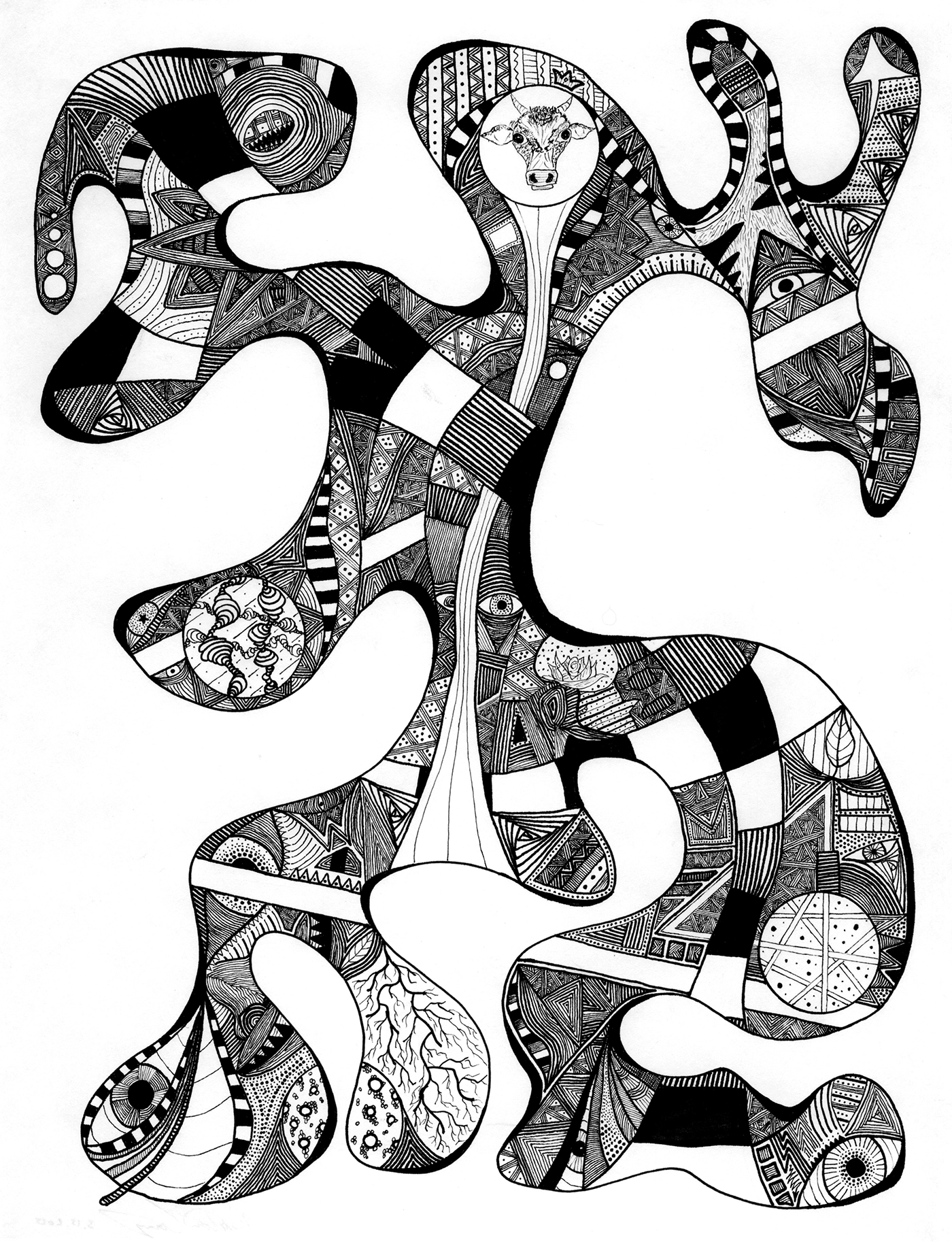
Micki Tschur
Eco-printed fabric
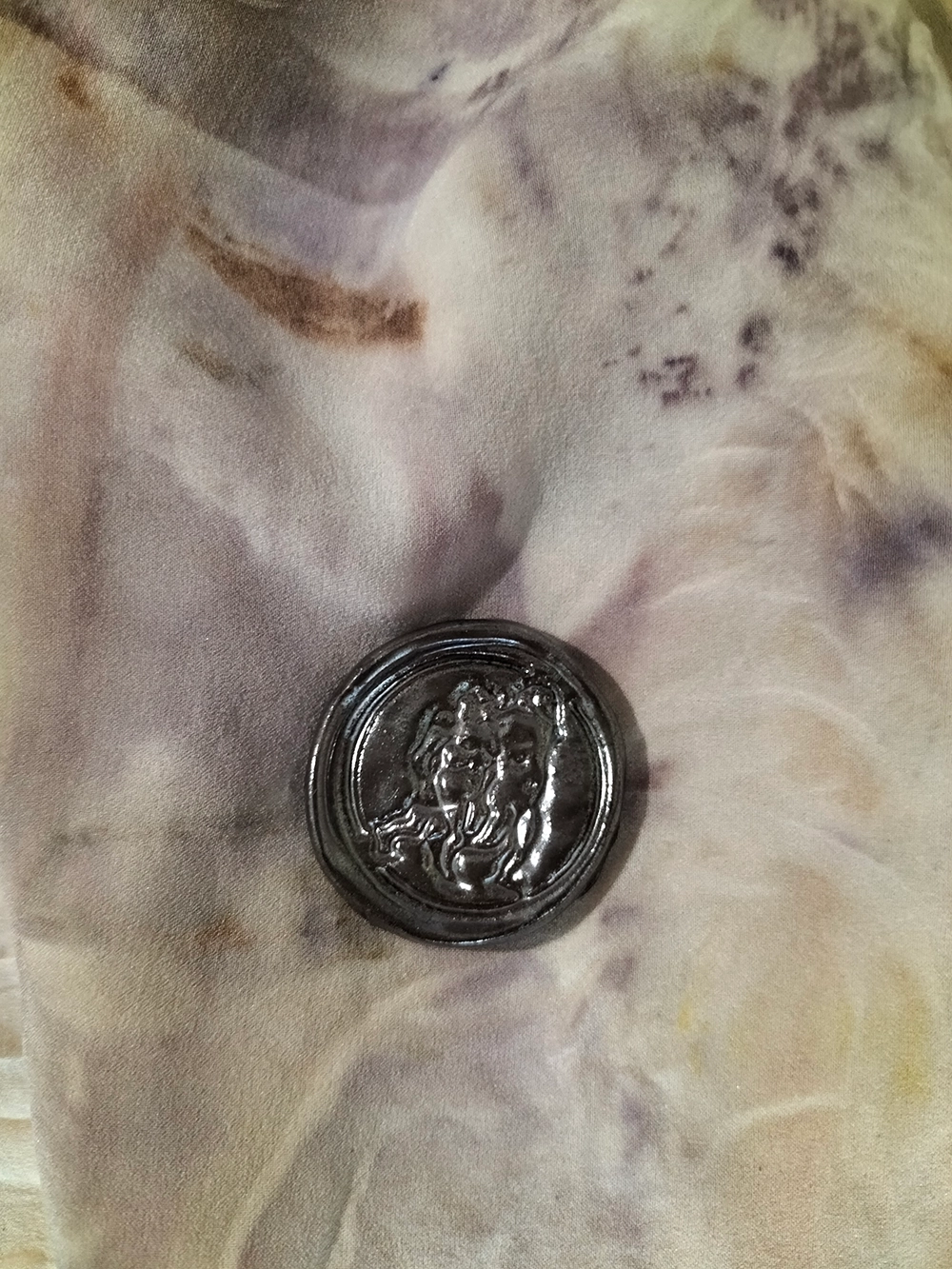
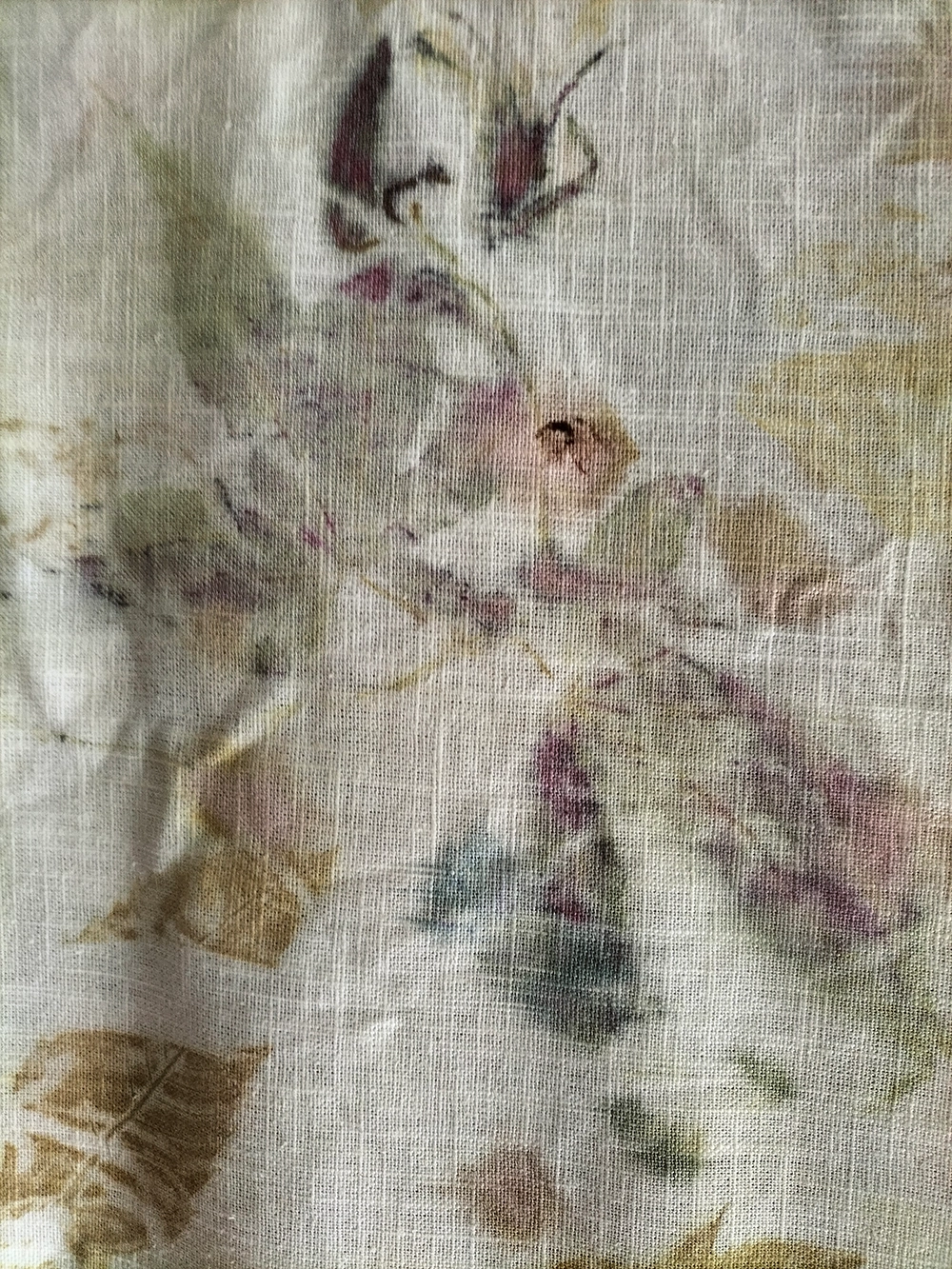
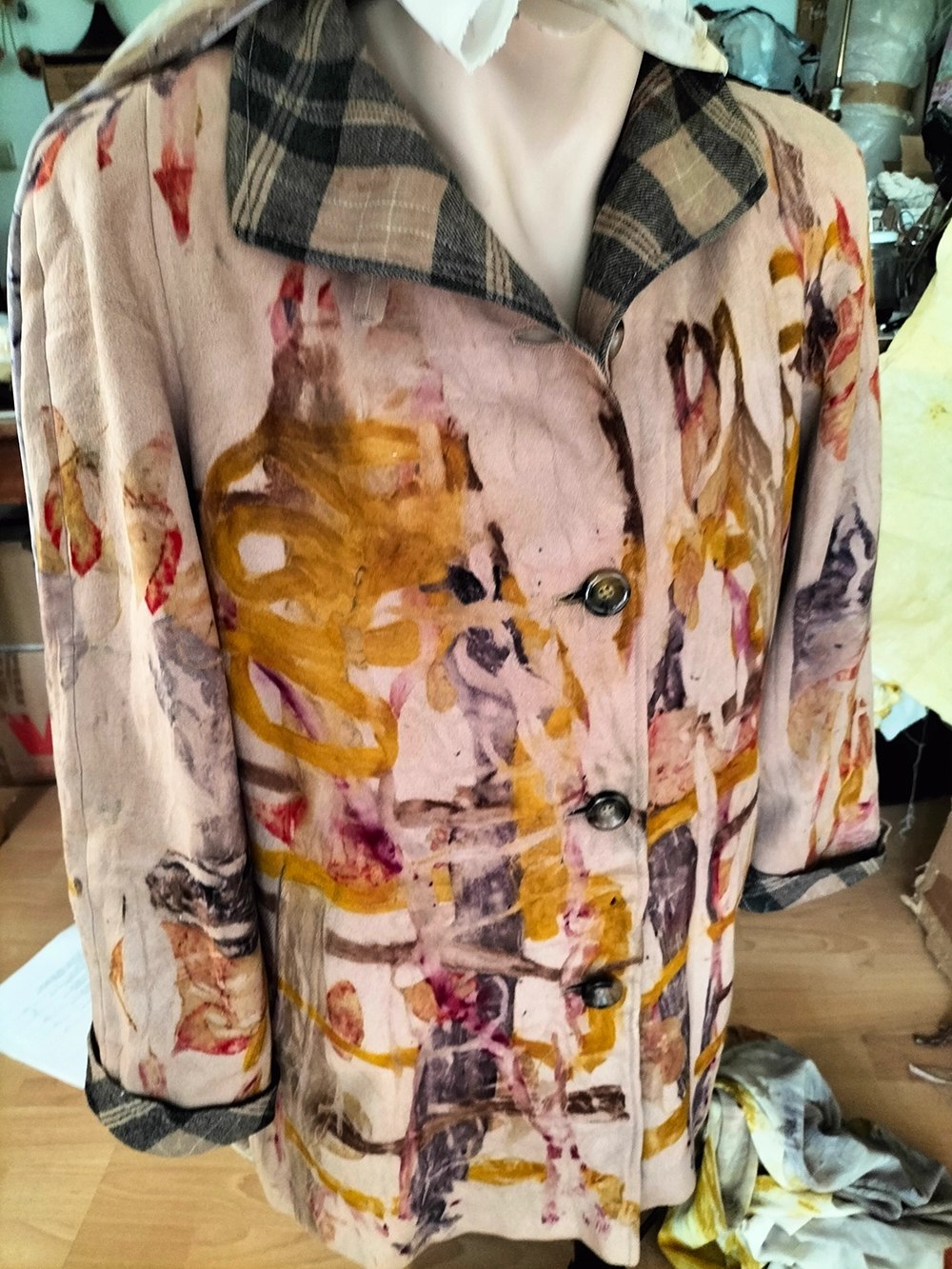
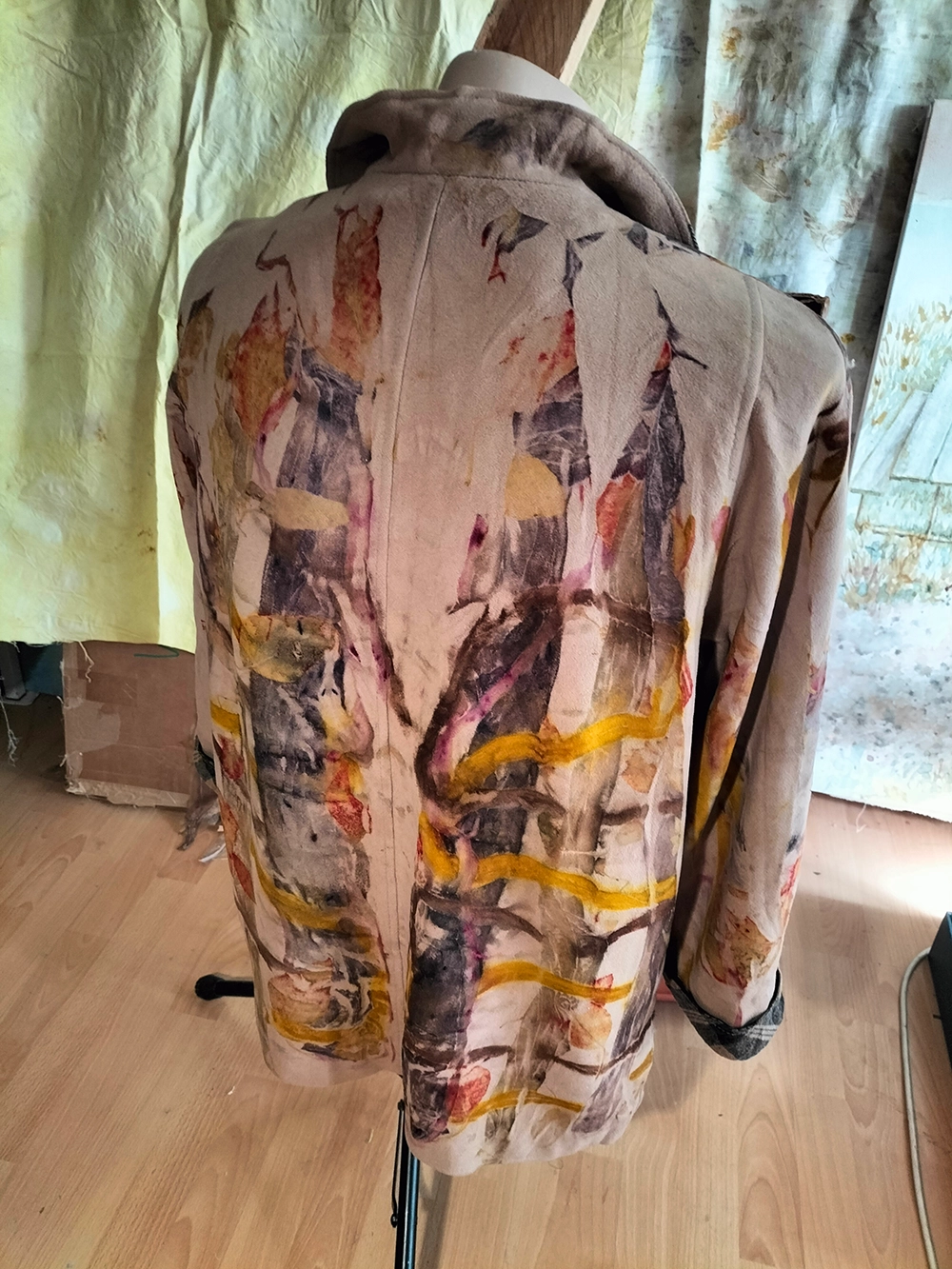
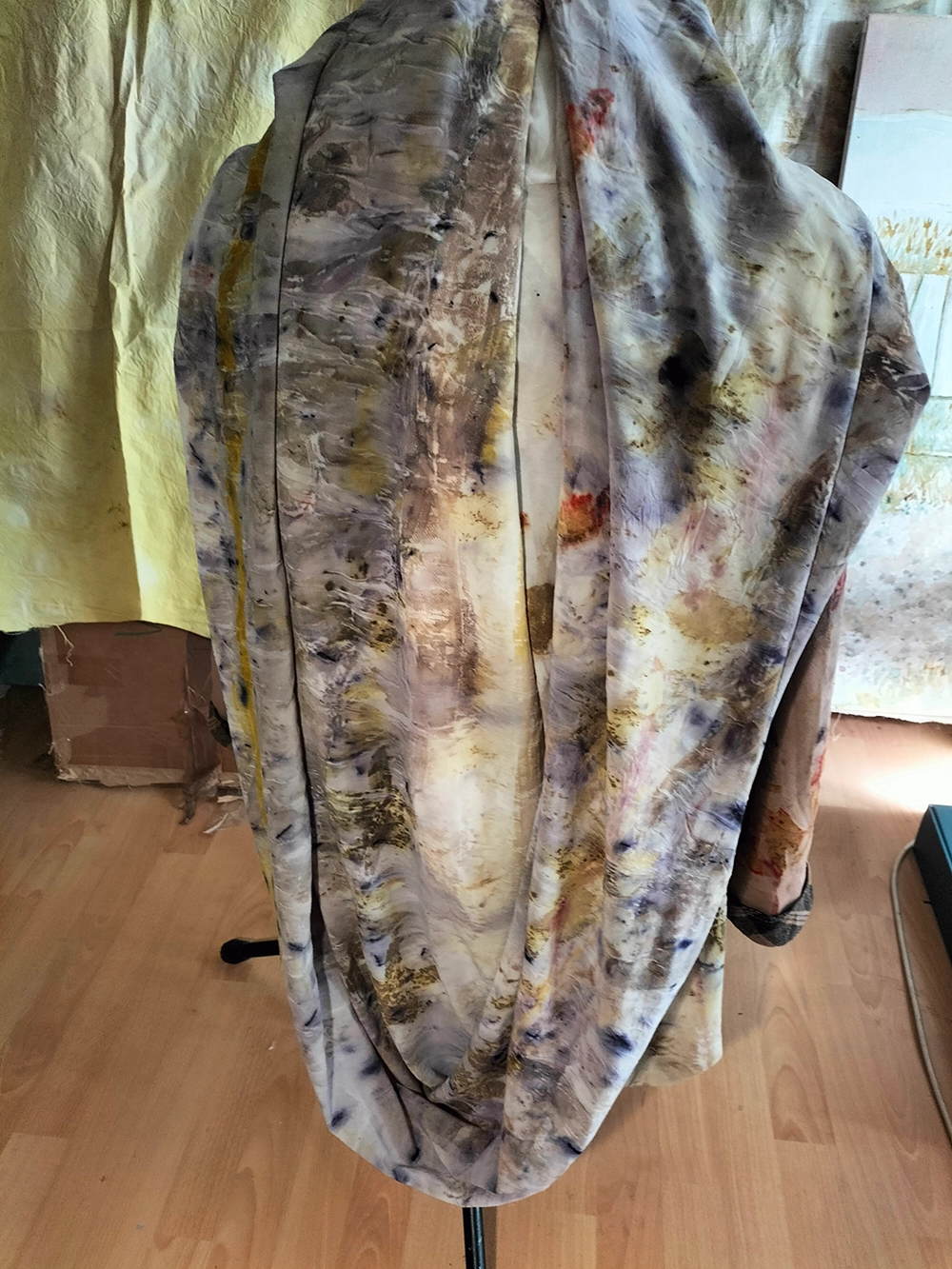
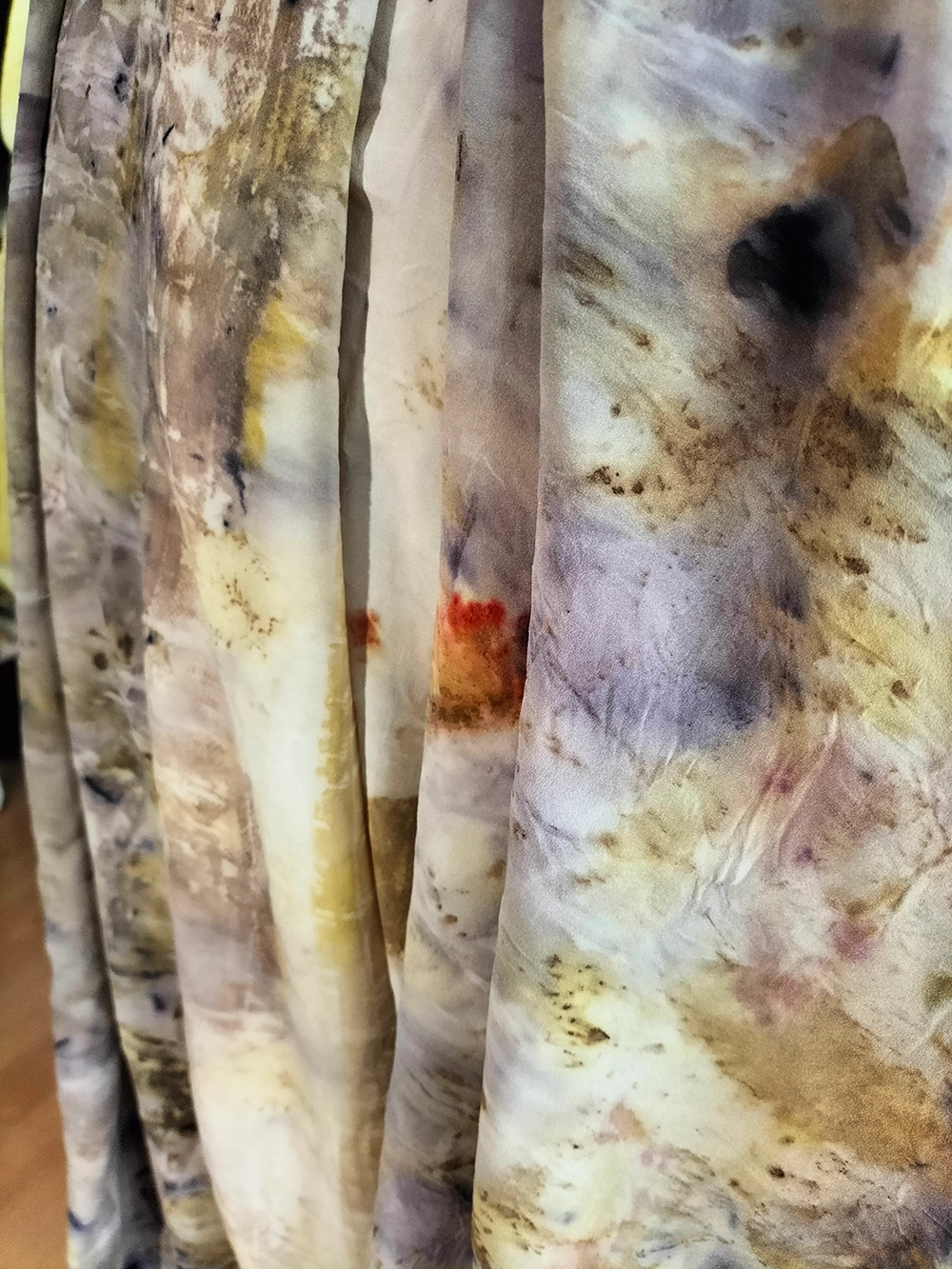
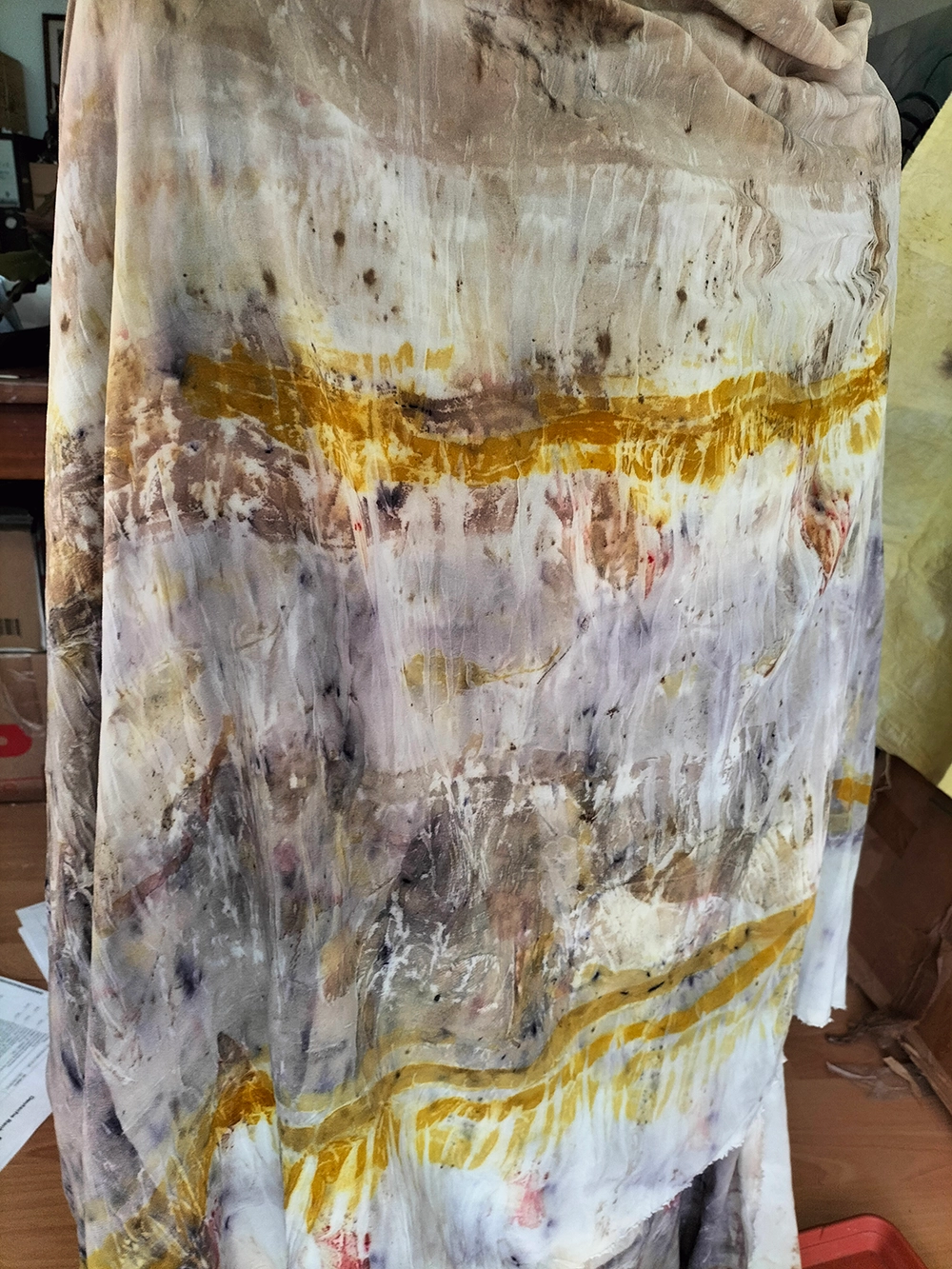
Julia Marsh
In the fall of 2023, I bought a small house on a large lot. The open areas, what you might call the yard, are filled with concrete, over grown with meadow, grasses and wildflowers, rooted in thick accumulated compost. The question that winter was: where to start in the spring? First a mulberry tree with an enormous canopy and a three foot thick trunk, listing dangerously towards the house, had to come down. I spent the late spring shifting the mulch from the tree's ground down stump and working, with little success, at getting its snaking root system out of the ground.
At our family home, we had two old maples that had to come down. Over time, the roots—munched on by grubs that were eaten by moles, which attracted the skunks—left behind shallow trenches, mirroring their unseen and inverted crowns.
As I redistributed the mulch into two long beds bordering the length of the yard, I started pulling bricks from a foot of rich compost covering a pad of concrete that was once the floor of a three car garage, likely a mechanic's shop. On the left side, there appears to be a mechanic's pit—a deep rectangular hole a mechanic would stand in with a car parked overhead for service—now filled with cinder blocks.
My great-grandfather walked out of the bright sunlight into the darkness of a garage and died of a heart attack after falling into one of these pits.
I started excavating this former garage to build a deck within the three remaining brick walls and to retrieve any bricks, left from the collapsed structure, for a future patio at the back of the house. In the process, I realized mixed into the compost was an abundance of asphalt from the building's fallen in roof. To safely use this compost, it has to be remediated, and the best plants for the quickest results are sunflowers. I spent the summer digging up and sifting about three quarters of the soil in this space, and I retrieved over 300 bricks. It's now May. My the compost sits wrapped in two tarps, waiting to be sifted once more before it goes in the to be made gabions.
In the early 1970s, my dad planted a "victory garden" in our backyard. In the process of tilling the soil we learned our house sat upon a large quantity of gravel and rocks, which we were tasked with removing.
I spent the winter contemplating how to make the planters I need to remediate the soil. At first reusing wooden pallets seemed ideal, but then I saw a documentary about American Revolution era weapons and defenses. The British apparently used something called a gabion, a cylindrical basket-like structure made of sticks and filled with dirt to build parapets. These structures suited my desire to have a low carbon footprint in all things and my habit of sourcing already existing materials, as the branches are readily available in a wood, down the road.
In 1976 I played Benjamin Franklin in our school's non-musical version of 1776. My mother made me a beautiful authentically designed costume, complete with ruffled stock, brocade vest, stockings, buckled shoes, and velvet sleeved waistcoat and breeches.
While I begin to gather materials for the gabions, I roll my compost heaps, make plans and buy supplies for removing sections of concrete in the yard, where I will create large flower beds; clean the bricks I have pulled out of the ground; and watch the yard grow and show its many wonders to me.
Our yard at home was a mix of flowers, vegetables, fruit and other trees. Always full and plenty with ripening something and blooming magic. It was an oasis where we slept under the stars on hot summer nights; built ice forts in the winter; gathered as a family and played hide and seek well into the nights.
Bruce Neal

The Army of Creeping Vines
Det er i Jorden
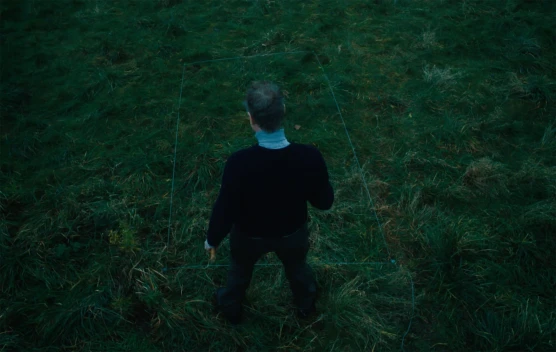
Dir. Casper Rudolf Emil Kjeldsen, 2021, Denmark. 15 mins.
Whitney Johnson-Lessard


John McNally
Stacie Maya Johnson
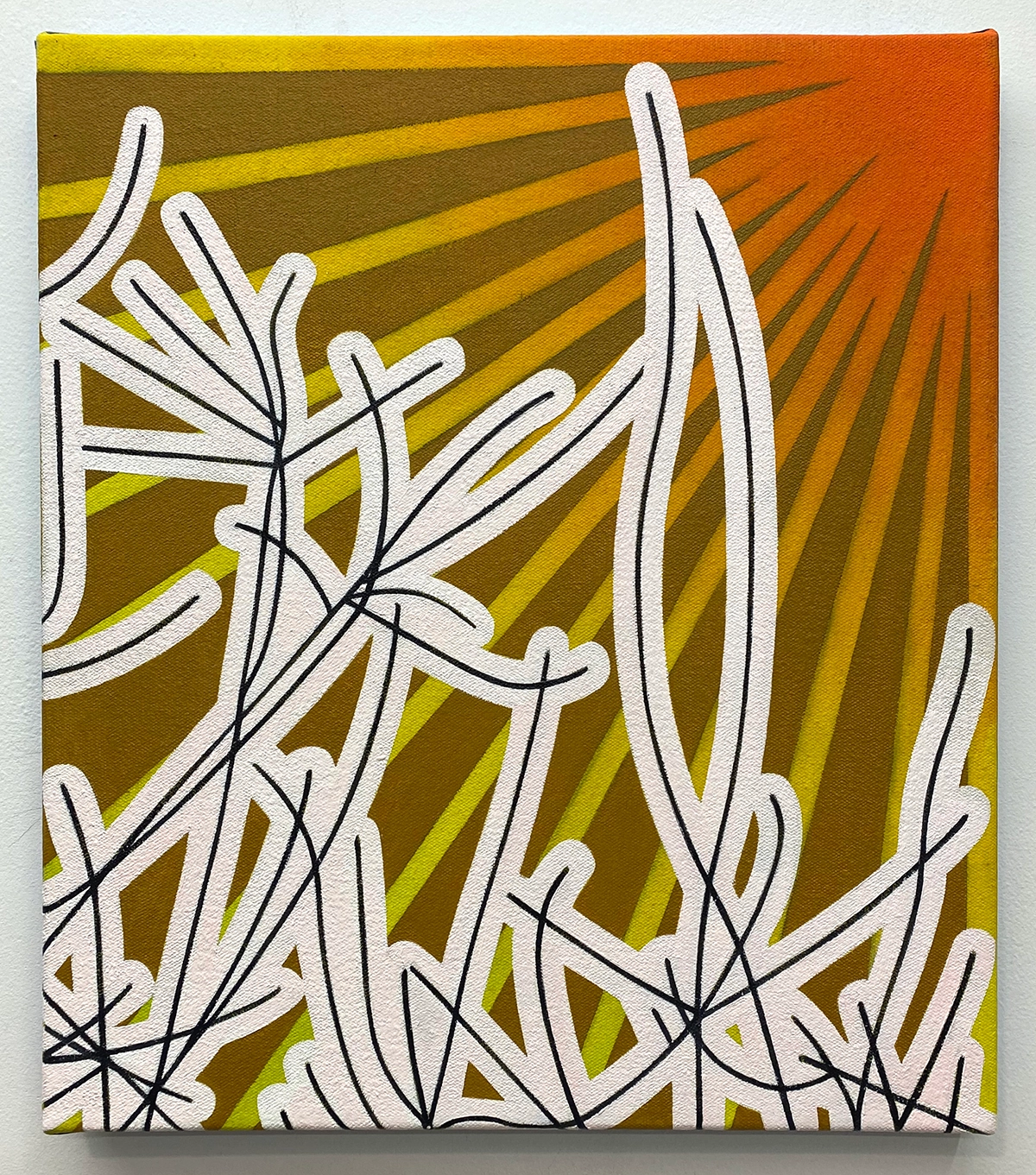
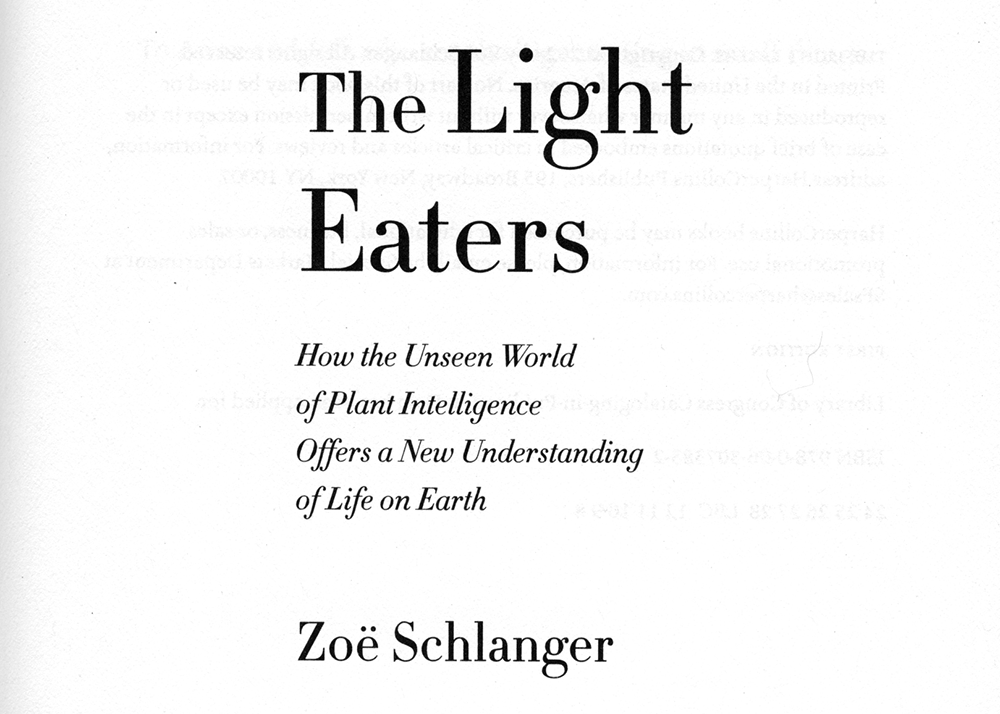
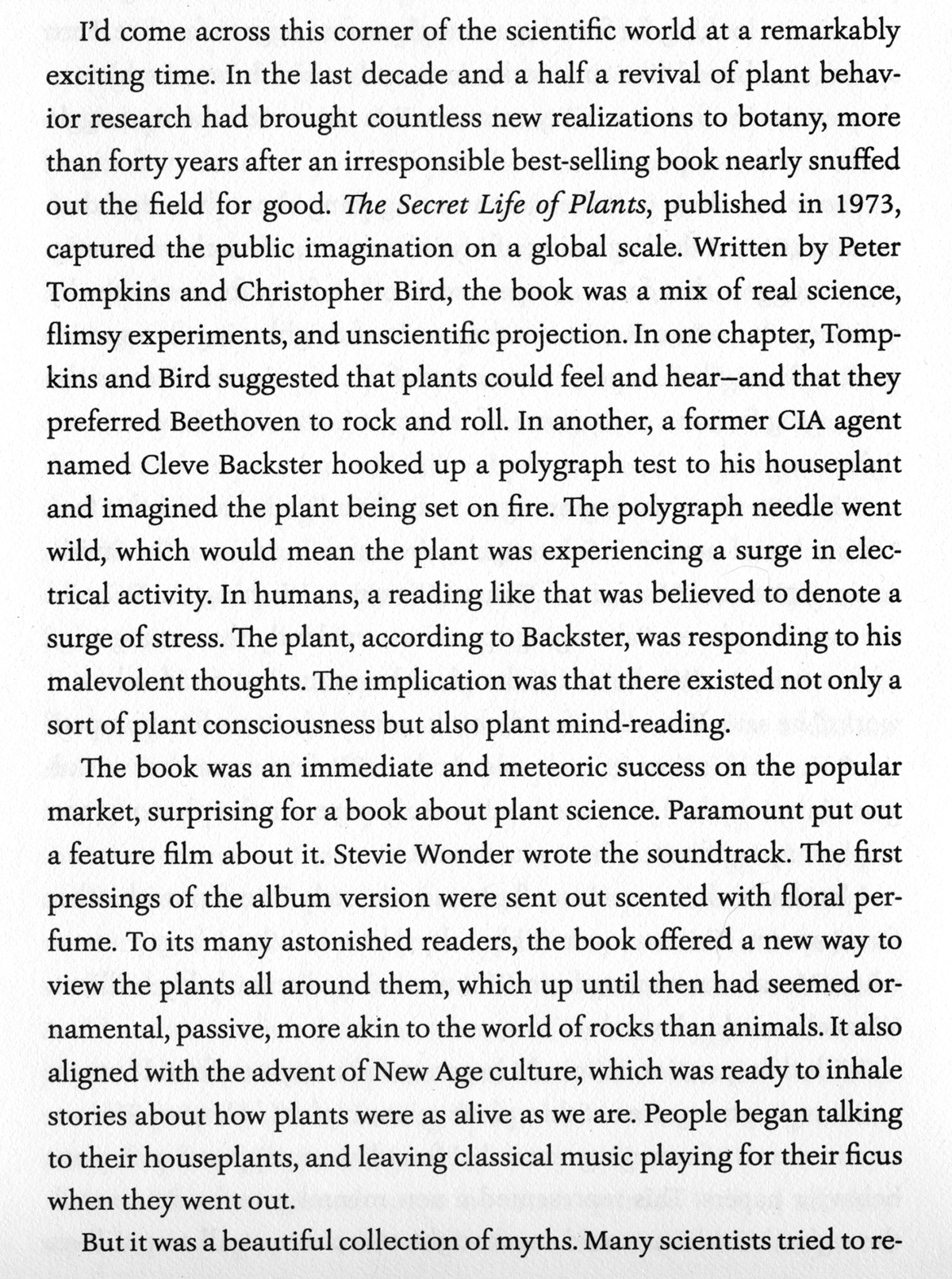
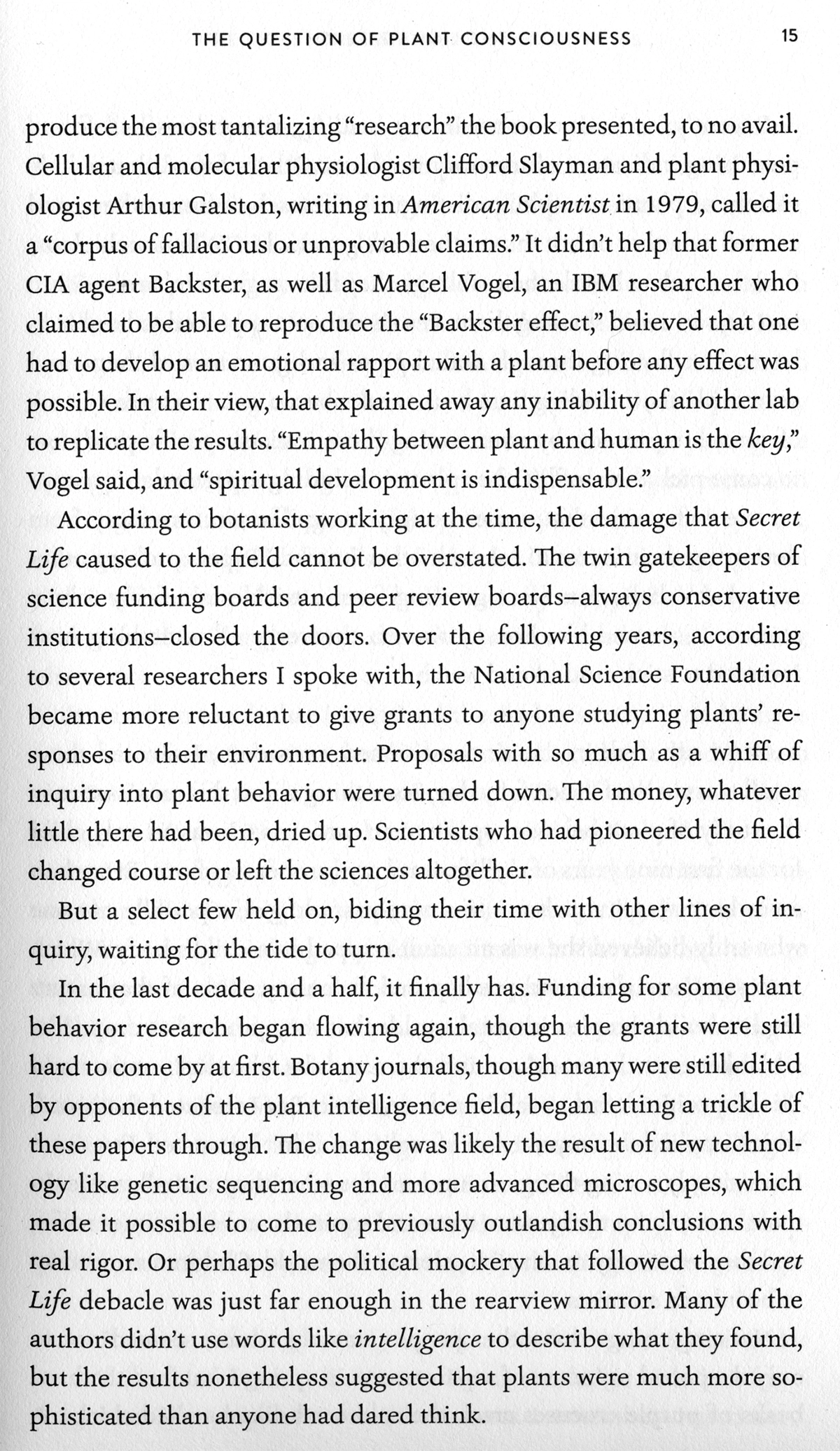
The Krampz
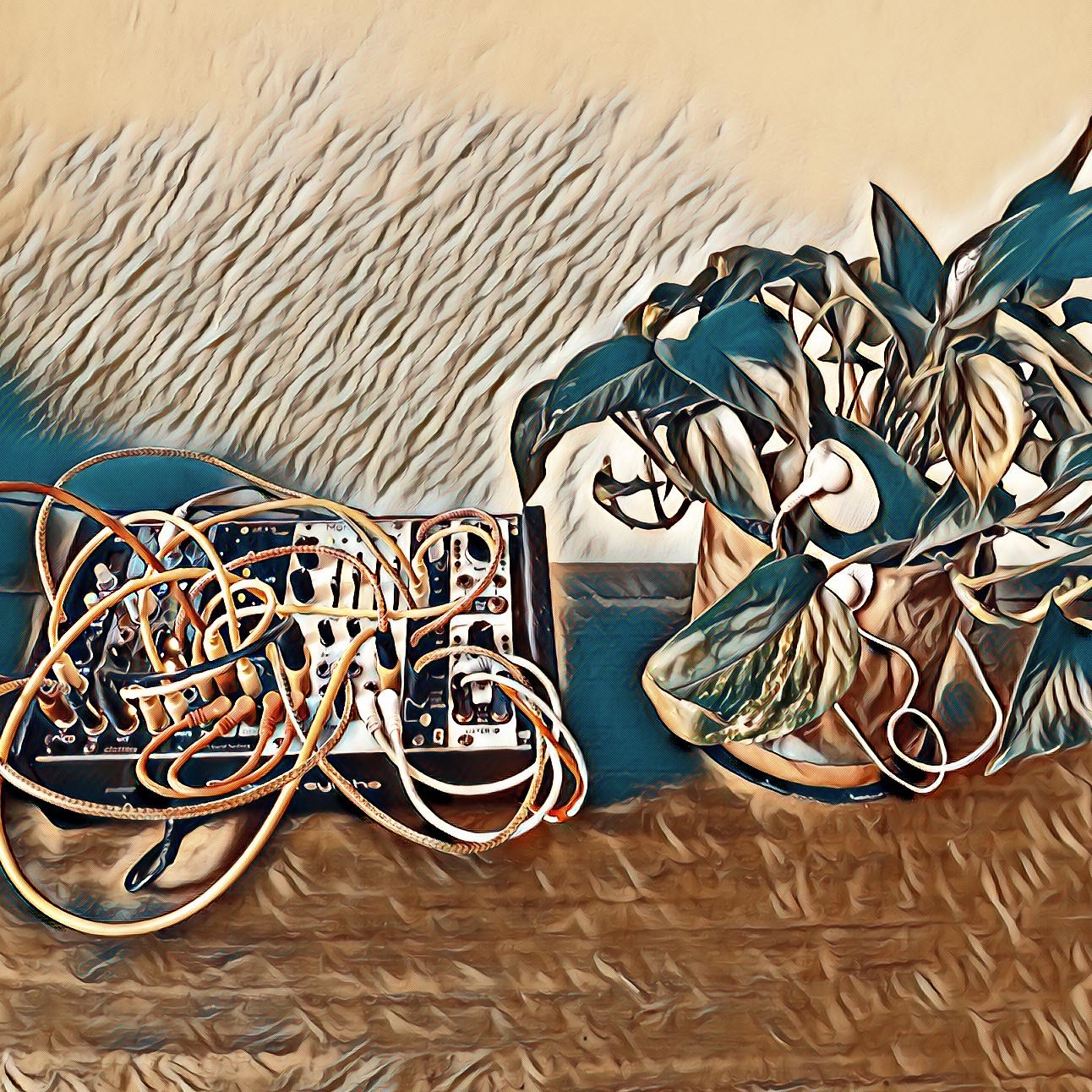
Tom Burtonwood
"A Cube is a Rectangle (selections from 003–102)"
2022–present
Ink and acrylic on Bristol vellum
3.75" x 4.6" each
Photographer: Nathan Keay

Exeter Norman
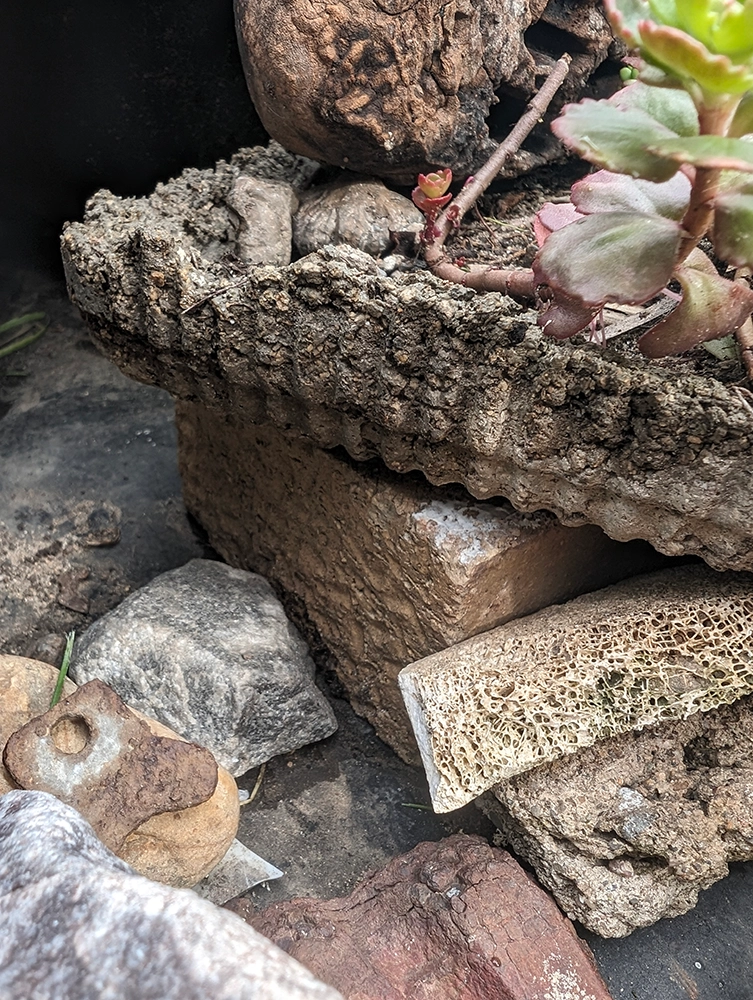
Buboes

Catie Olson
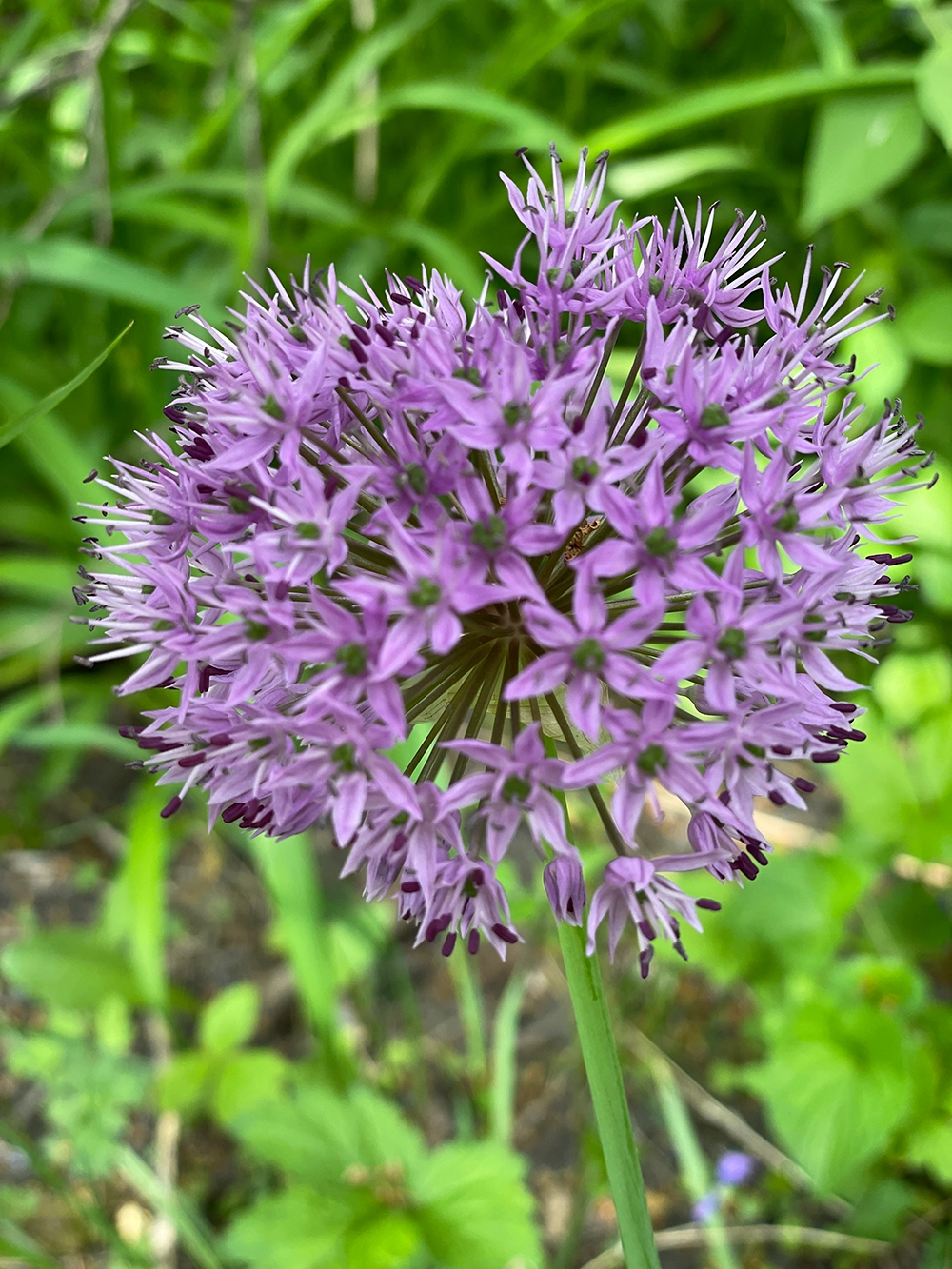
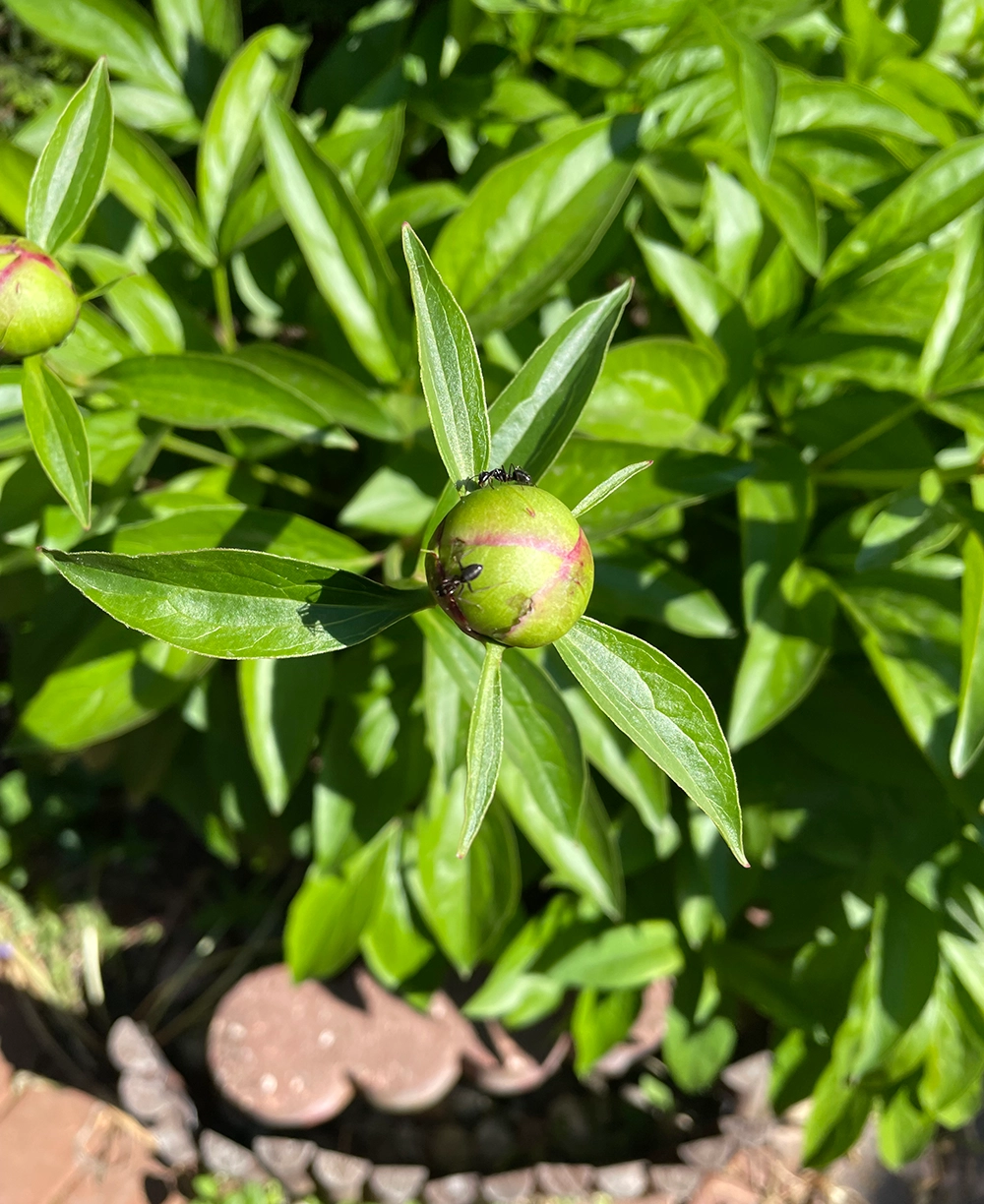
Melissa Oresky + Adam Farcus
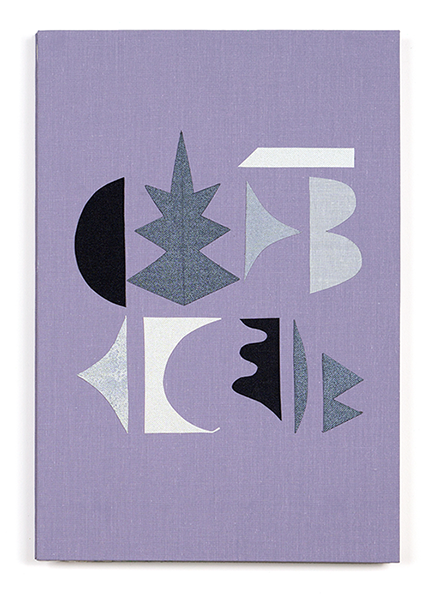
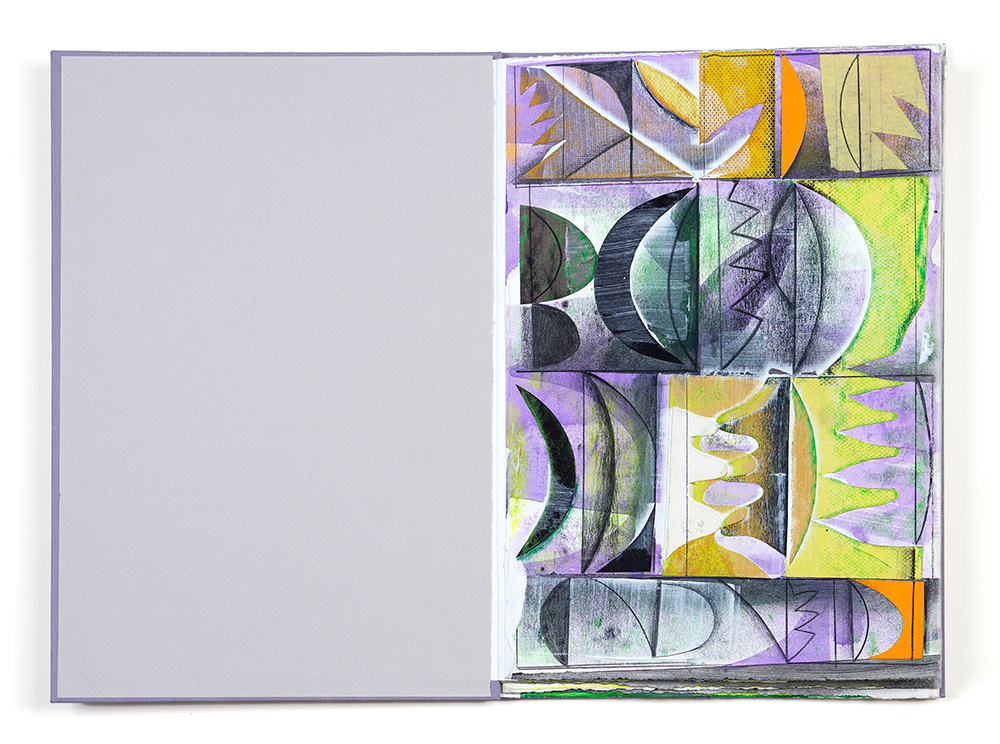
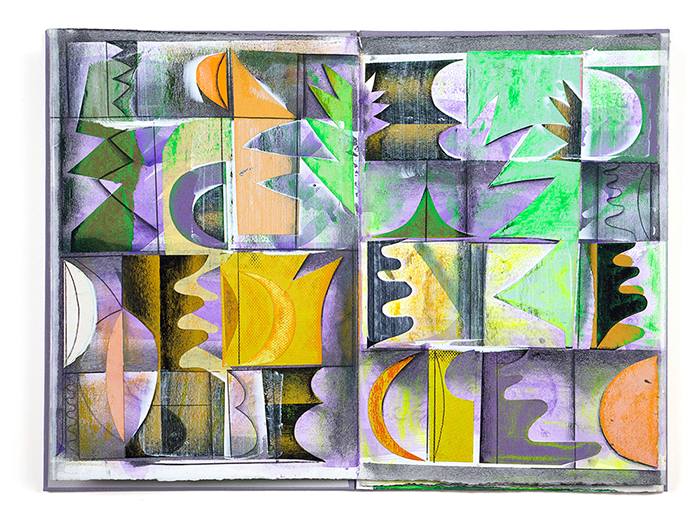
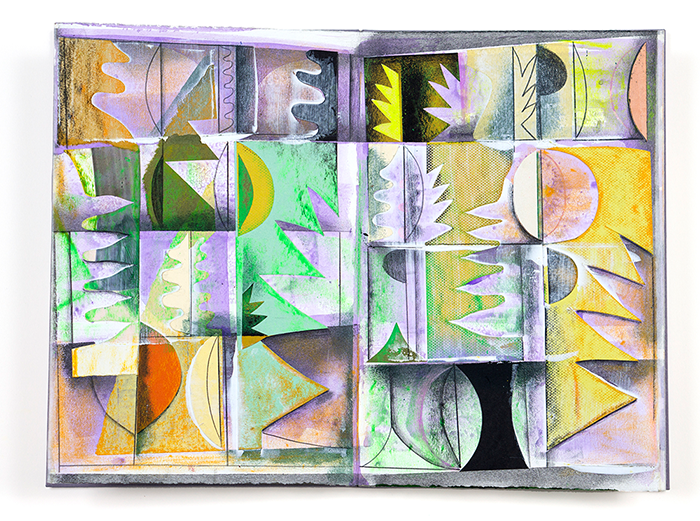
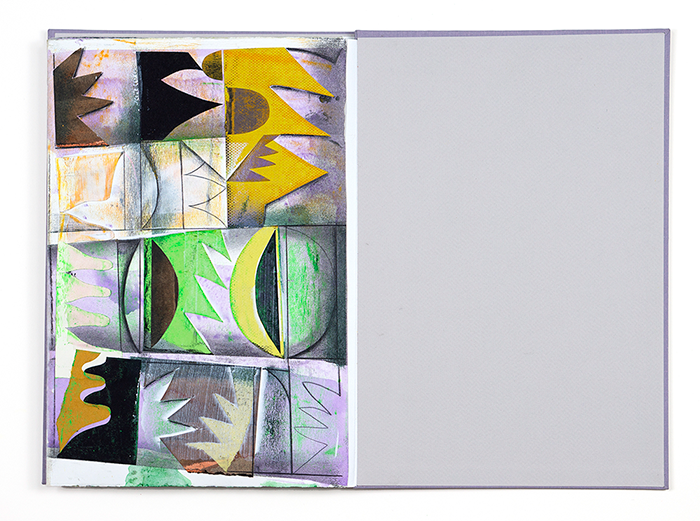

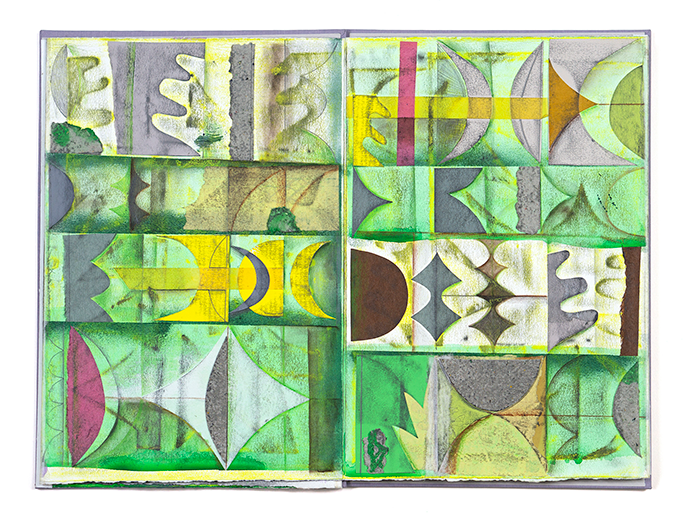
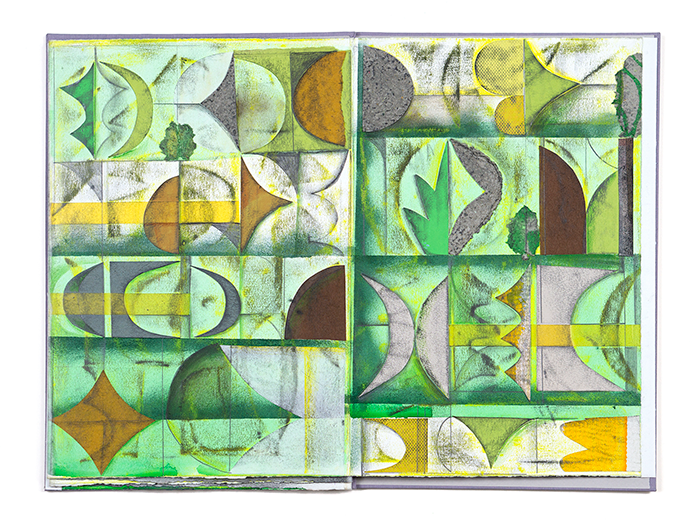
Melissa Oresky, Leaf Manual, 2024.
Five, unique, hand-bound accordion books.
Paper collage, acrylic, graphite, colored pencil, wax pastel, and paper pulp, on paper, bookcloth, bookboard. Each has four or six double sided interior pages. 12.5" x 8.5" closed.
Leaf Manual explores the intersection of written language, plant forms, and shape-based abstraction. Each volume is a discrete work, that has been "translated" into human writing by a different human collaborator. The collaborative part of the project is still in-process. The translations, alongside reproductions of the work, will be published as an artist's edition.
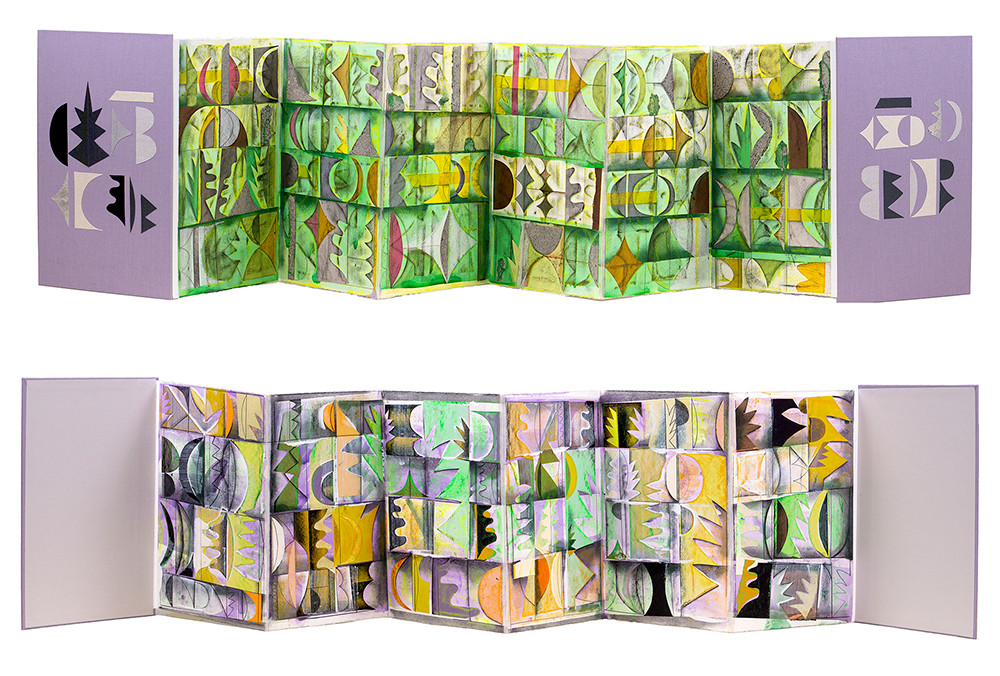
plant phonetic
for Melissa Oresky
the bilateral
symmetry of
needles
leaves
pink moon silver
sand in an hour
glass on pine needles
this is a moon
in pink silver shadows
of waxing branches
bilateral
broken compass
that always turns
up to the sun
feet planted
duh it's
a tree surprise
cat eye marble
of the natural
world desire
for real plant
connection
air administrators
of the green
world a text
sound colored
only in long E
and eighth rests
a false front
leaf architecture
green key
even sweet
blood moons
air oranging
matte paintings
unpotted
bisected
moon mirror
this is yellow
leaf growth
a group of trees
is called a union
a branch is to
a hand as
the moon is to
light passed
through leaves
chlorophyl
a photograph
is this a moon
pink in shadows
of waxing branches
real green
leaf connections
hands speech
seen trees
—Adam Farcus
plant phonetic is a translation of Leaf Manual
Holly Holmes
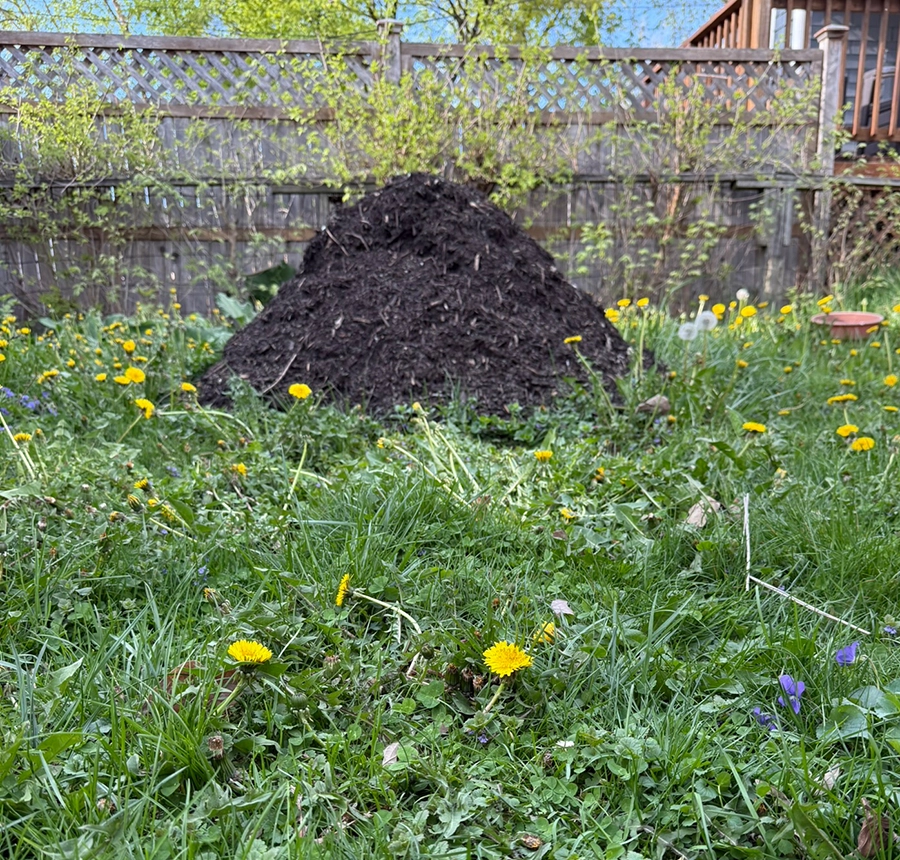
This is a hill that I have been cultivating. It's base is composted grass and yard cuttings from a number of years that I placed sod over. Last year I added a little more dirt, random seeds that were left in my hand while planting and found ally hostas. The Hostas had started and then added dirt to grow the hill about 3 times its size. I hope the Hostas make it out. To stabilize this hill I have given it some grass seed that grows with roots that hold hill sides together. This will be a place for lounging as the grass comes in and a sponge for the torrential rainfall.
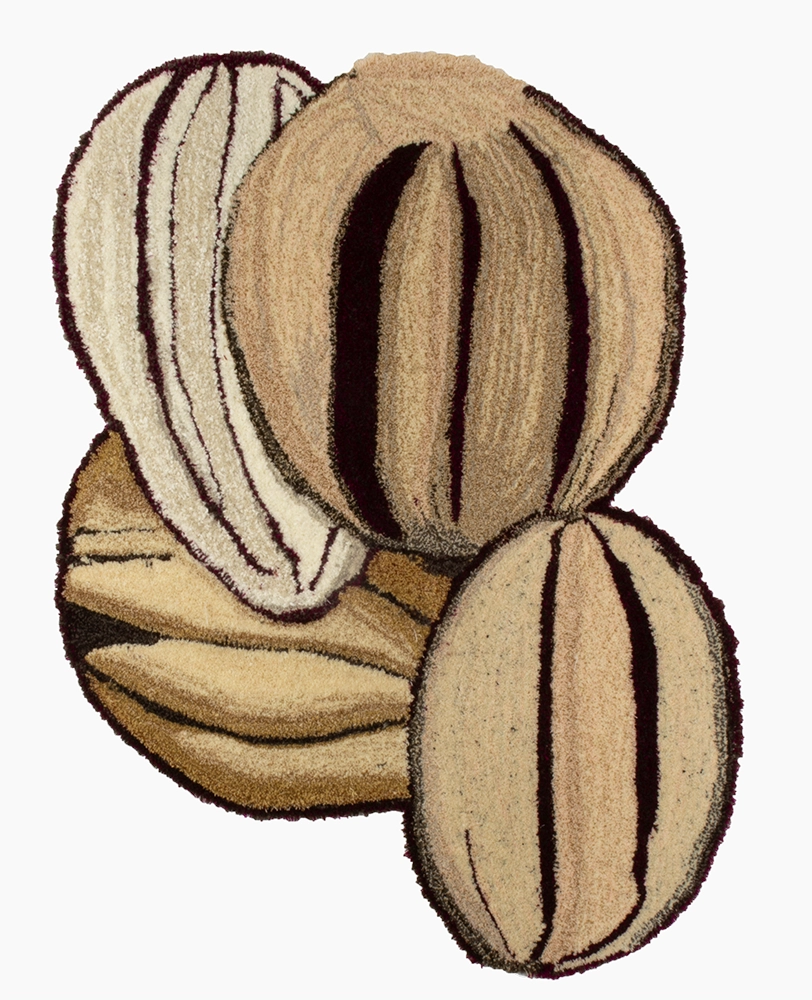
Carried by the Sage, wool, cotton, acrylic. 2025
These forms were found from tapping on sage leaves just picked from my yard. I tapped on the leaves above a microscope slide and then proceeded to view the tappings with a microscope.
Michelle Barca
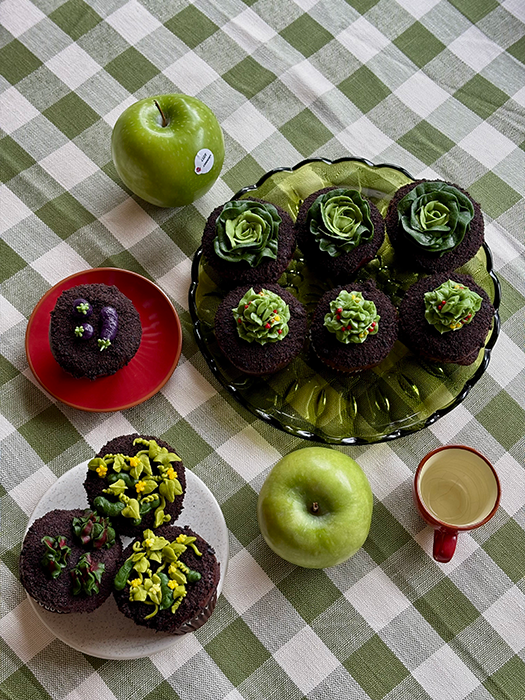
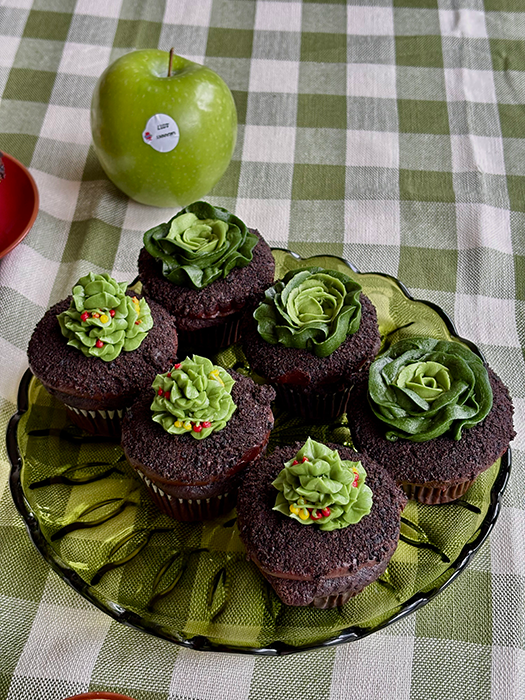
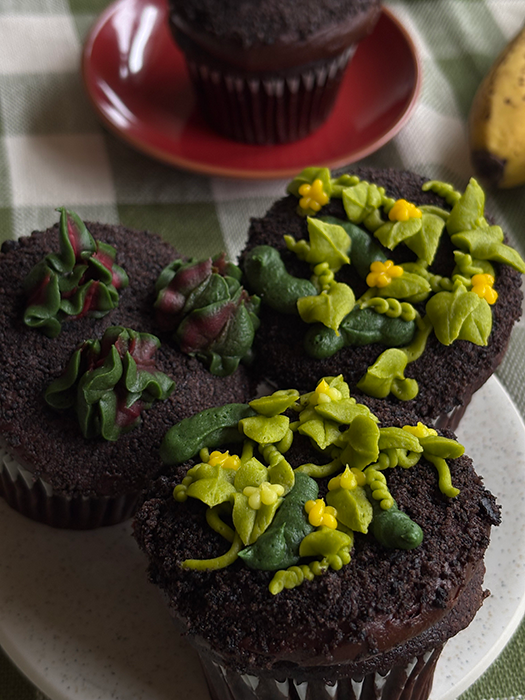
I made a batch of cupcakes to celebrate planting my grandmother's garden this year. To welcome the vegetables for the year! The Swiss chard, the cucumbers, even the eggplants that the squirrels try to steal so they end up on the ground.
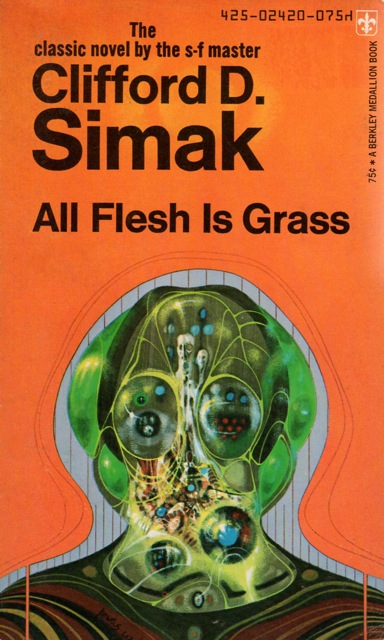
Lucia Fabio
Botanical Musings of the Last Seven Months
I feel like lifetimes have passed since the last edition of Botanical Readiness. Though an optimism began to emerge at the end of the 2024, the fires that ravaged Los Angeles in January 2025 set the stage for the uncertain and everchanging political climate we are all navigating. My indecisiveness on what to focus on for this issue has led me to reflect on the last seven months or so through the lens of nature. Plants, earth, insects, birds, fungi and the such increasingly hold a greater presence in my life. I am also becoming aware of how little control I have over the direction of my attention, and it is not a good feeling. I realized the moments where I interact with flora and fauna are the moments where I am able to disengage from the increasingly oppressive system of late-stage capitalism. By being mindful to the natural systems that I encounter every day, I am slowly regaining control over what I want to focus on, while simultaneously realizing I can't control these systems.
October
I've been taking ceramics classes off and on for the past five years, but finally it feels like I'm making objects with intentionality. Thinking about the drought in Sicily, I have been experimenting with crawl glazes that I treat like traditional Sicilian majolica. I feel like this is a place where I can experiment and play for a while.
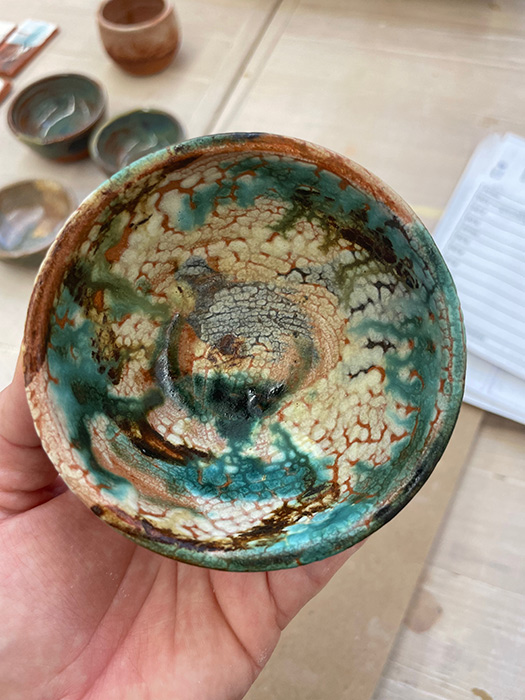
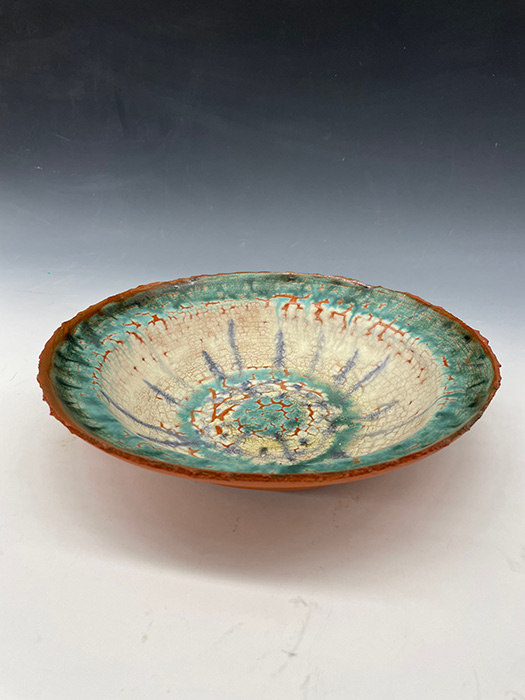
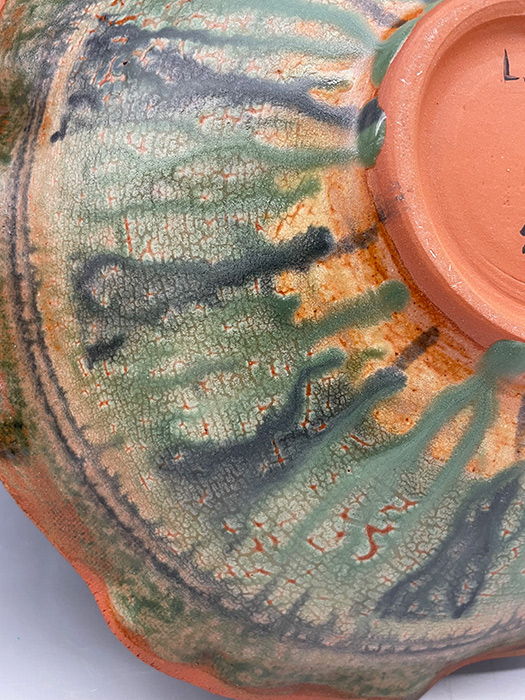
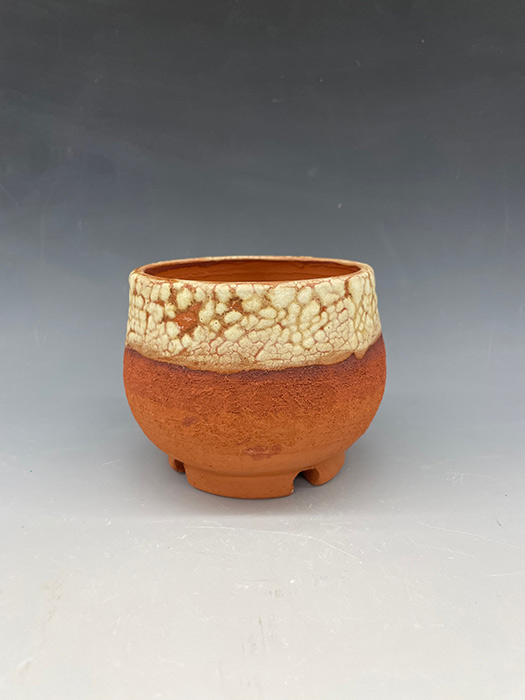
I needed a new headshot and decided the nespole (Italian for loquat) tree would be the background. Moving forward I always want to be photographed with foliage.
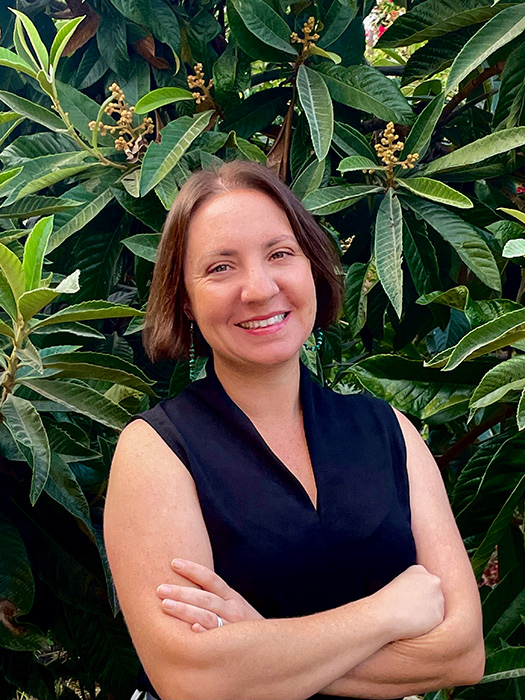
November
Leslie Labowitz Starus, in collaboration with Active Cultures, produced "Sprout Time" at the Audubon Center at Debs Park as part the exhibition Life on Earth: Art & Ecofeminism at The Brick. A beautiful morning was spent under the shade of a peppercorn tree while the elder artist led a workshop about superfoods for kids. This feels like such a radical act: multi-generational art programming. More art projects and programing should involve a multiplicity of audiences, including youth and elders. I realize how important this is to me and want to incorporate it into my practice.
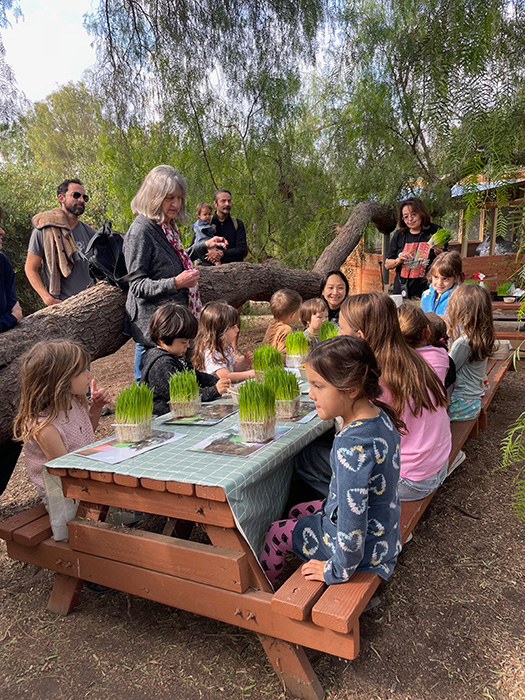
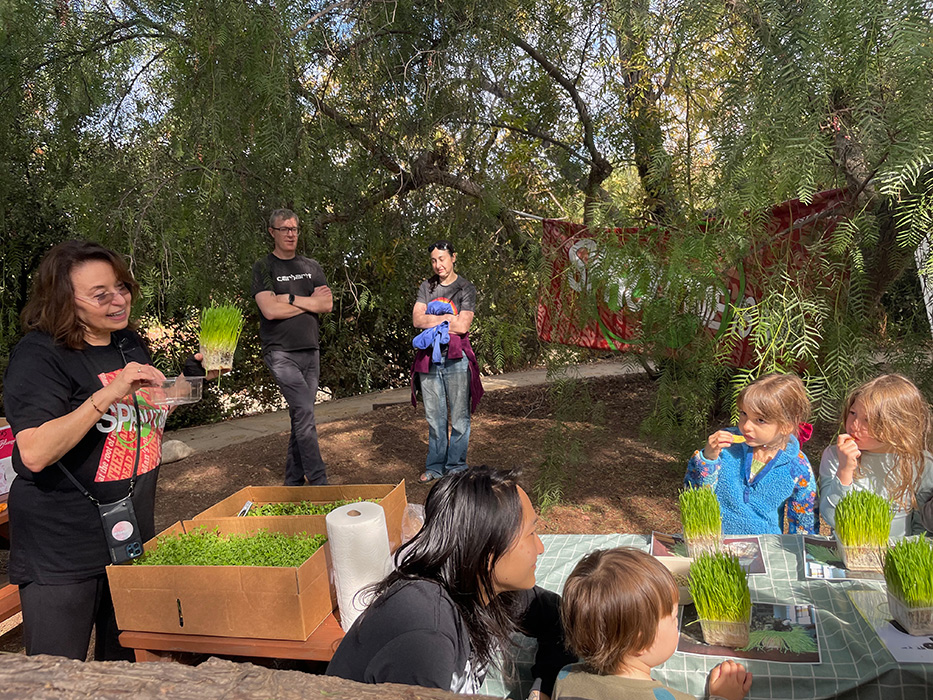
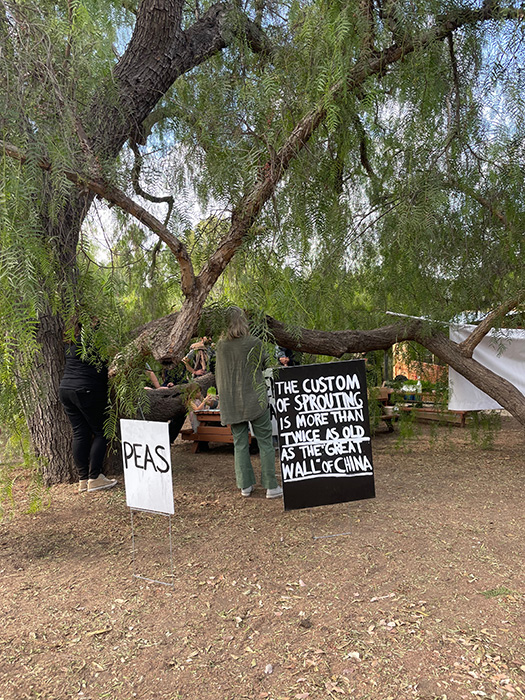
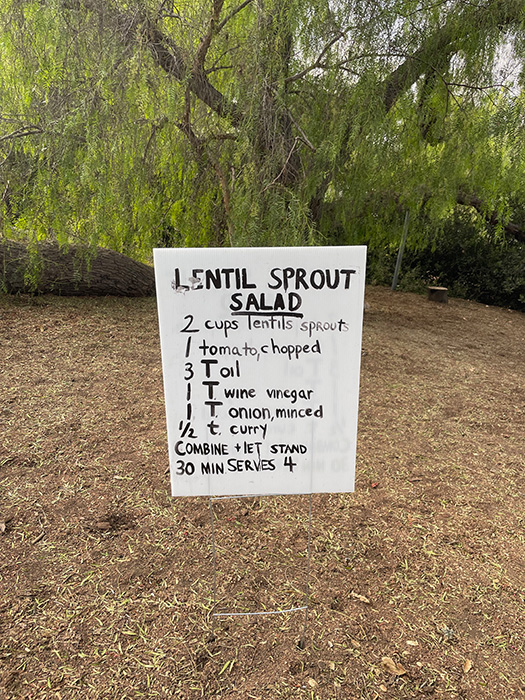
We taught a gardening workshop about trees at our daughter's preschool and brought in a sycamore tree, clippings of a loquat and a dessert willow for the kids to feel and smell. I had the children package up marigold seeds collected from the plants we had collectively planted in the spring. During the demonstration, two grasshoppers joined our group and I showed them to the children and teachers in an attempt to curb their fears about insects. Gigi managed to hold both of them simultaneously, gingerly walking them around the playground. I am profoundly grateful that she holds no fear of insects.
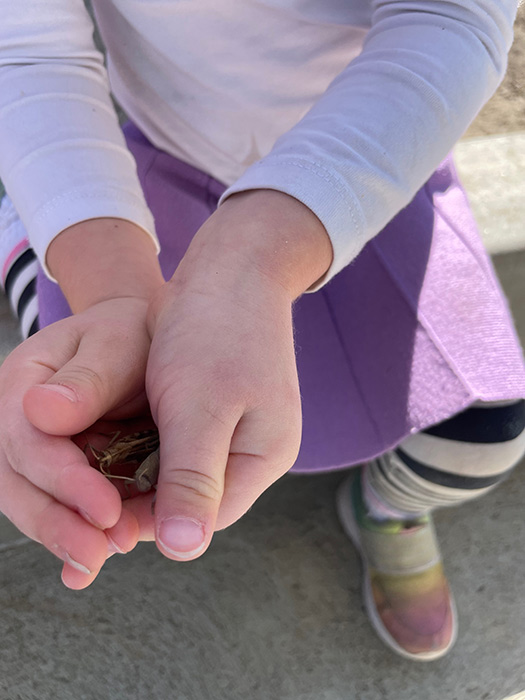
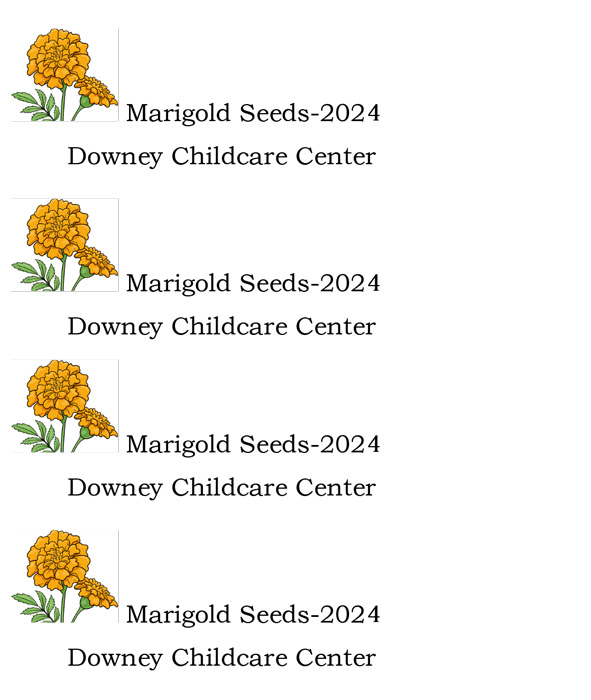
In November, Robin Wall Kimmerer released her latest book, The Serviceberry: Abundance and Reciprocity in the Natural World. I listened to it two days after its release, and have listened to it two additional times, while also buying the hard-copy version. This book has vibrated deeply in my soul. Kimmerer's Braiding Sweetgrass is already a beloved book, but The Serviceberry feels is a call for action. She writes about the service and gift economies, and how contentment is a radical act. I have come to view this book as a manifesto. Arrangiarsi is an Italian word which means "to make due" or "to get by." I think about arrangiarsi and how many don't have a choice but to go without or make due. I am practicing finding contentment and actively participating in a gift economy.

December
December was a blur. My husband, Andy, and I signed a lease to a studio space, and I turned forty. Things feel like they are changing; simultaneously coming full circle and new beginnings. Even with so much going on, I managed to drink an espresso in the backyard while enjoying the warmth of the sun. Oats decided he wanted to be on my lap and life felt good at that moment.
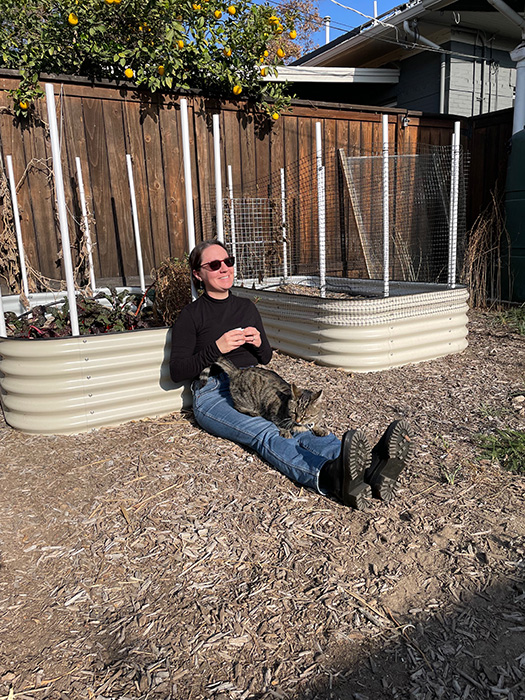
January & February
It is impossible to think about the landscape without remembering the fires that ravaged Altadena and the Palisades in Los Angeles. None of us could have imagined that such a devastating act could wipe out entire communities. Both the air and the land have been heavily saturated with heavy metals and toxic chemicals. The winds were terrifying the night prior—I was petrified and had to sleep with earplugs and tons of blankets on me just to calm down. That morning I awoke to the smell of smoke—the Altadena fire was just Northeast of us. We taped the 114-year-old windows shut to try to keep some of the smoke from entering, but it was futile. The odor passed through the wooden siding and into our home. I cannot begin to describe the weight and intensity of that air. And we were one of the lucky ones, away from the fire zone. Ash reached all corners of the greater Los Angeles area and it entered our newly painted studio, fell on our property and into our cars, as well as all over Gigi's school and playground. I ended up organizing the parents to clean up the outdoor space since the city was short staffed. The clean-up and mitigation felt futile as ash continued to fall and be blown in from other areas.
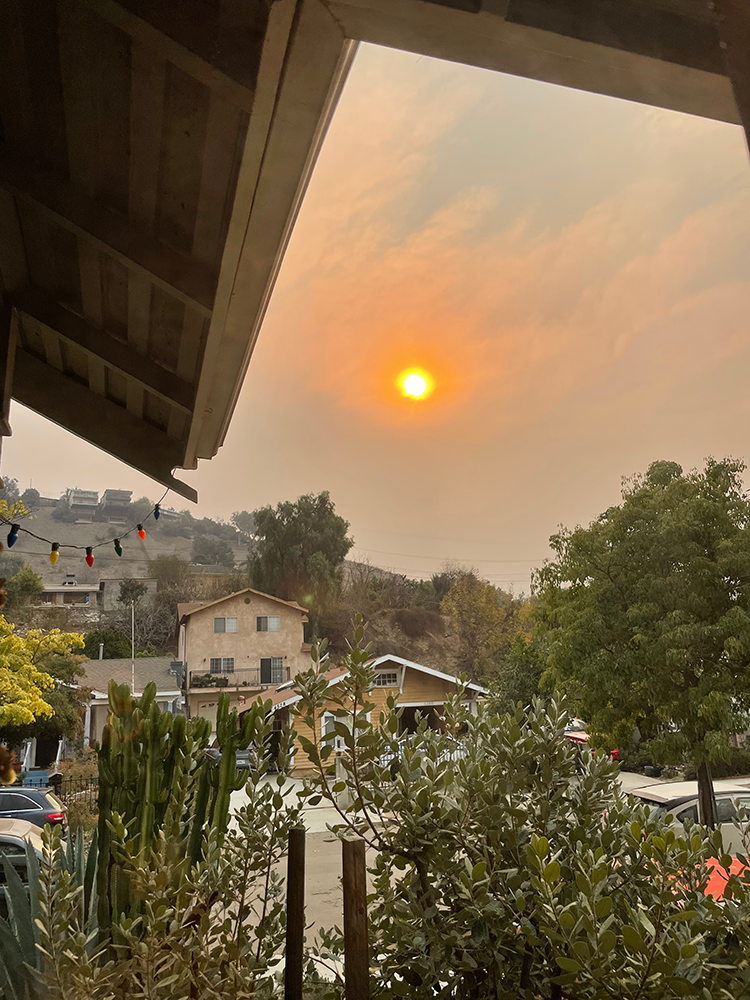
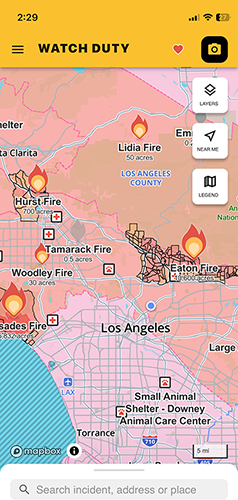

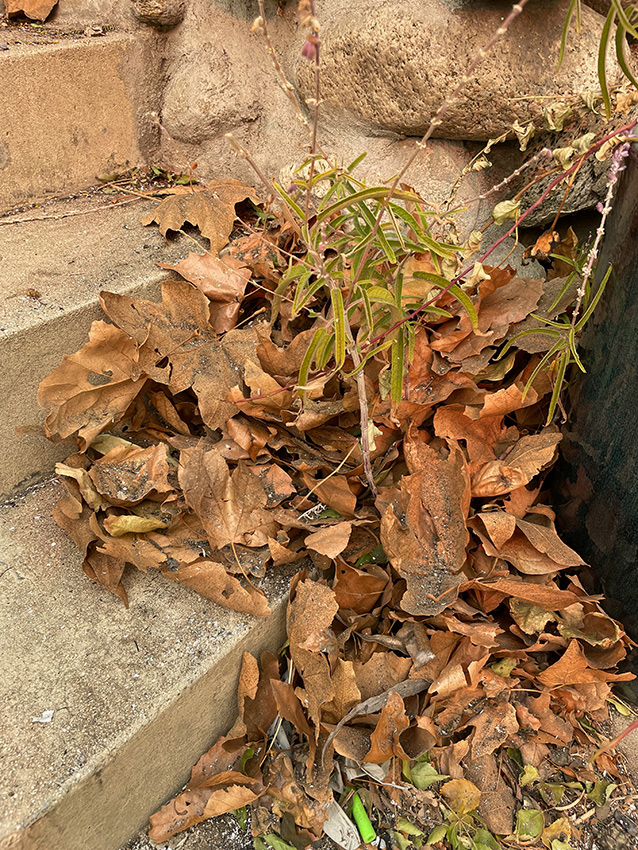
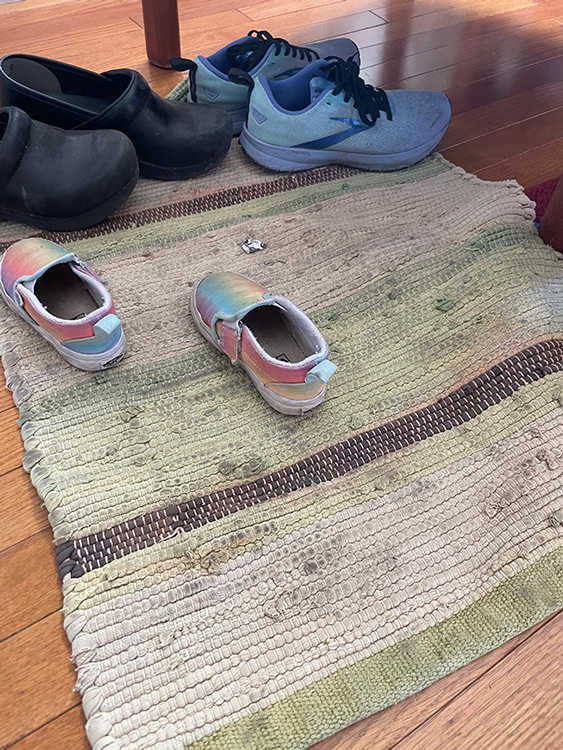
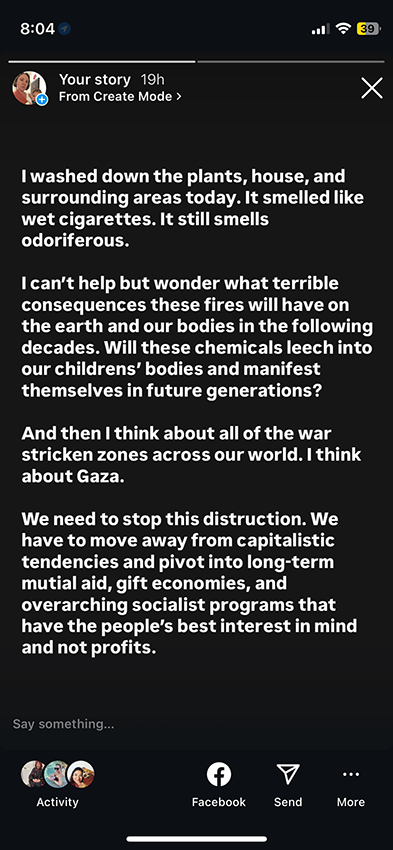
EC Brown

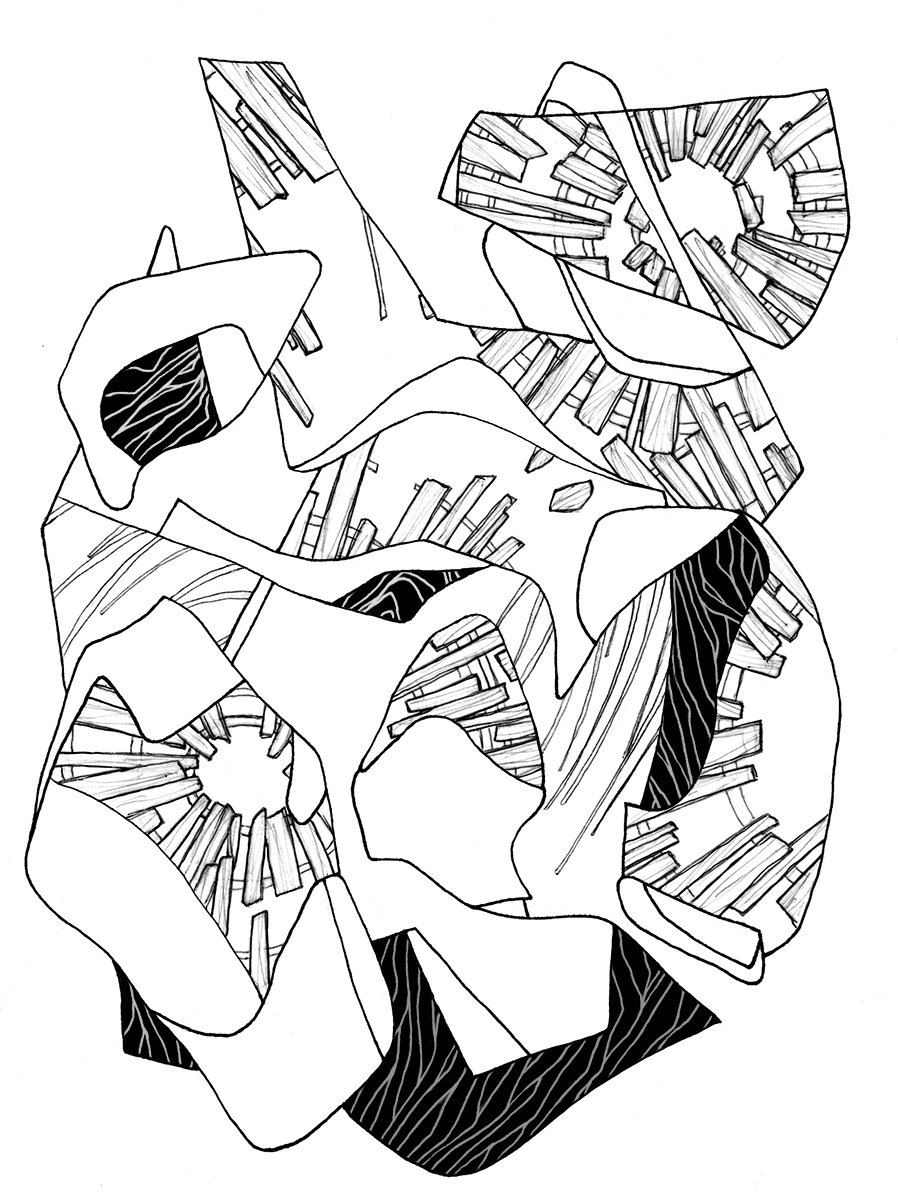

Concept maps for the Delia Memorial Garden

Jamie Kreher
